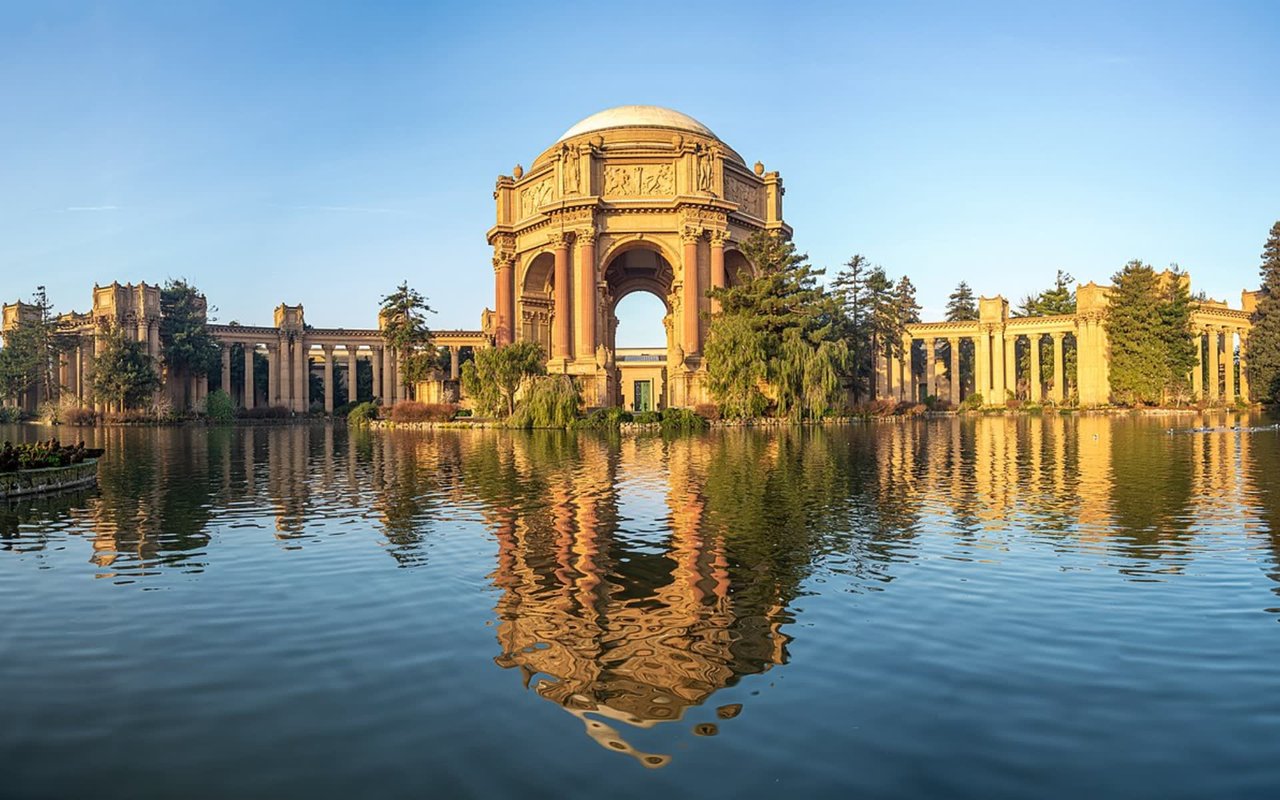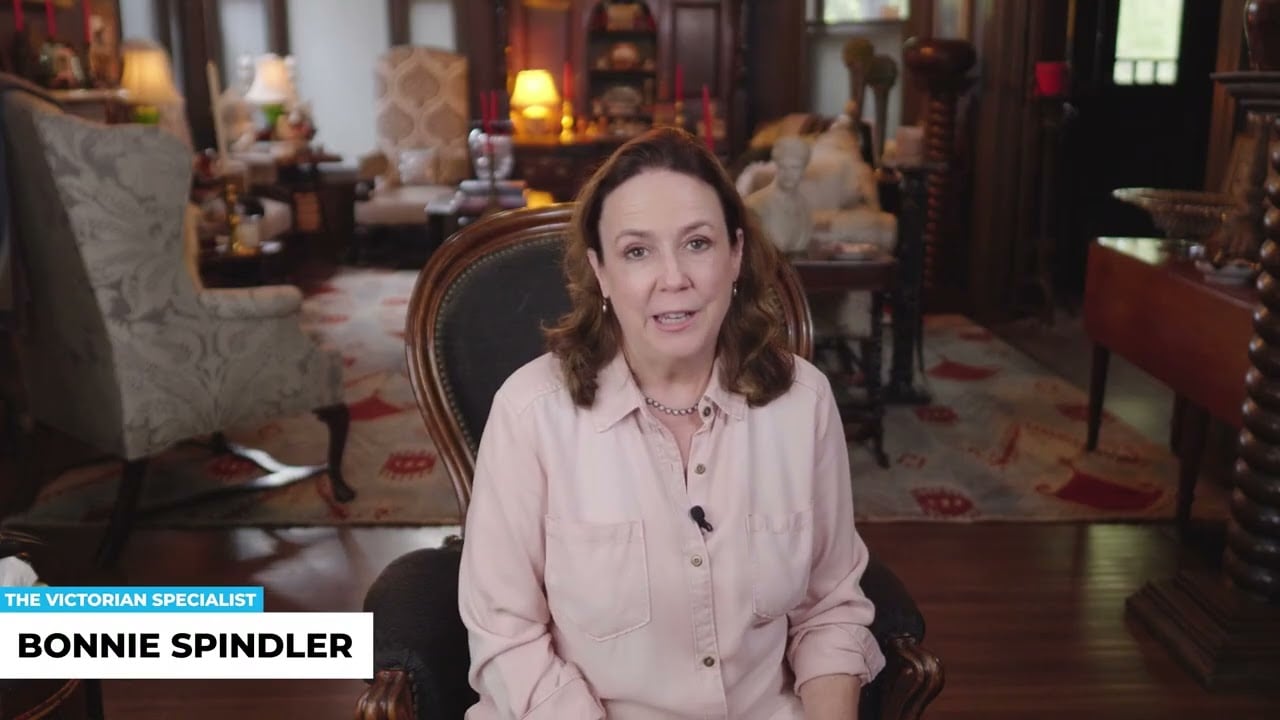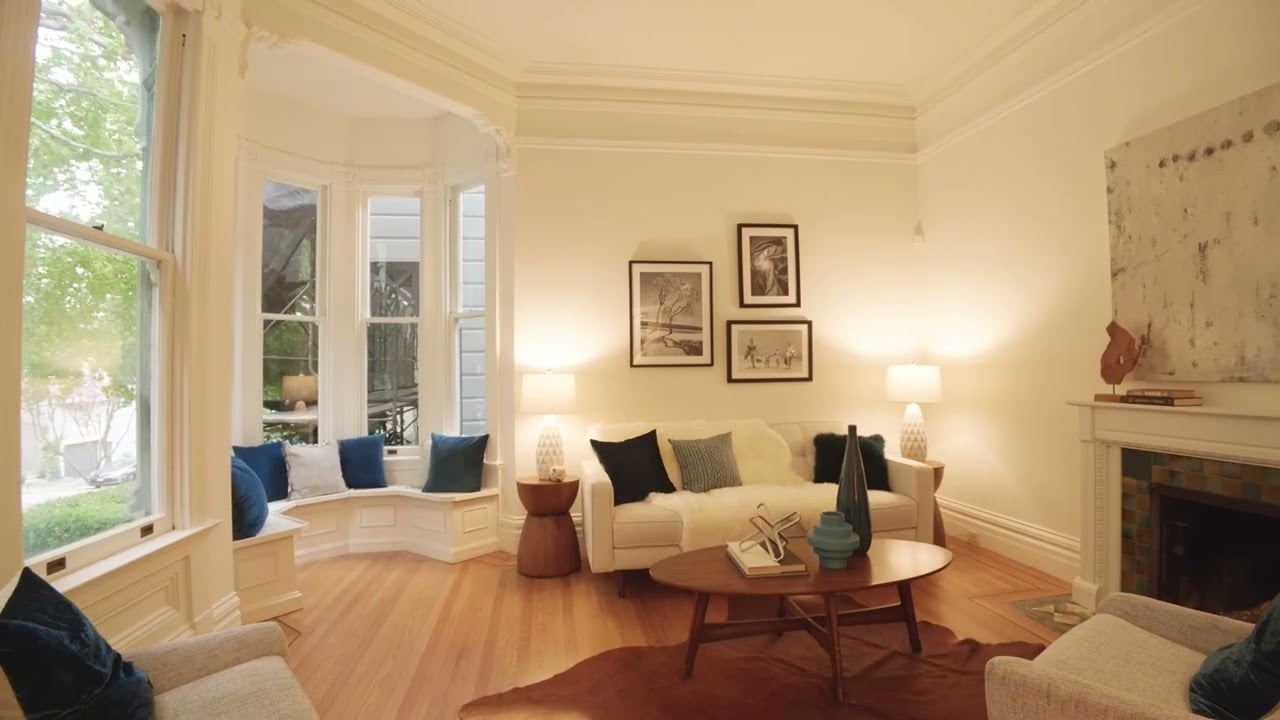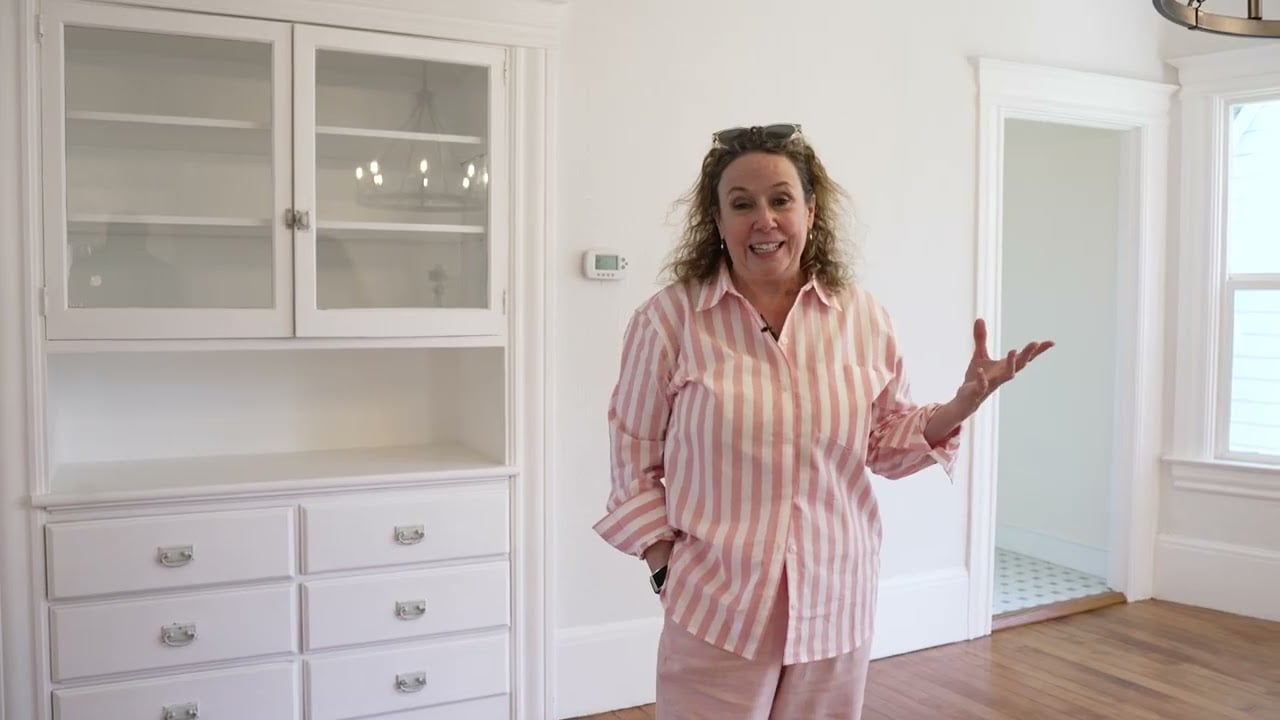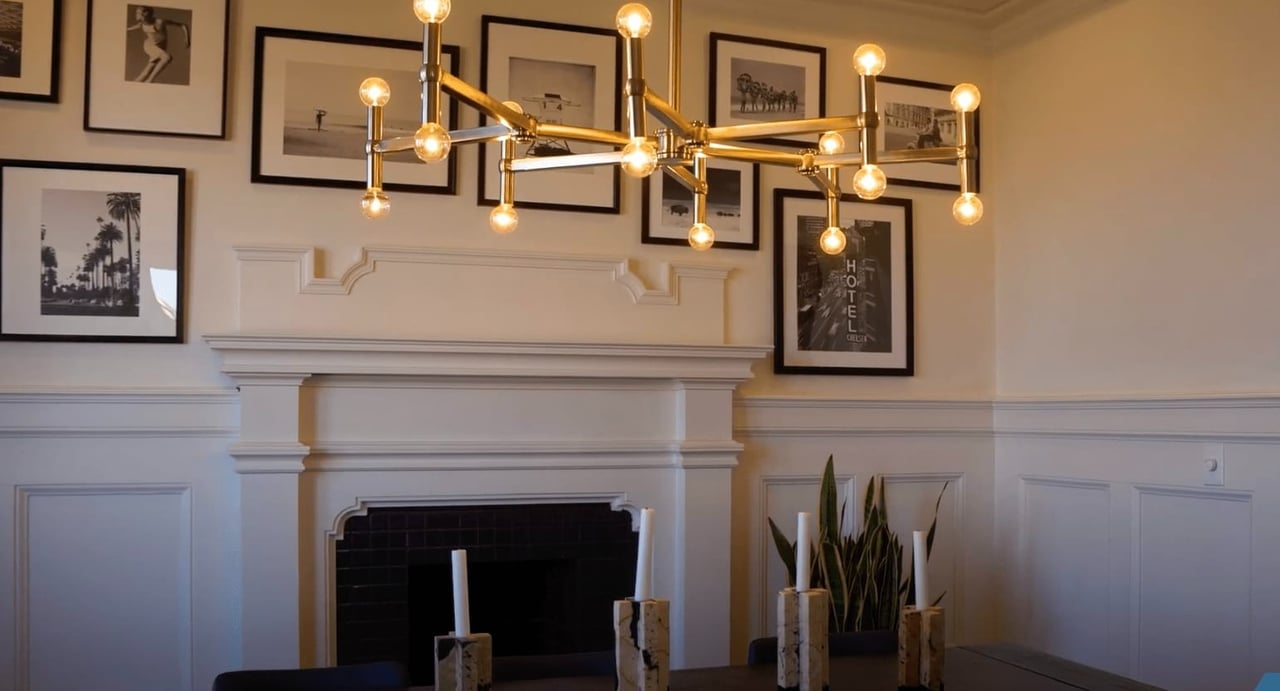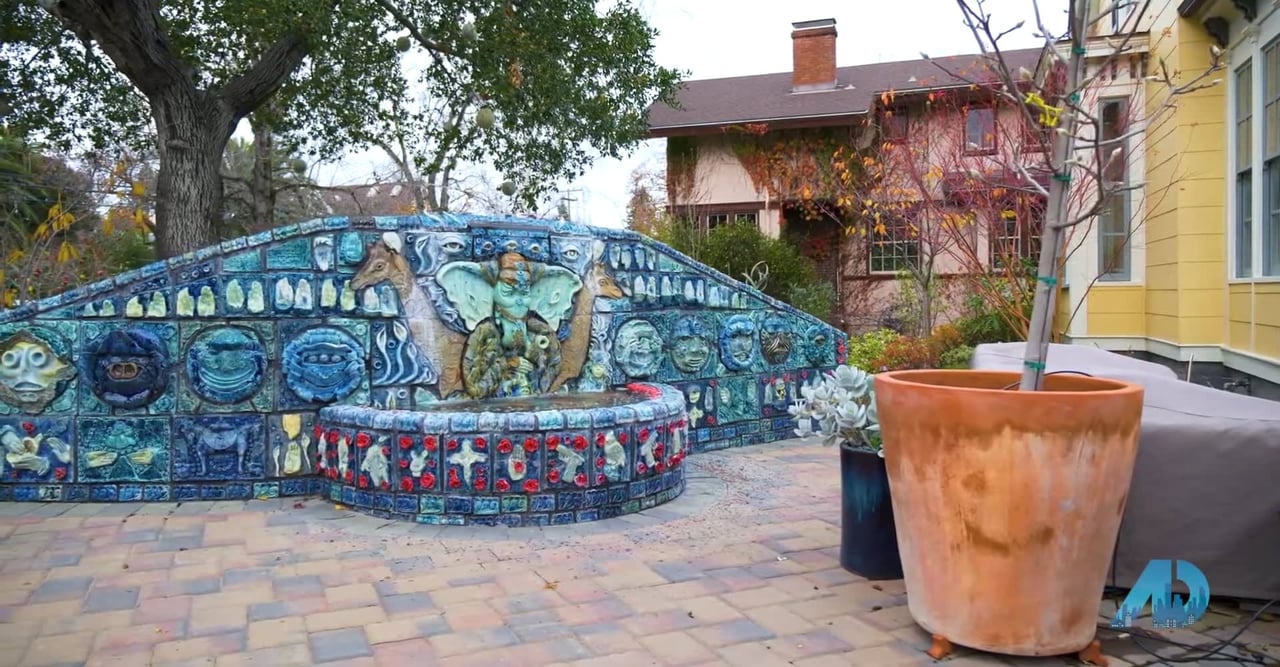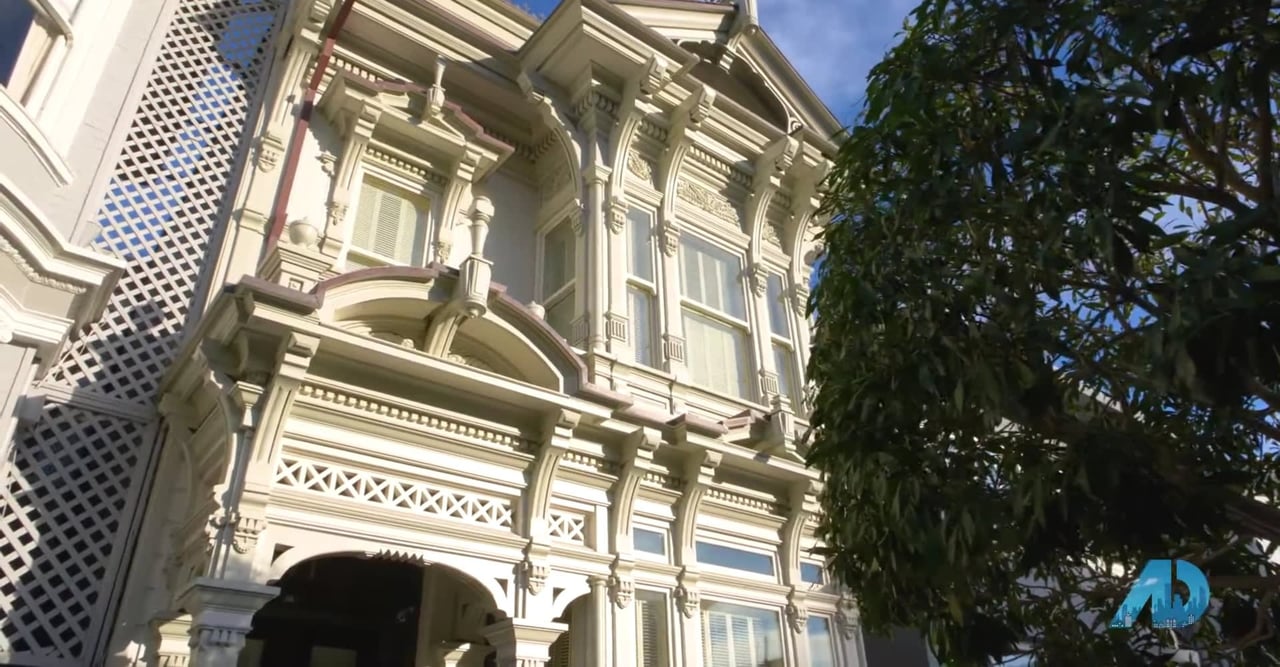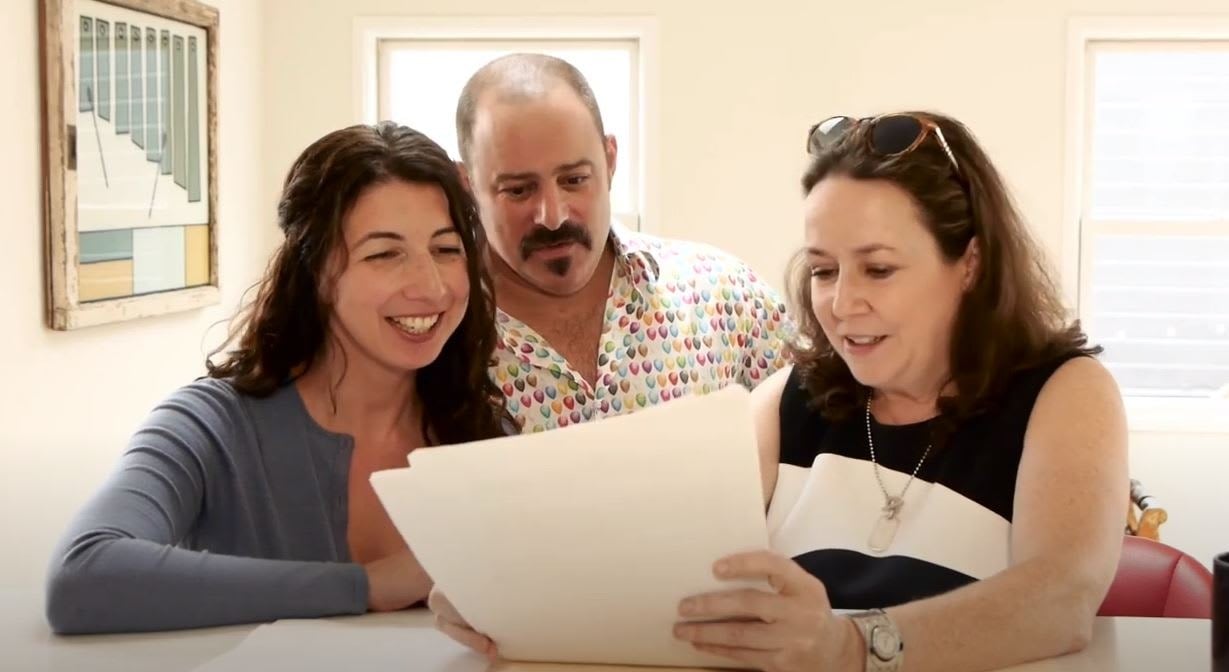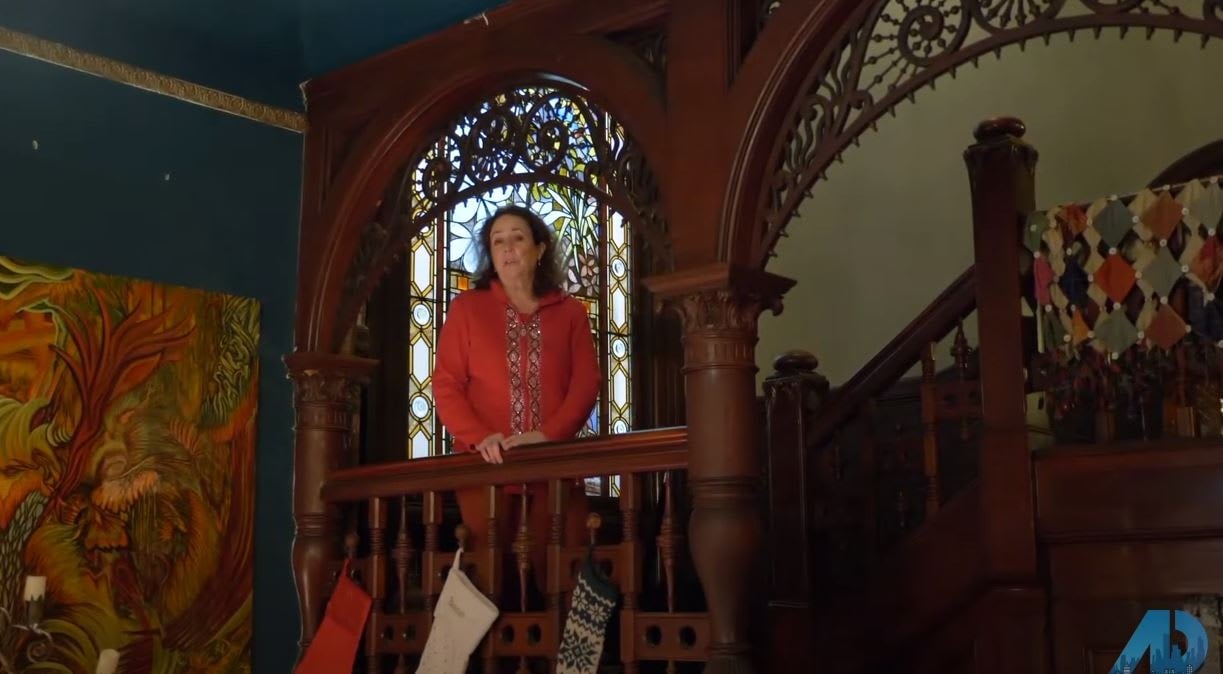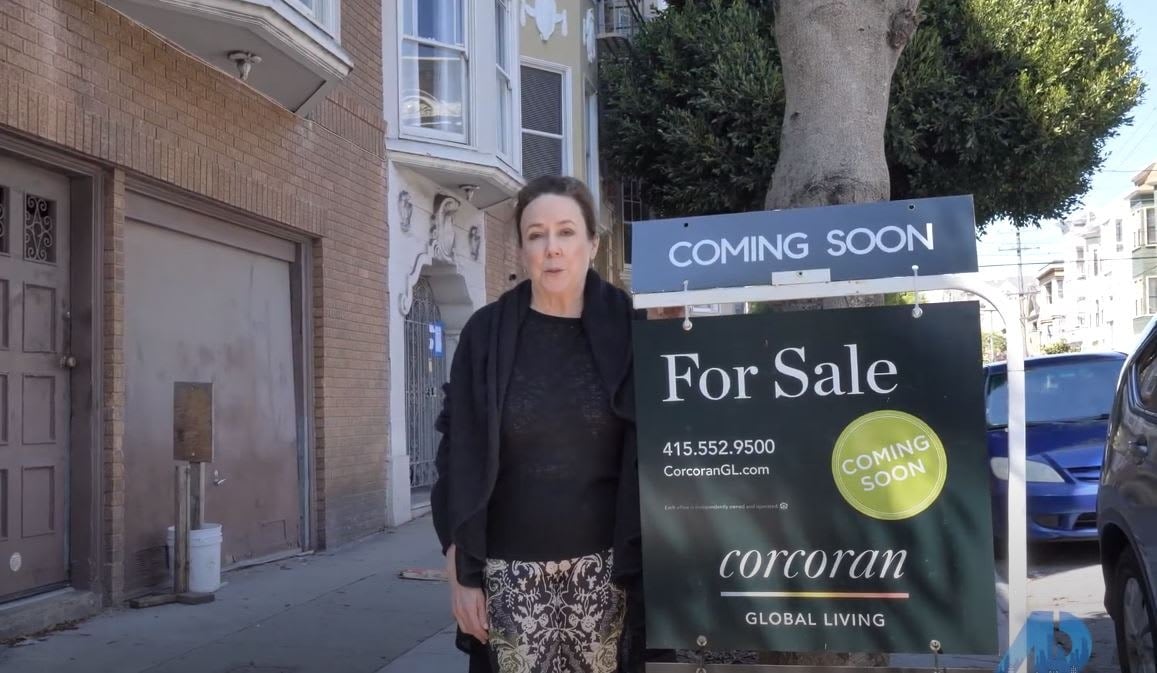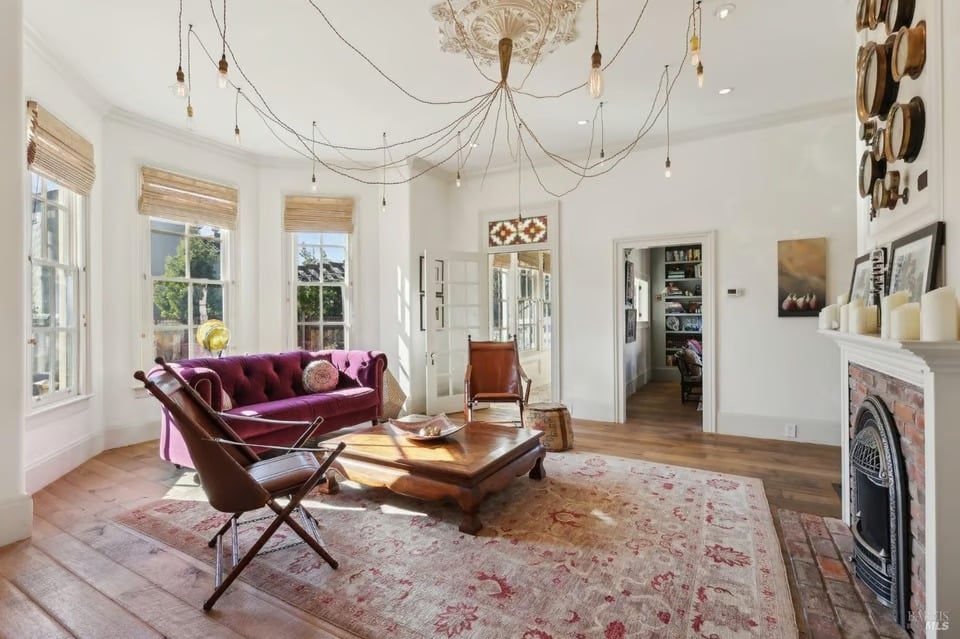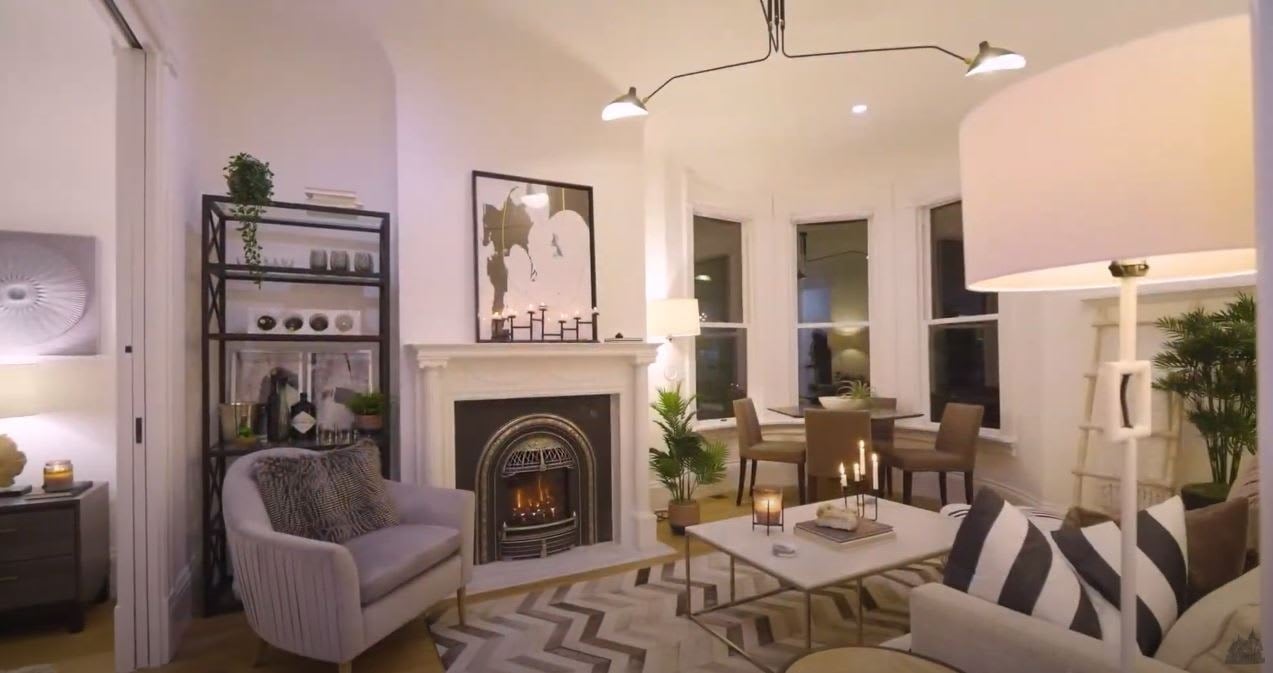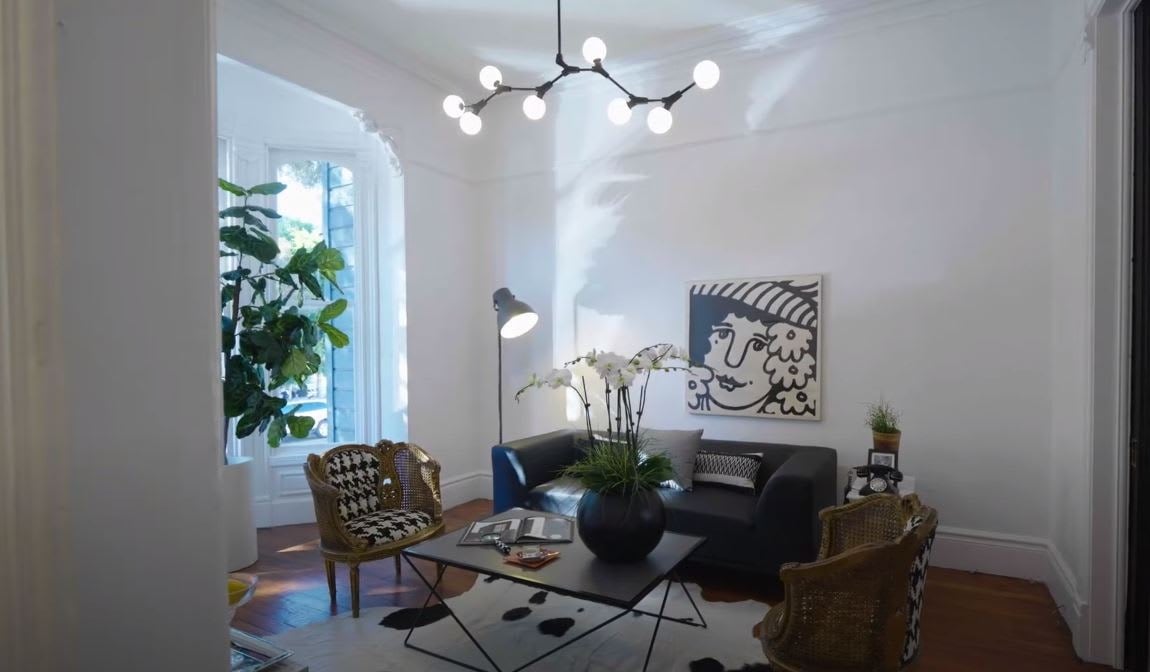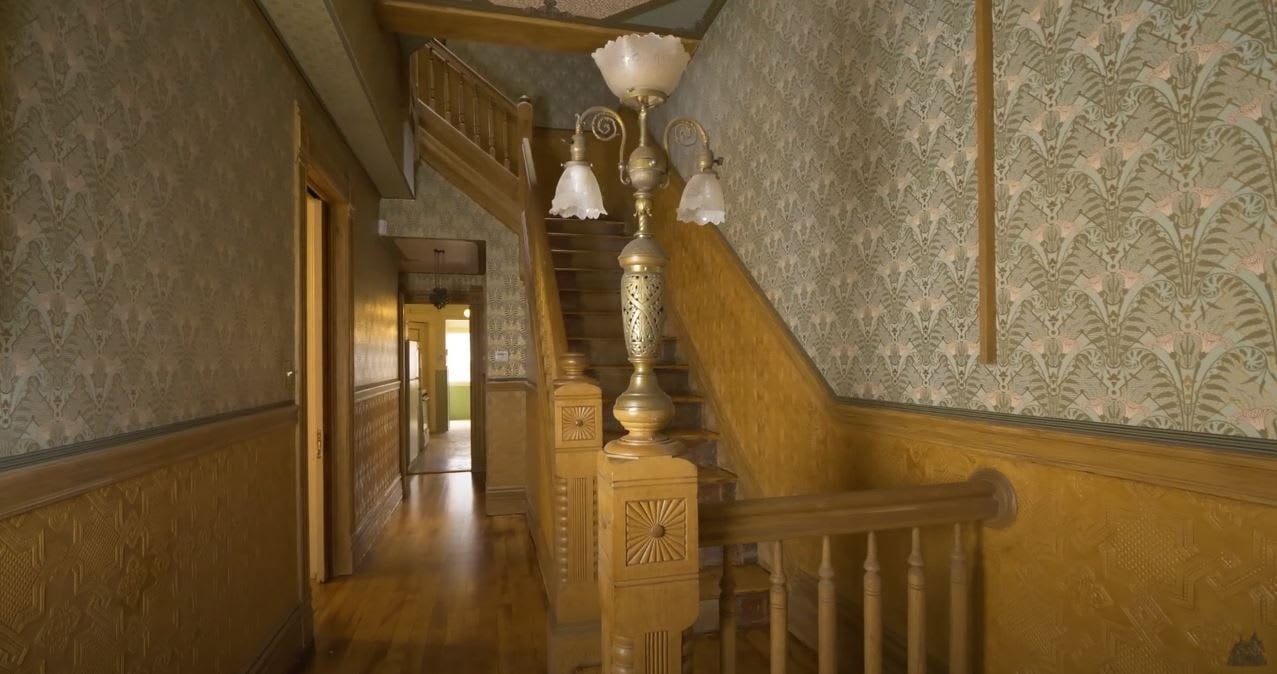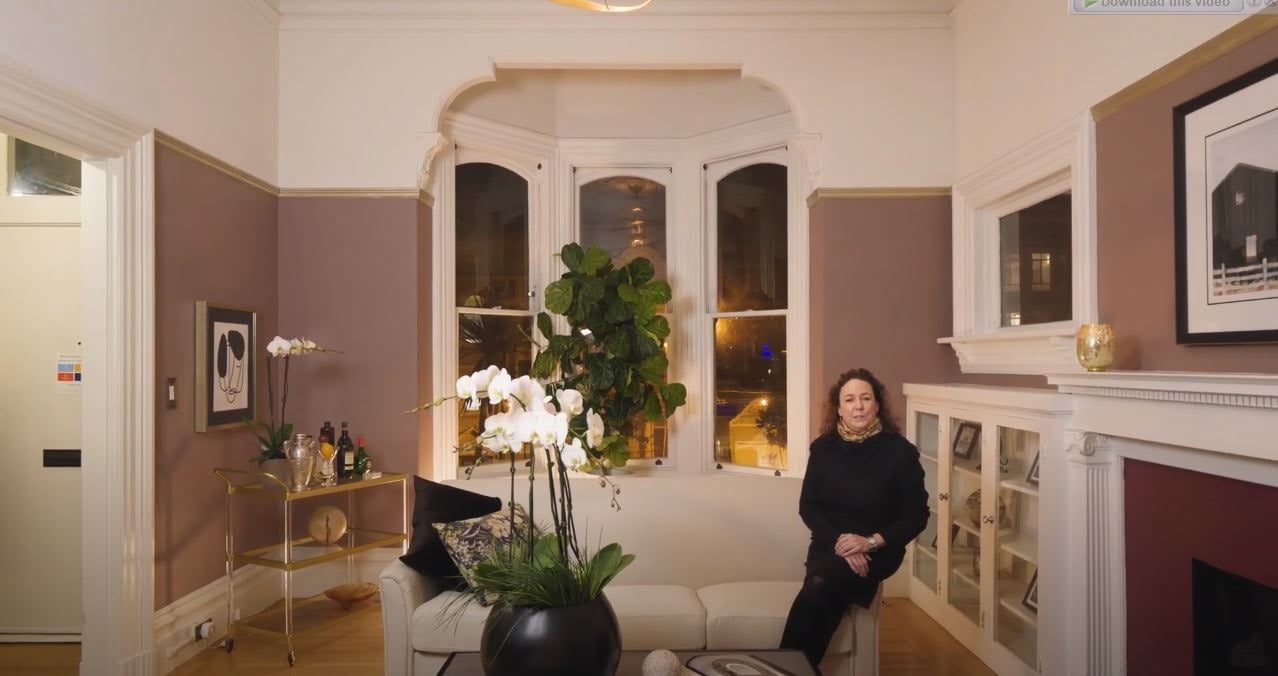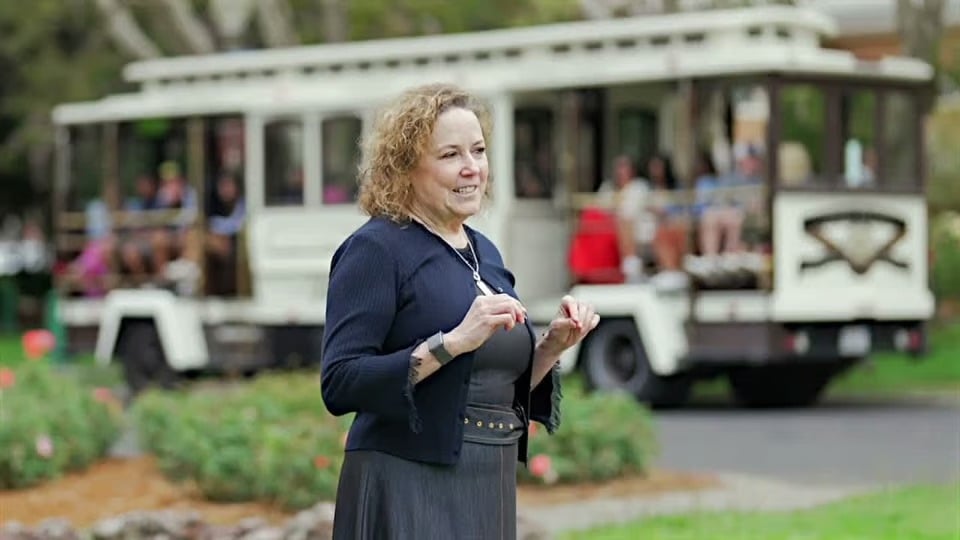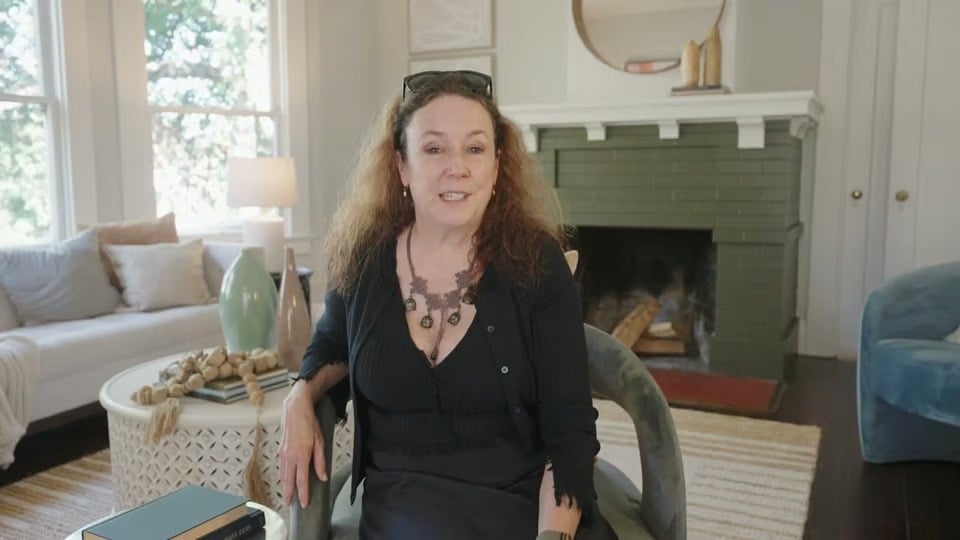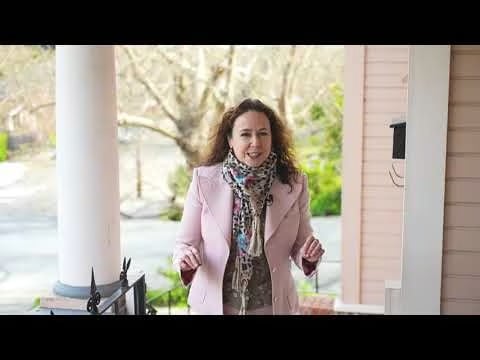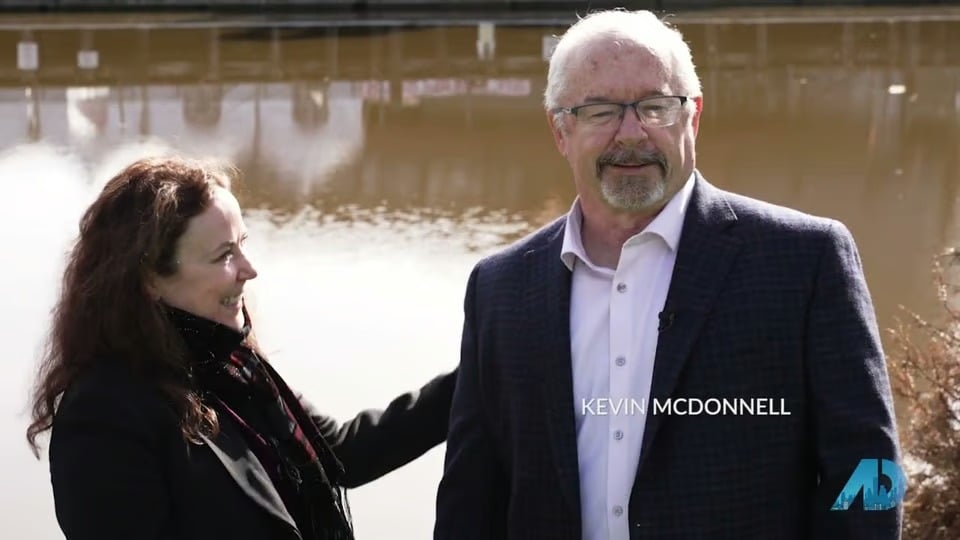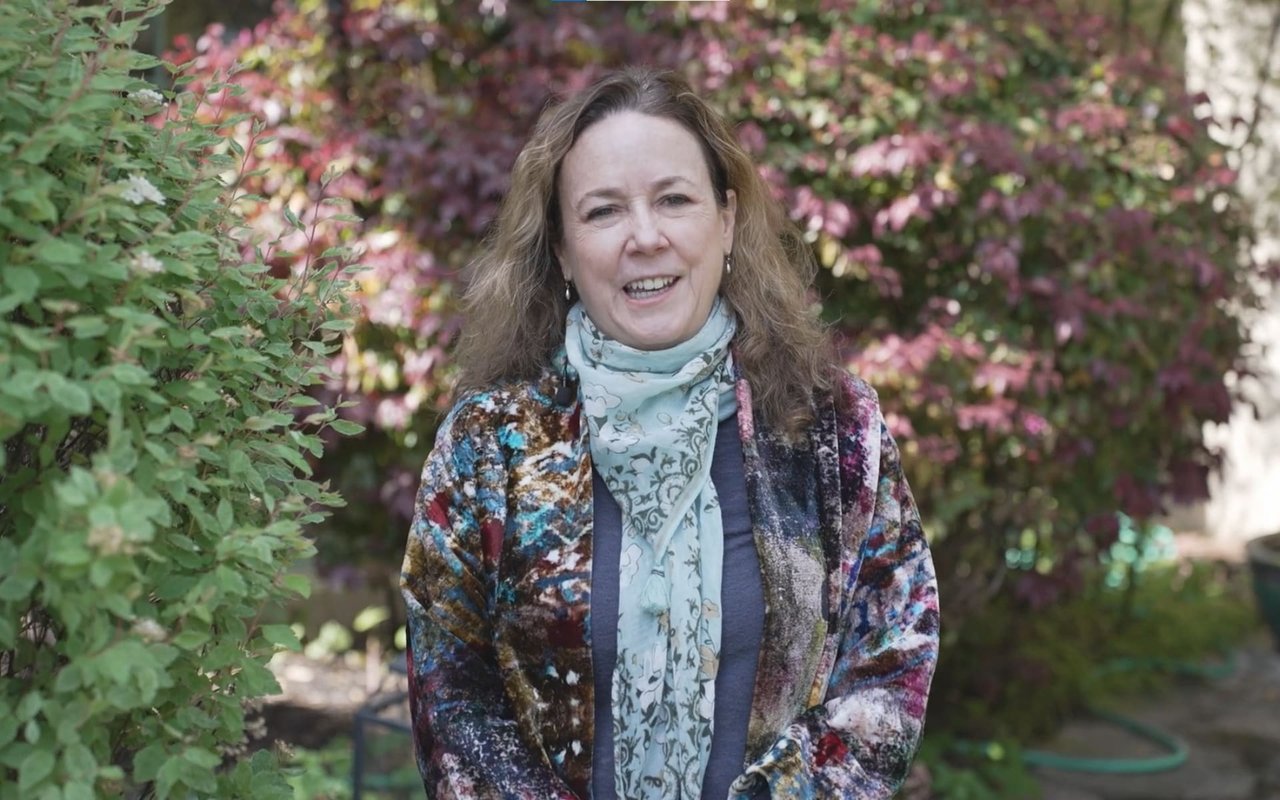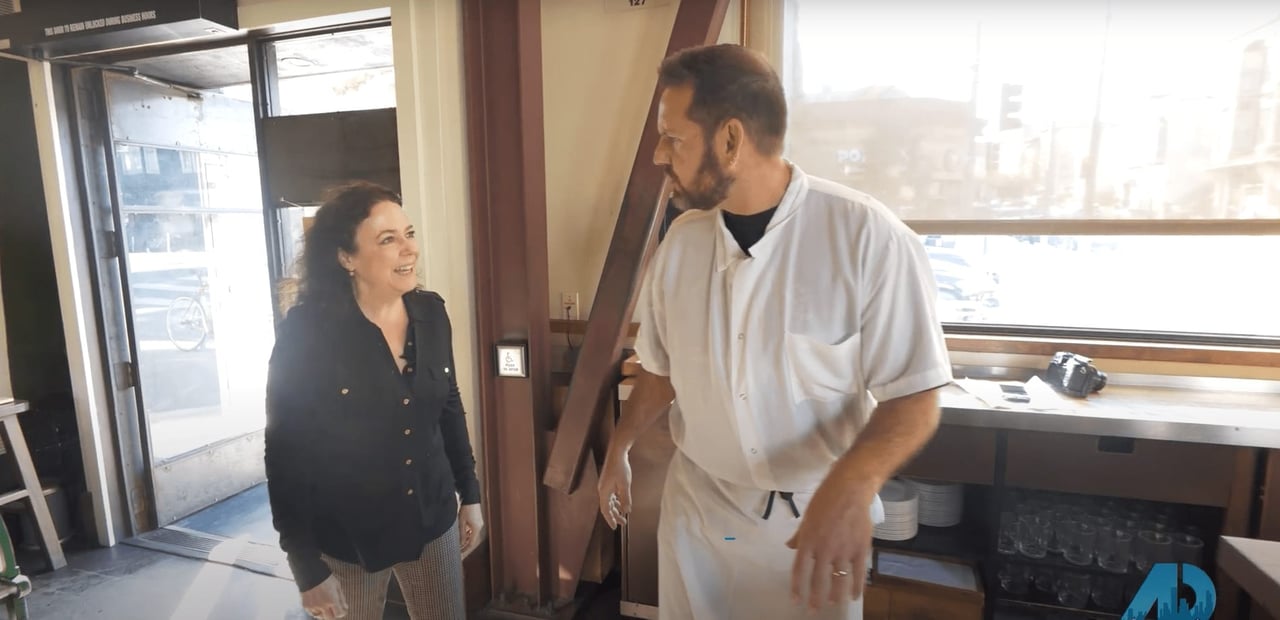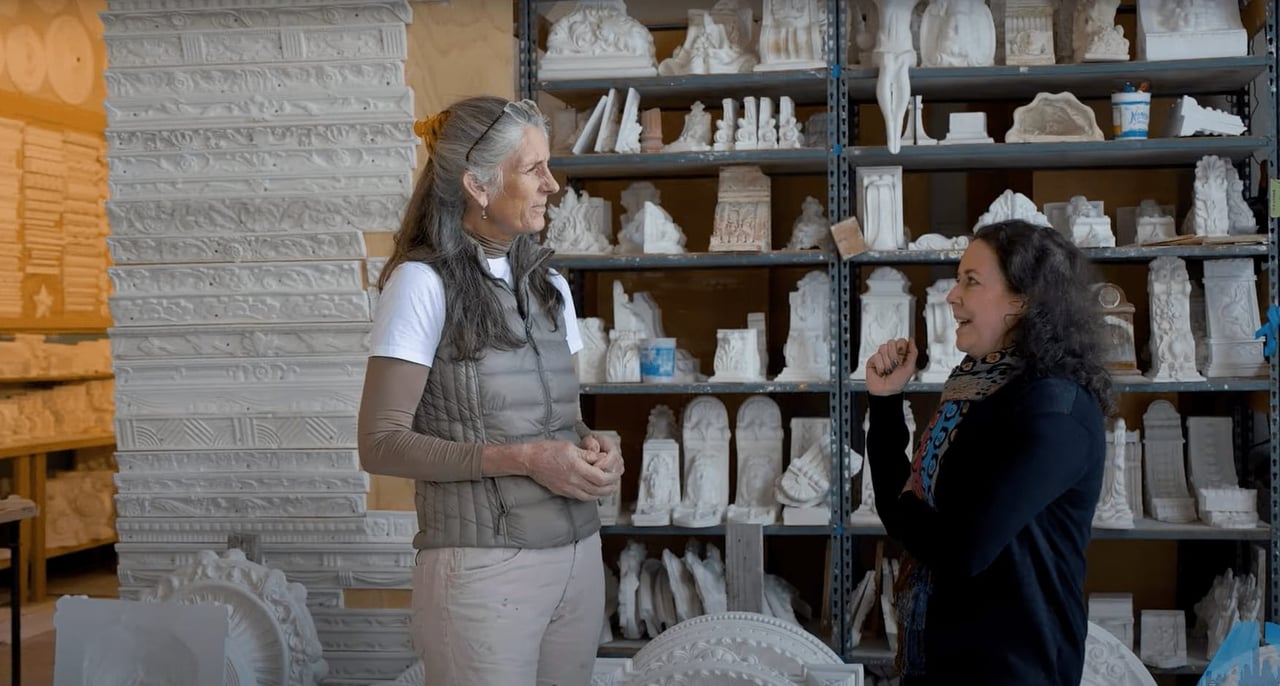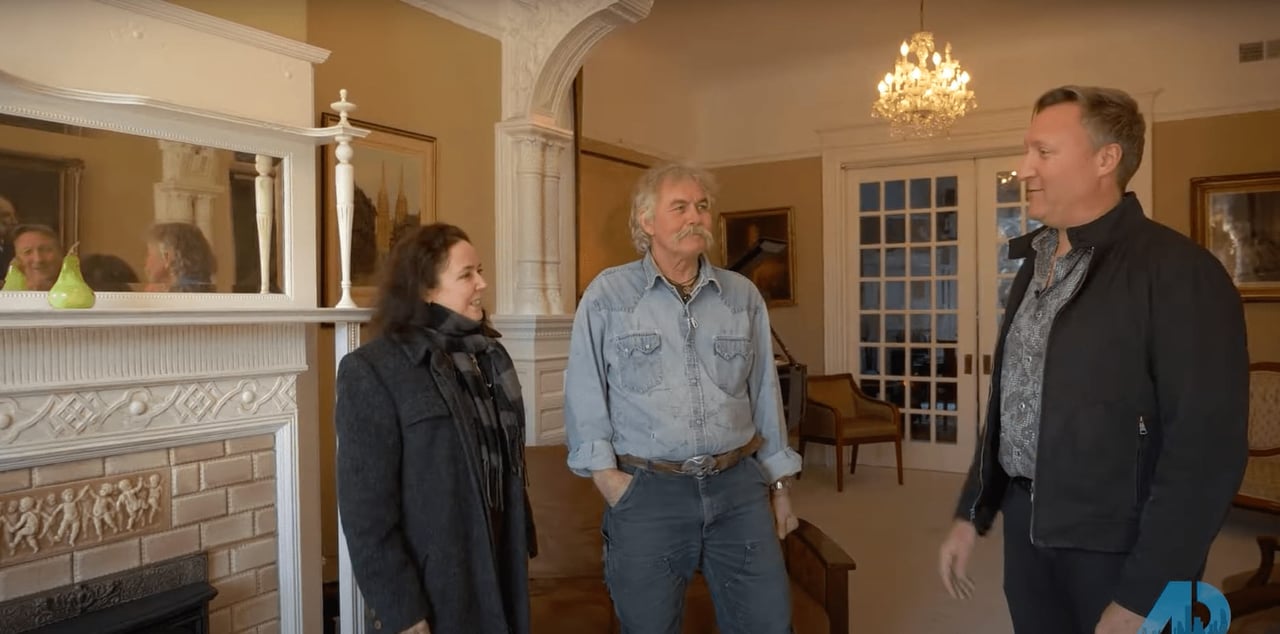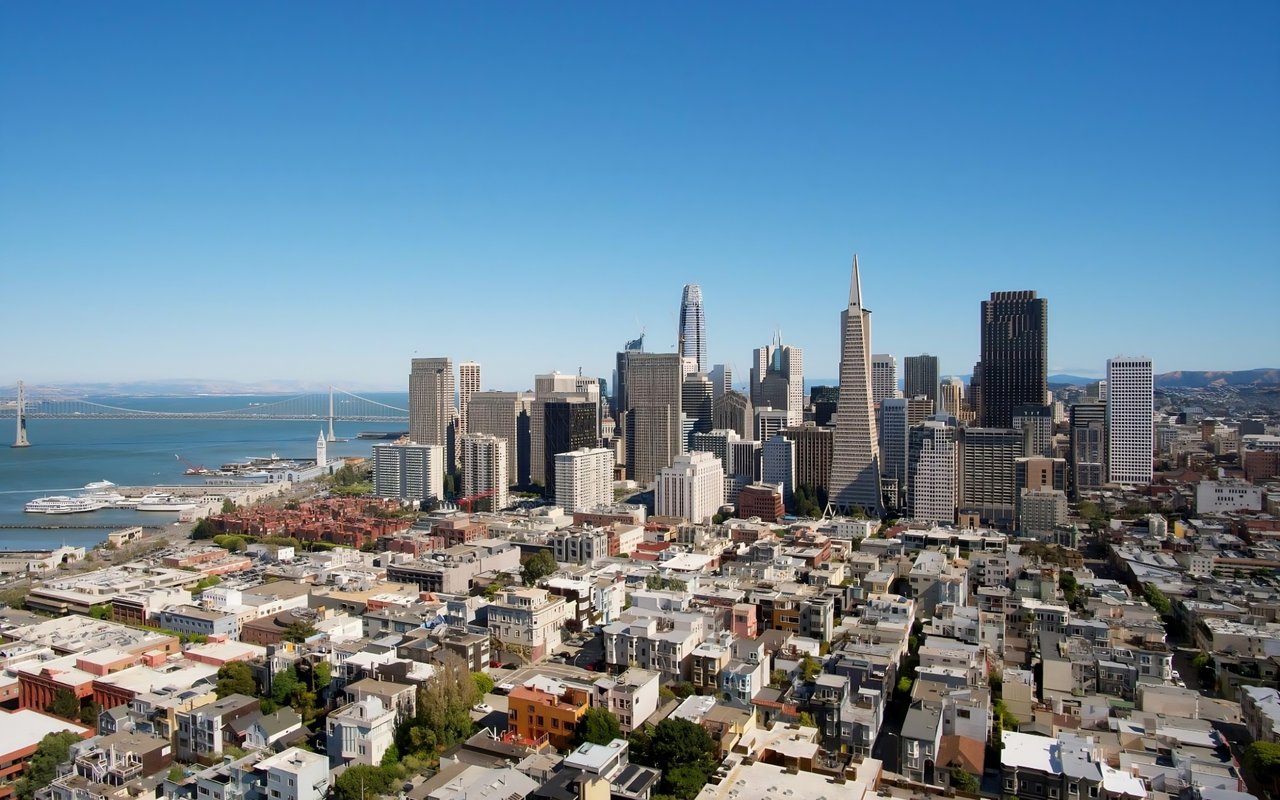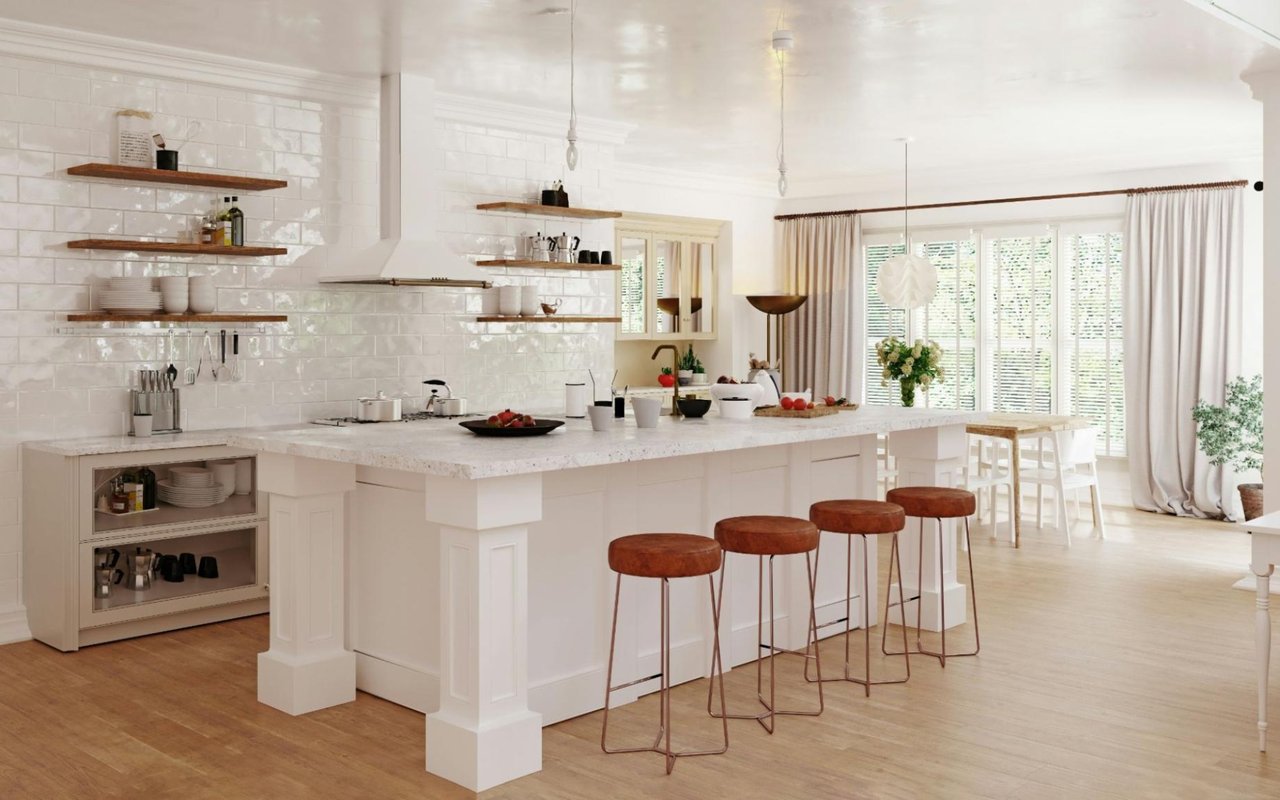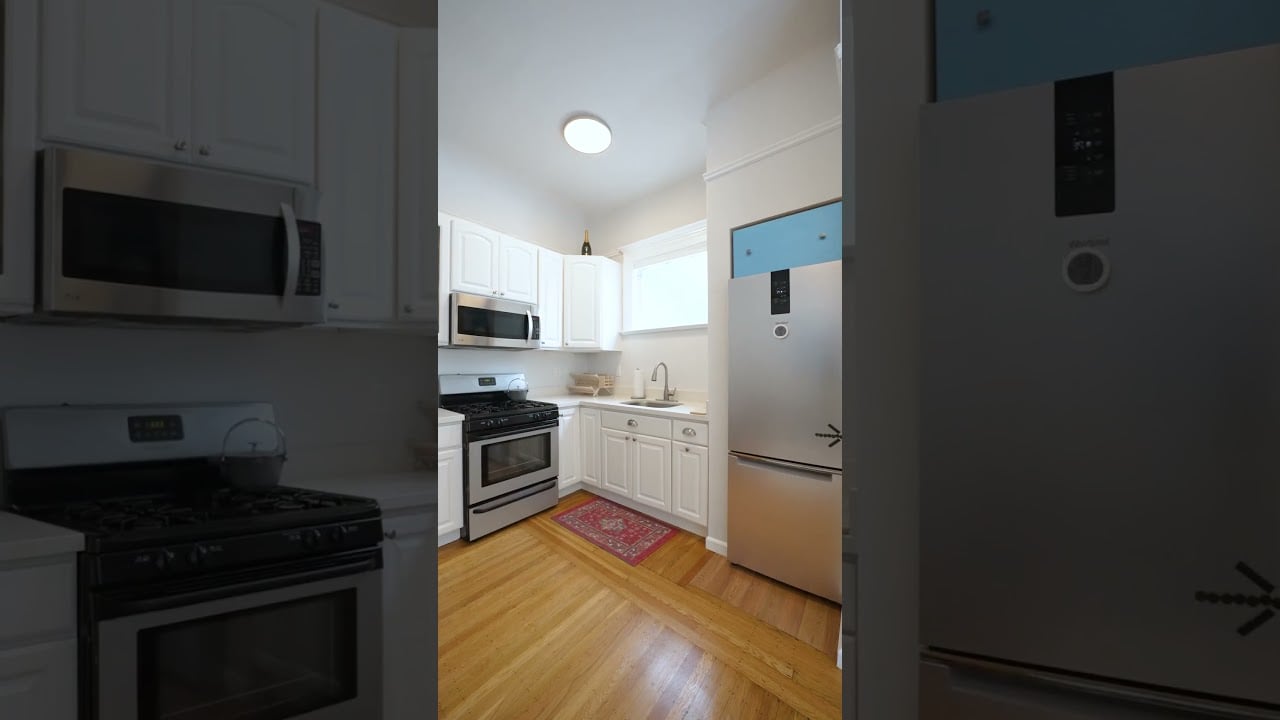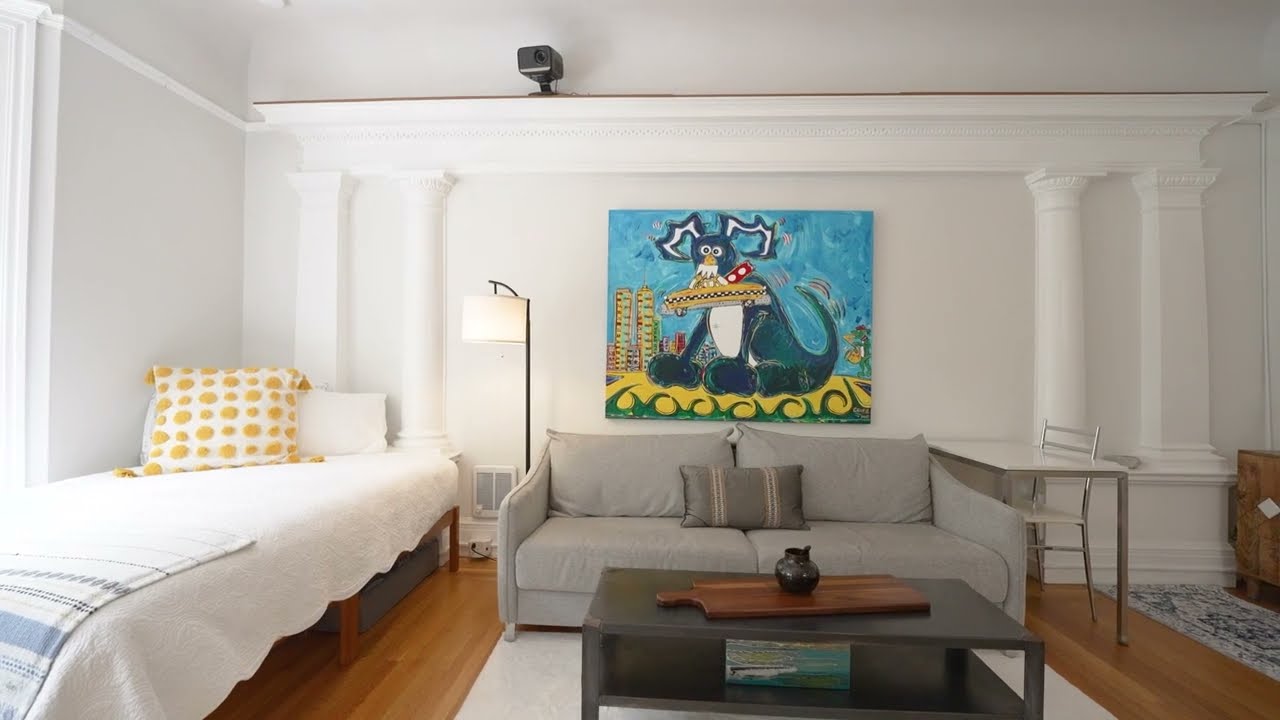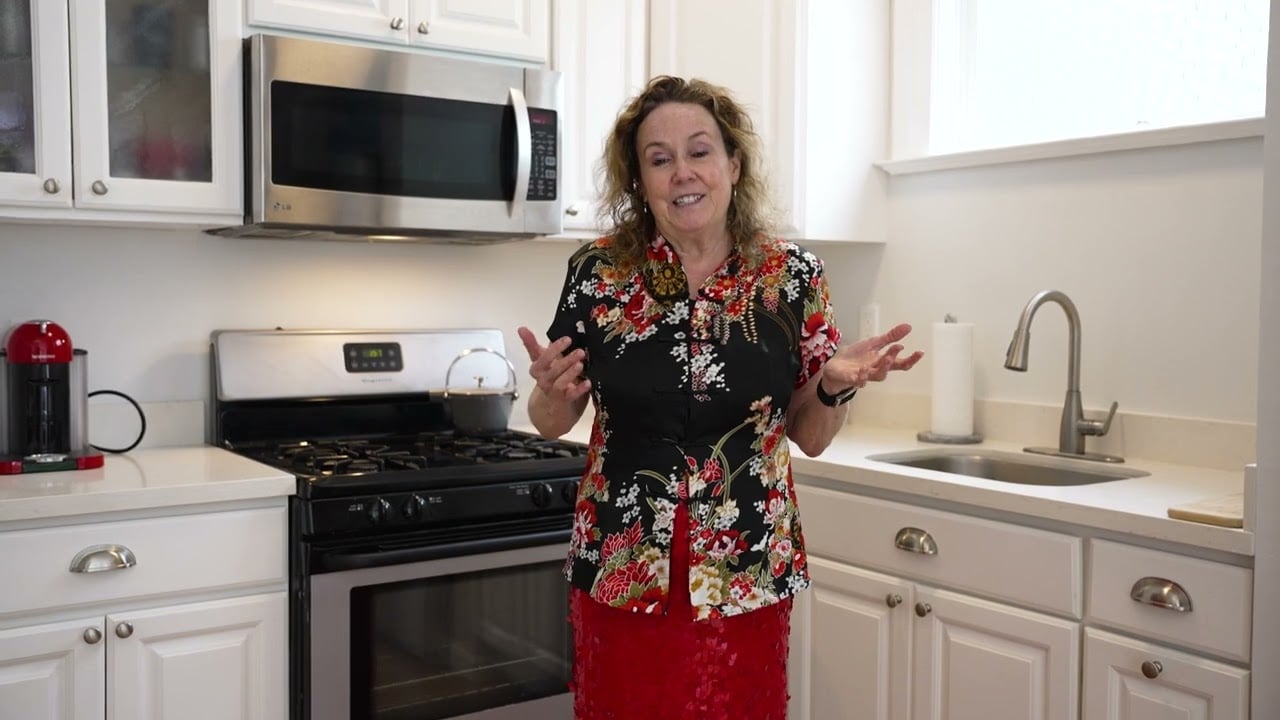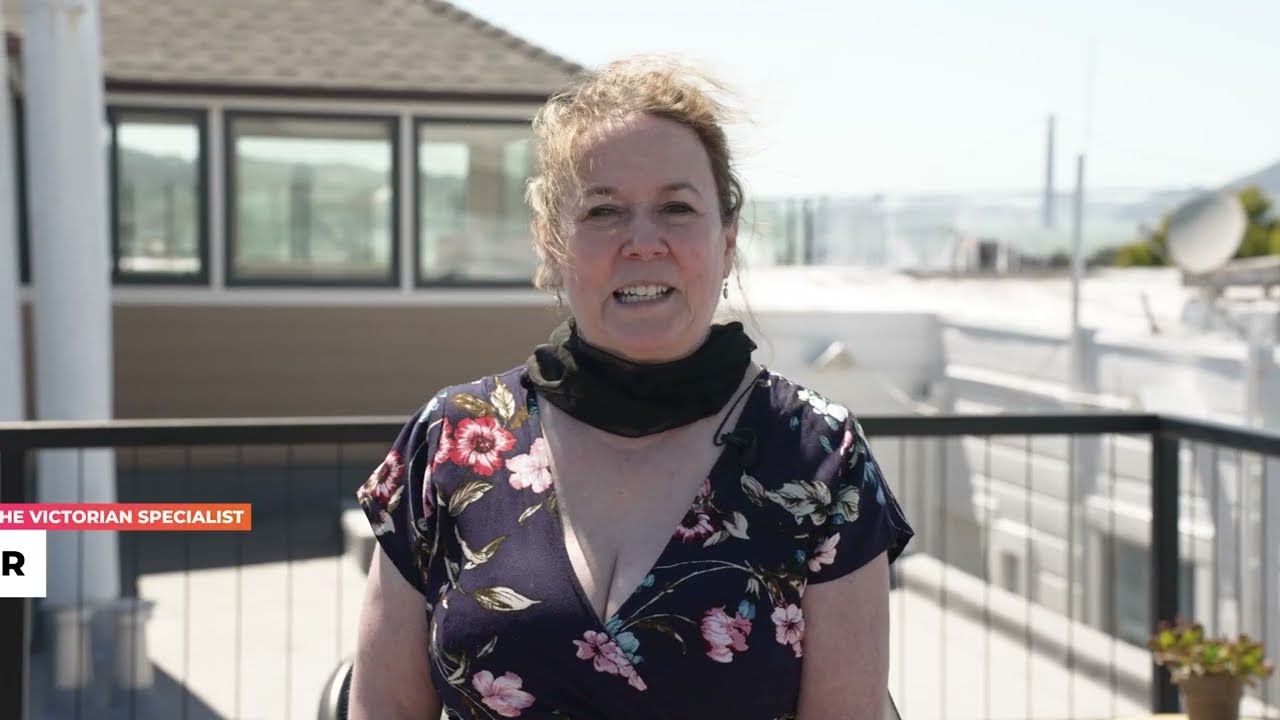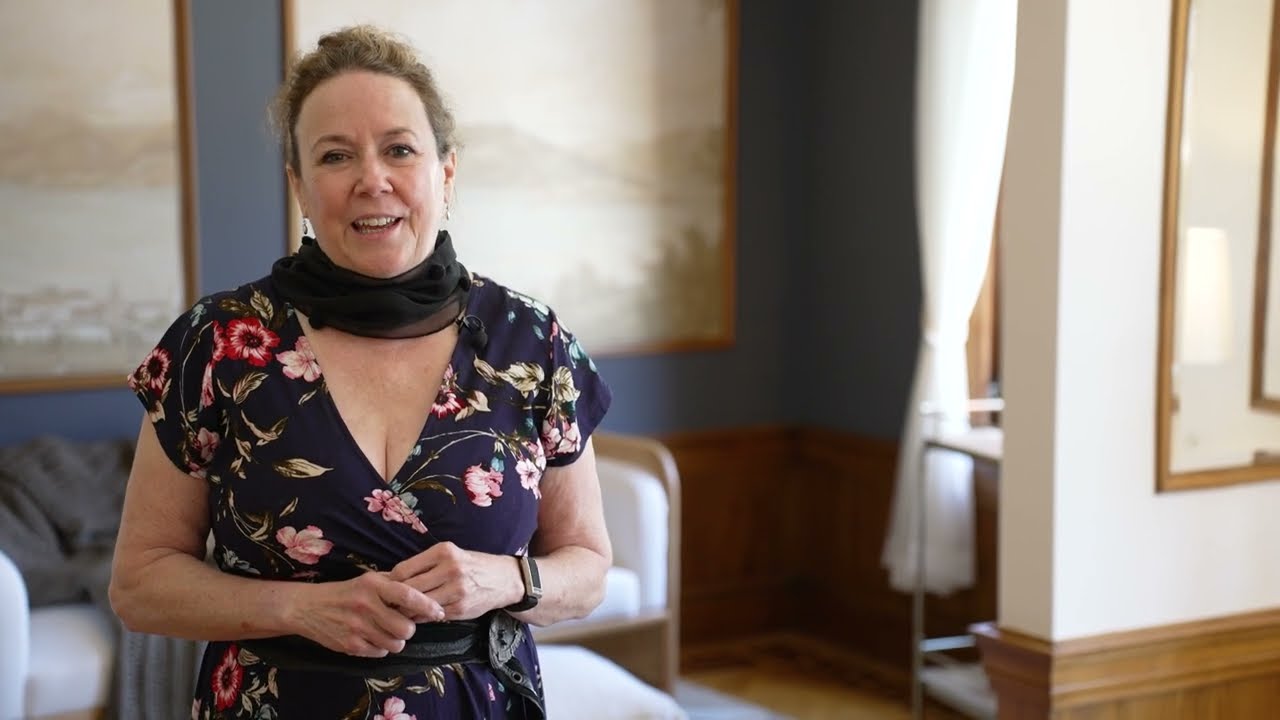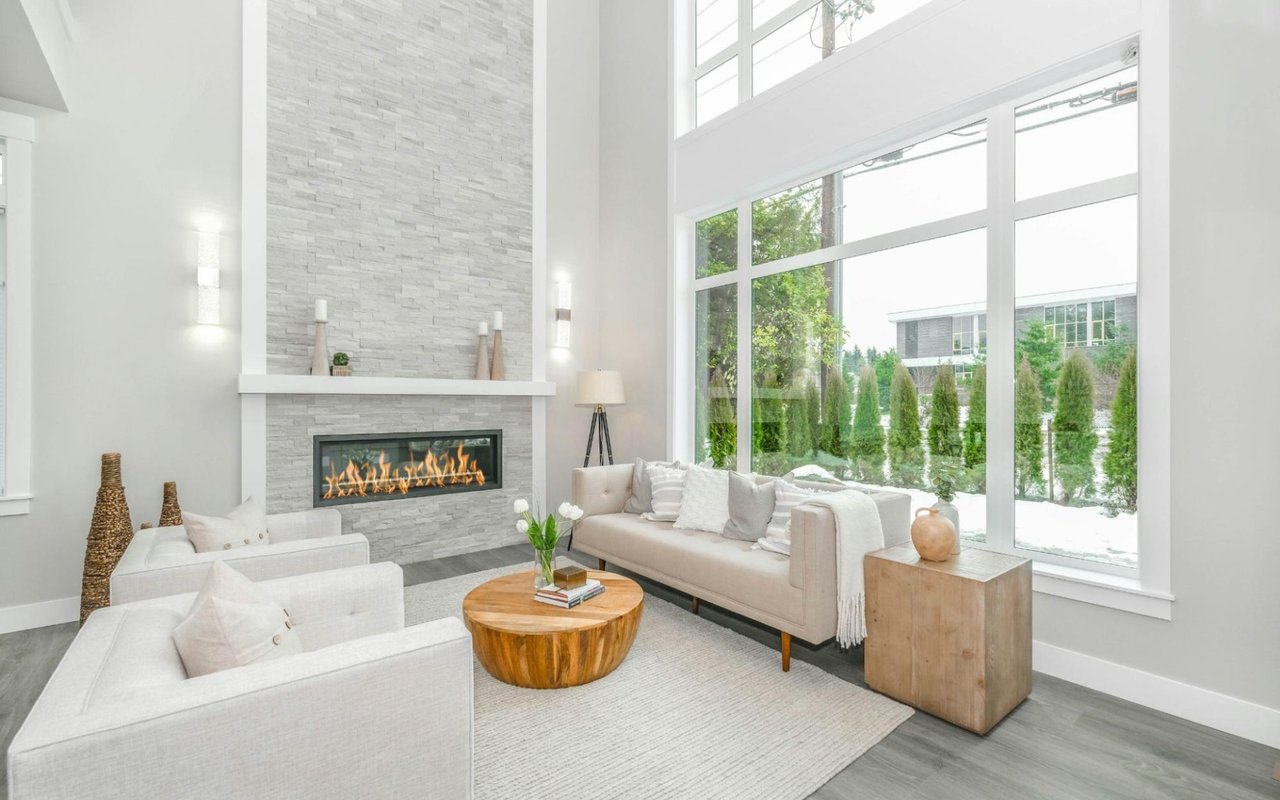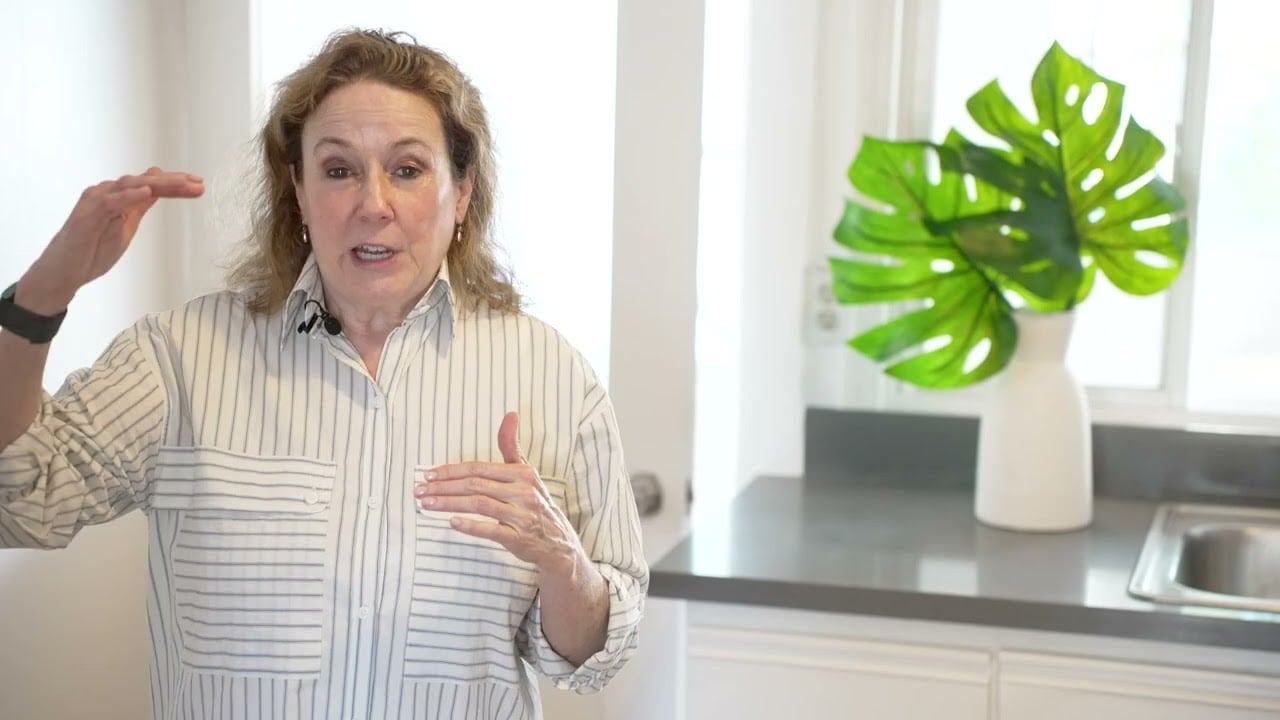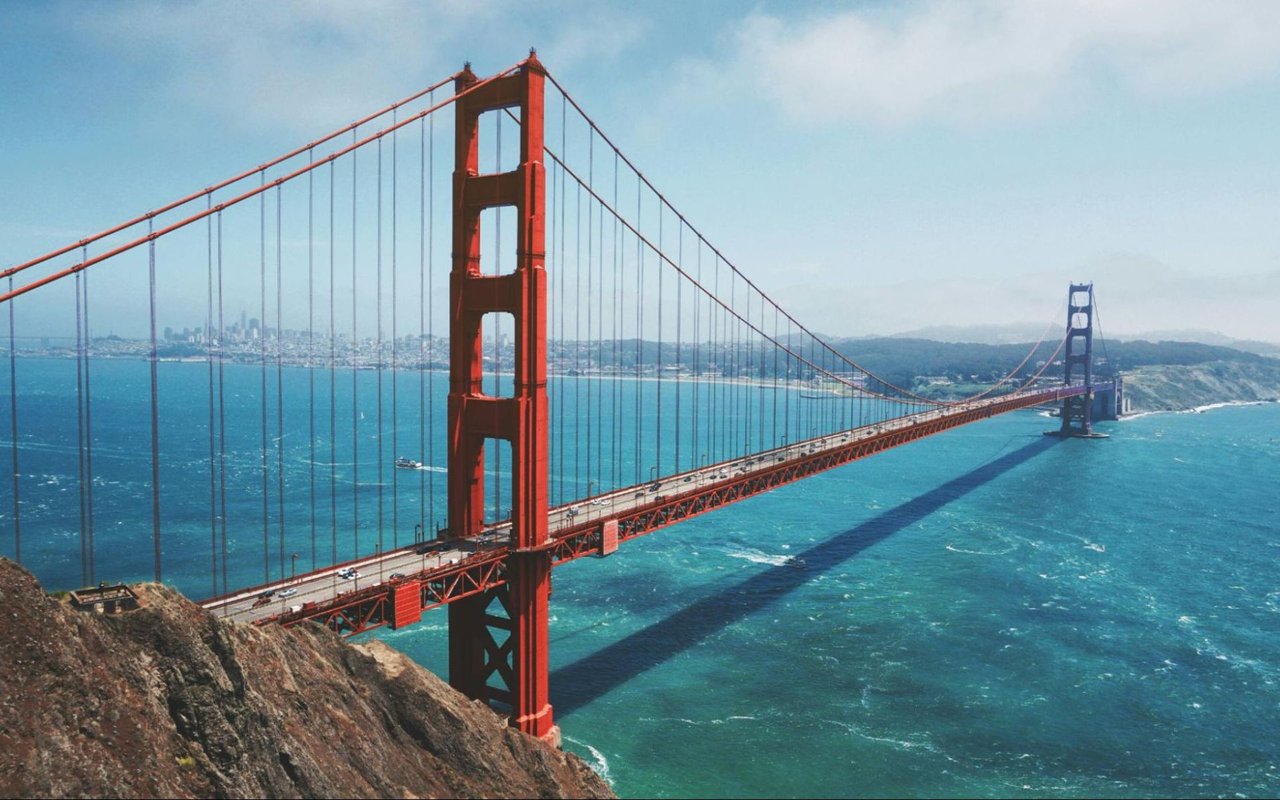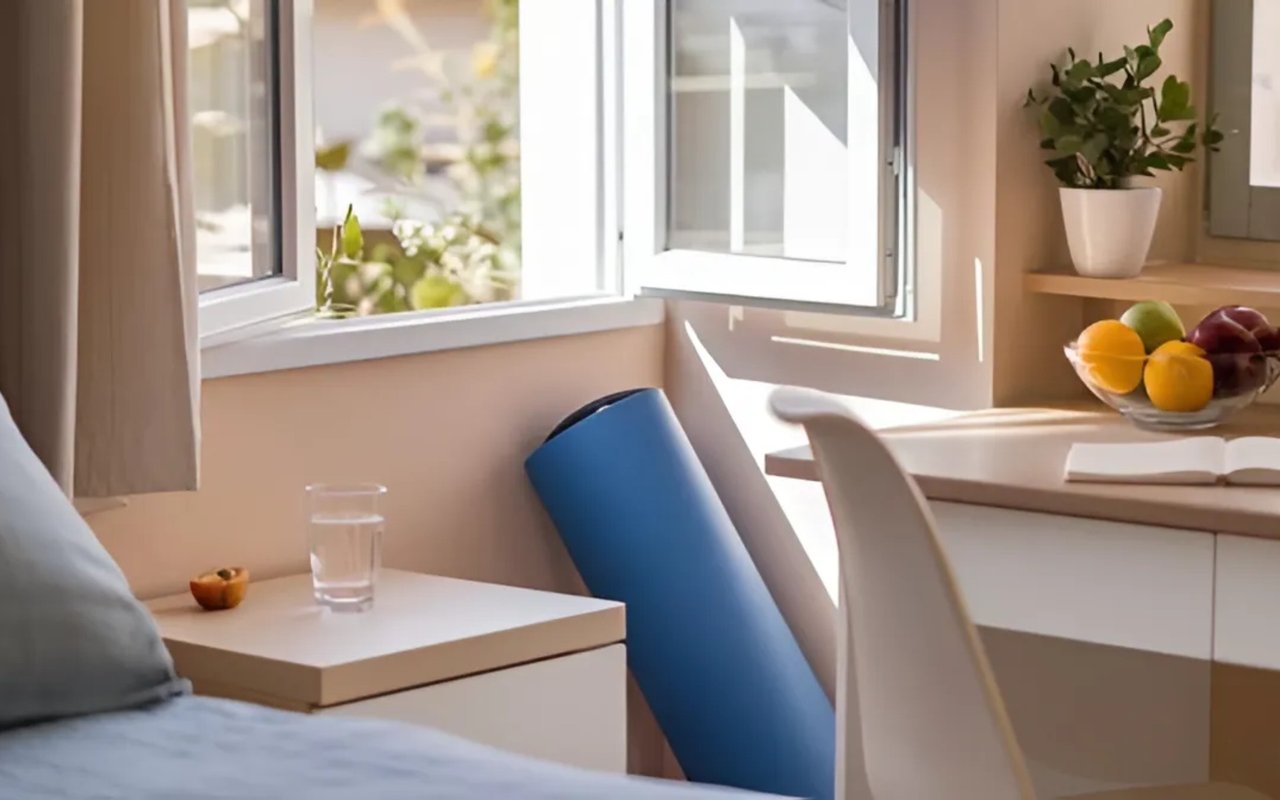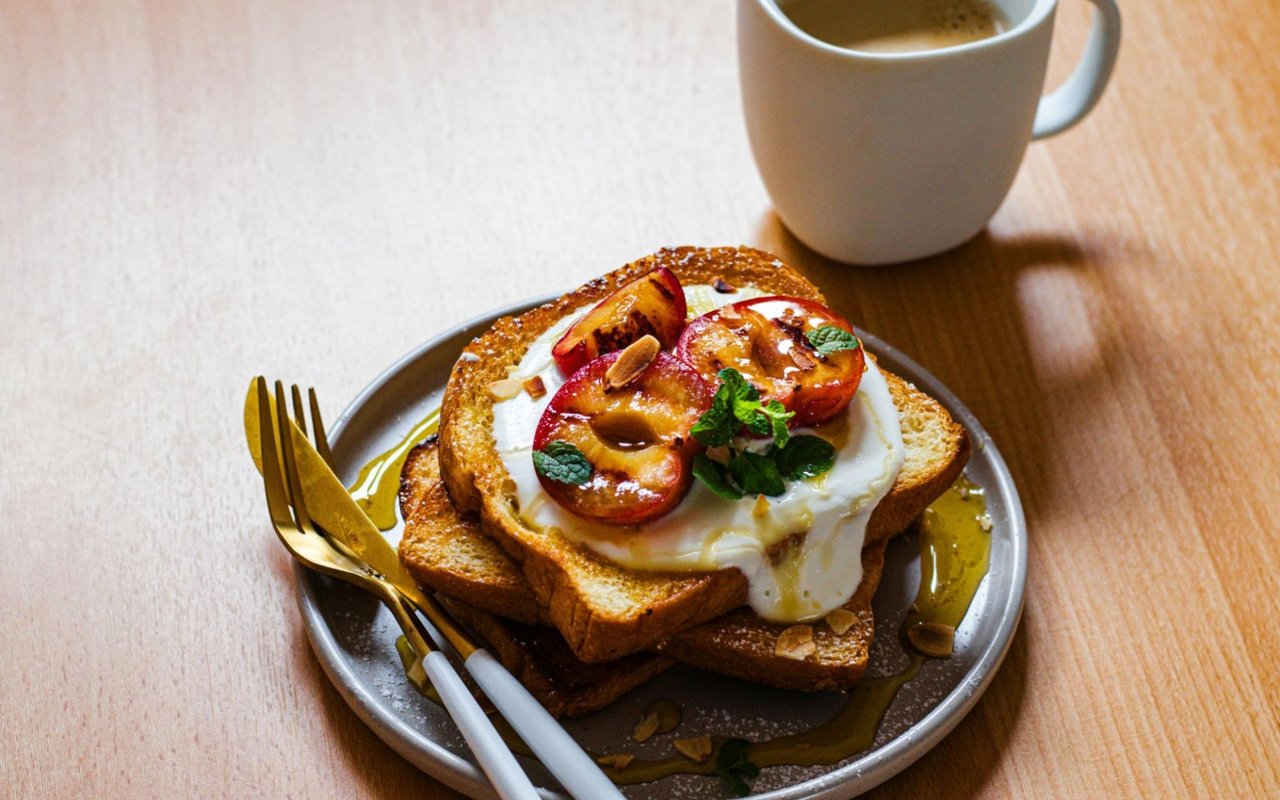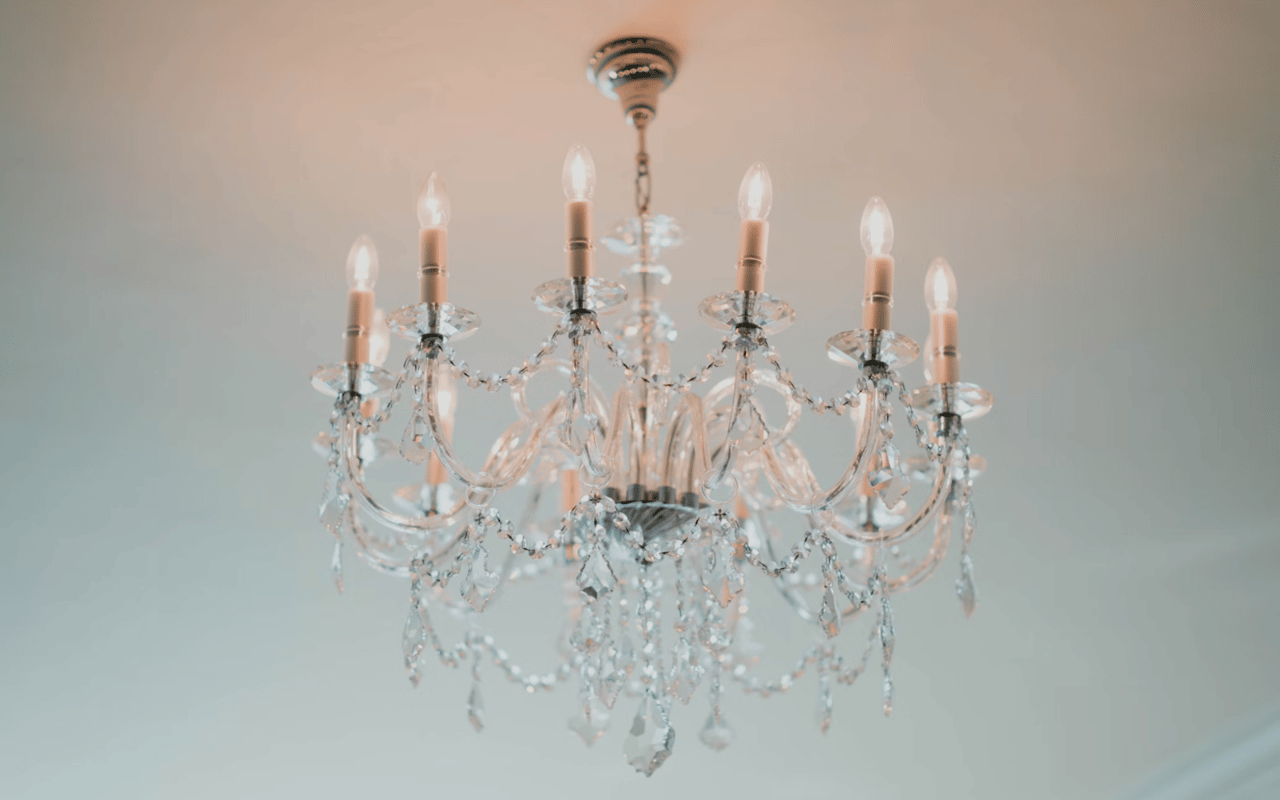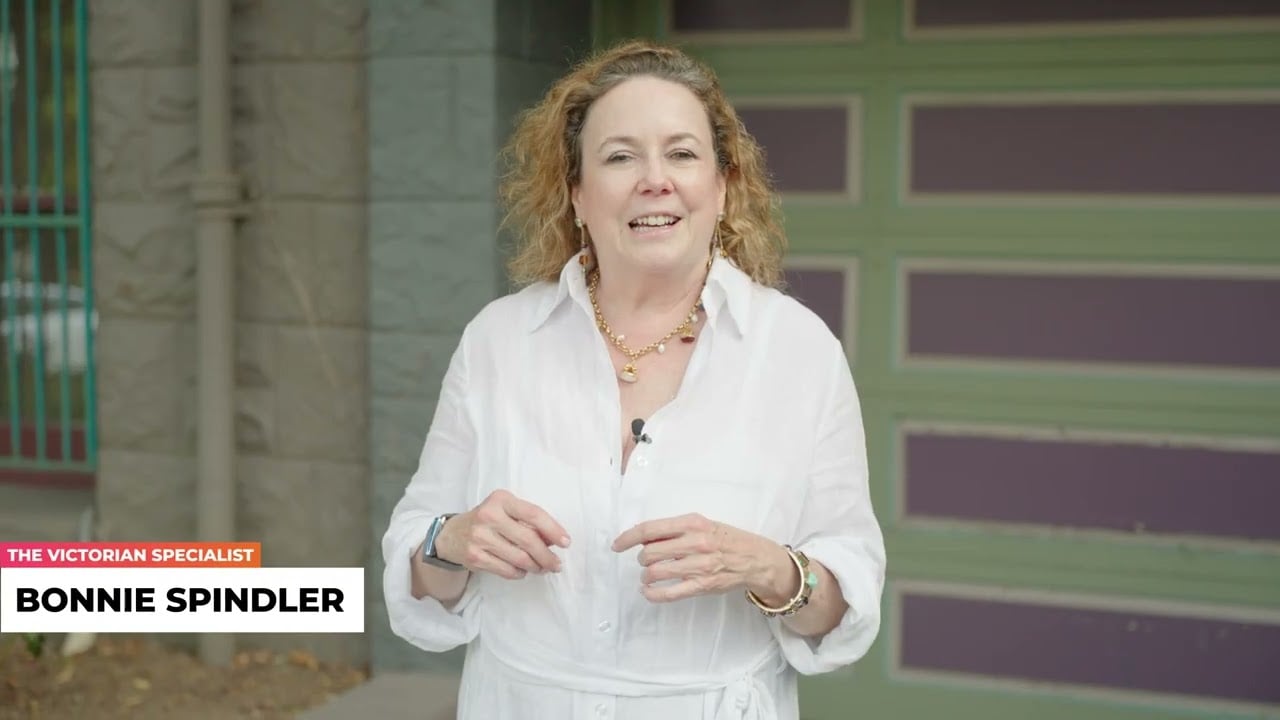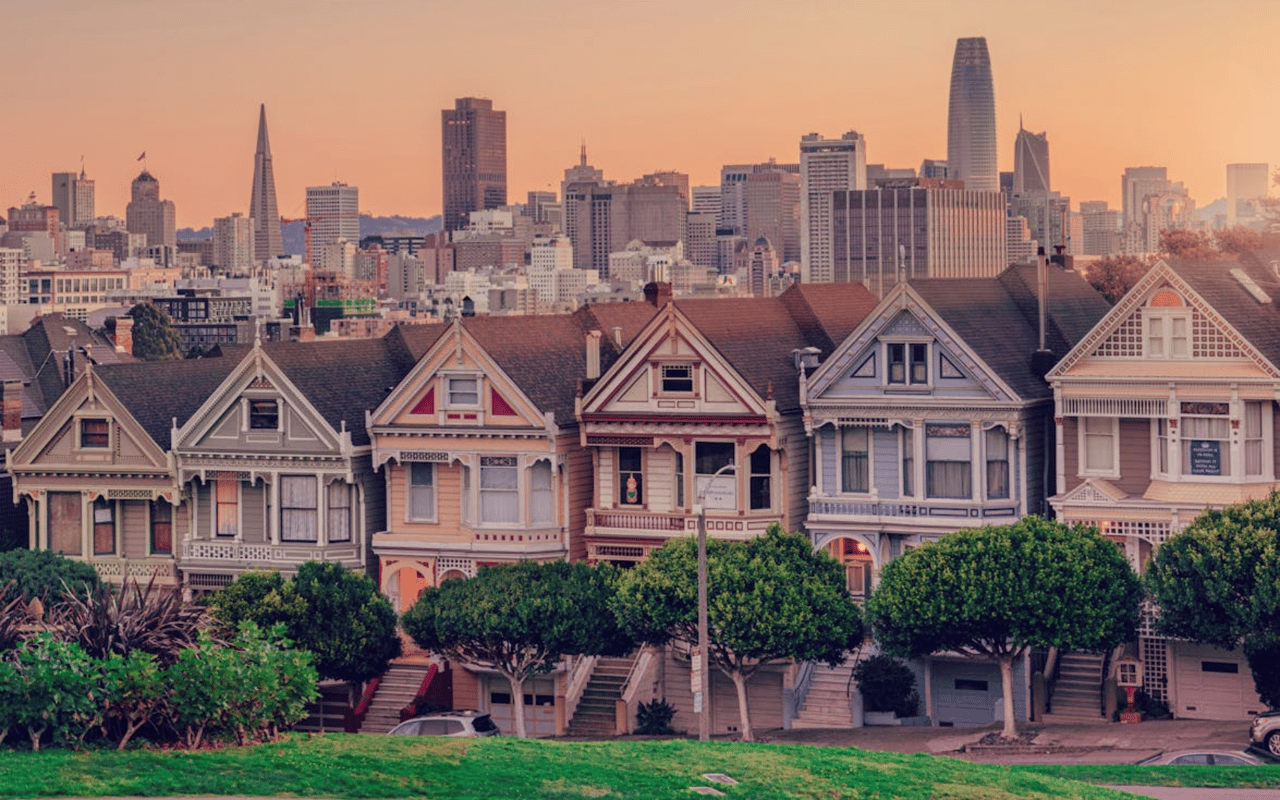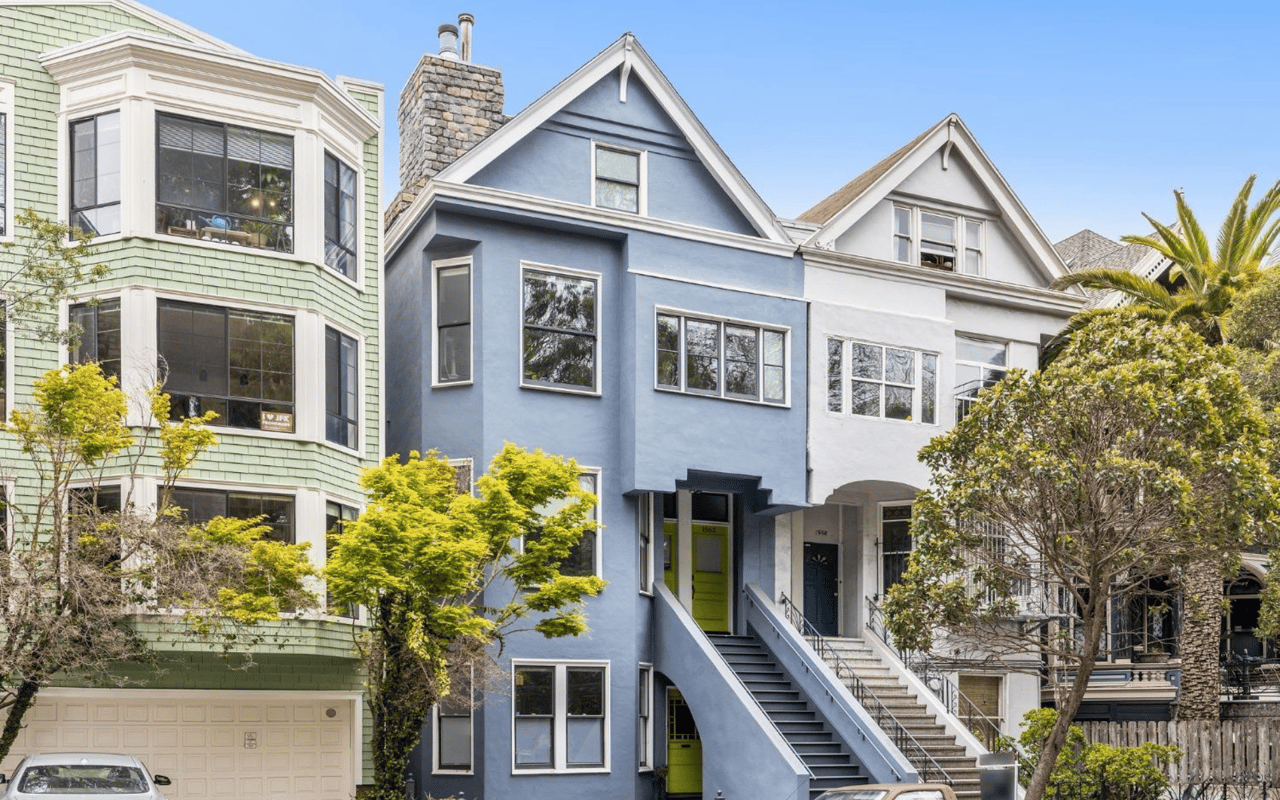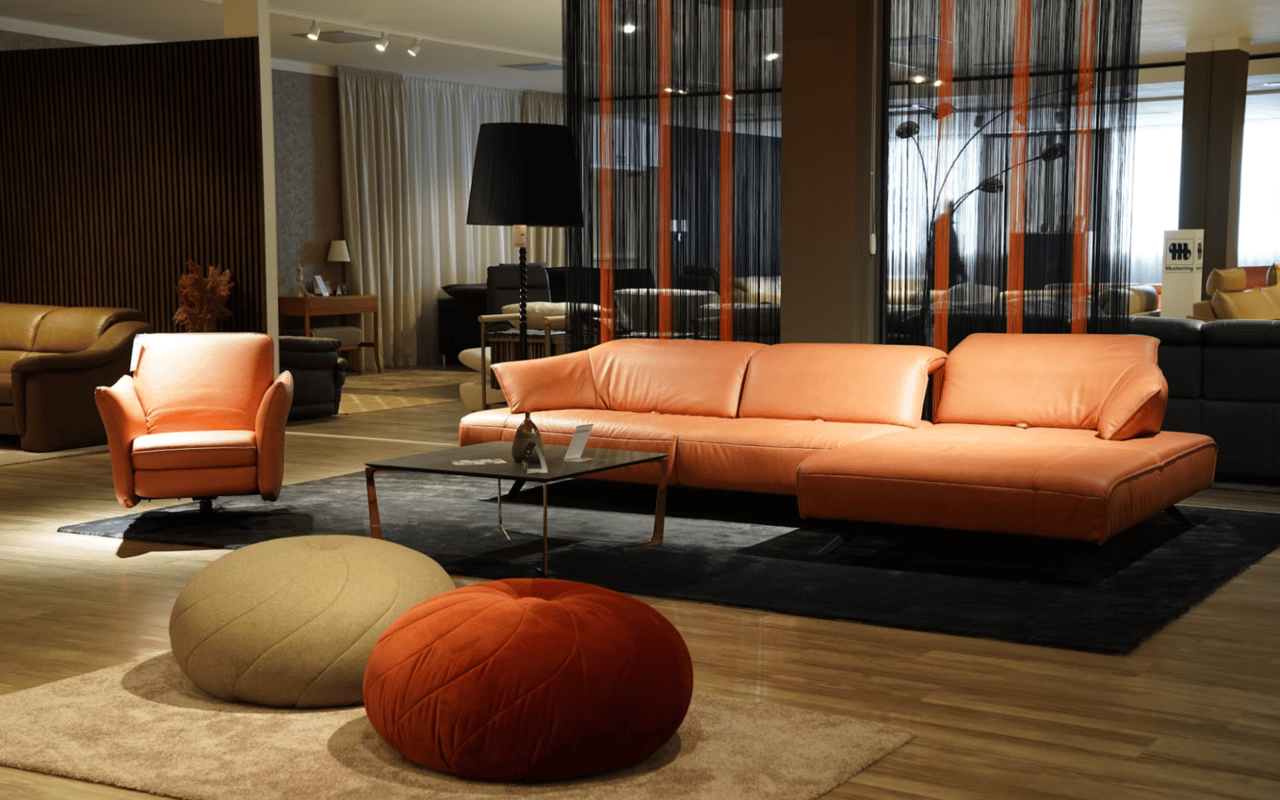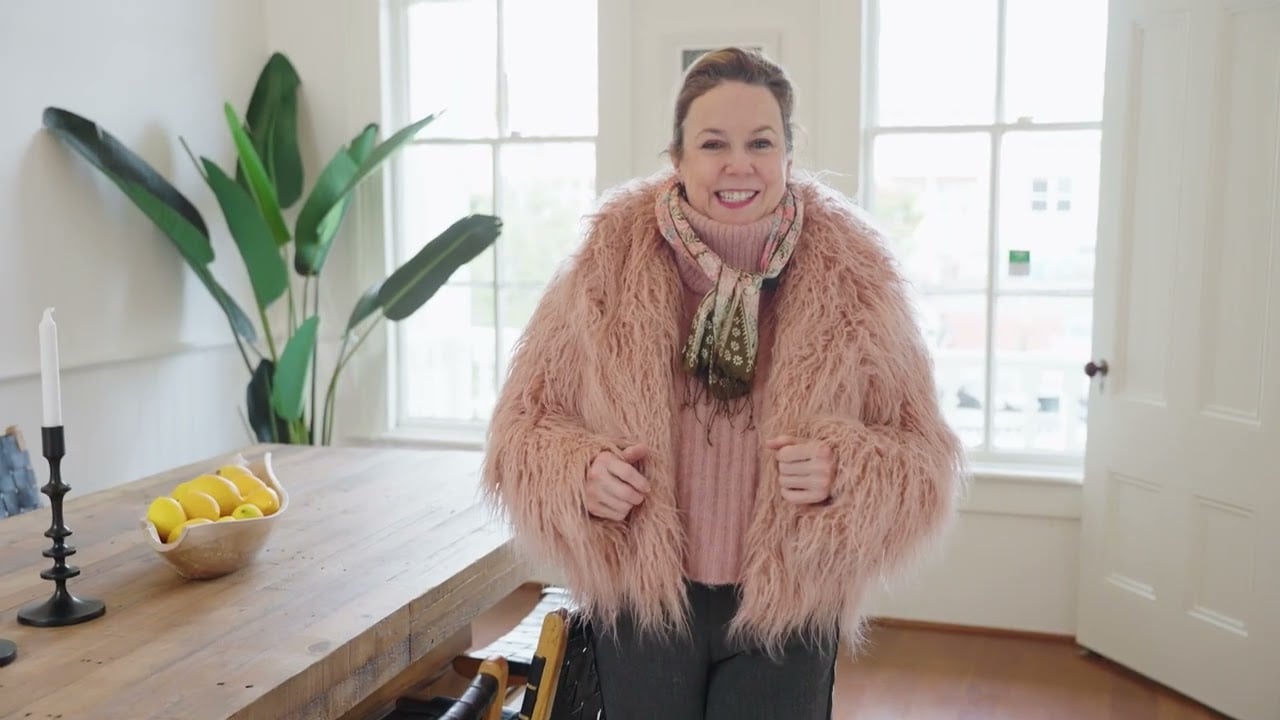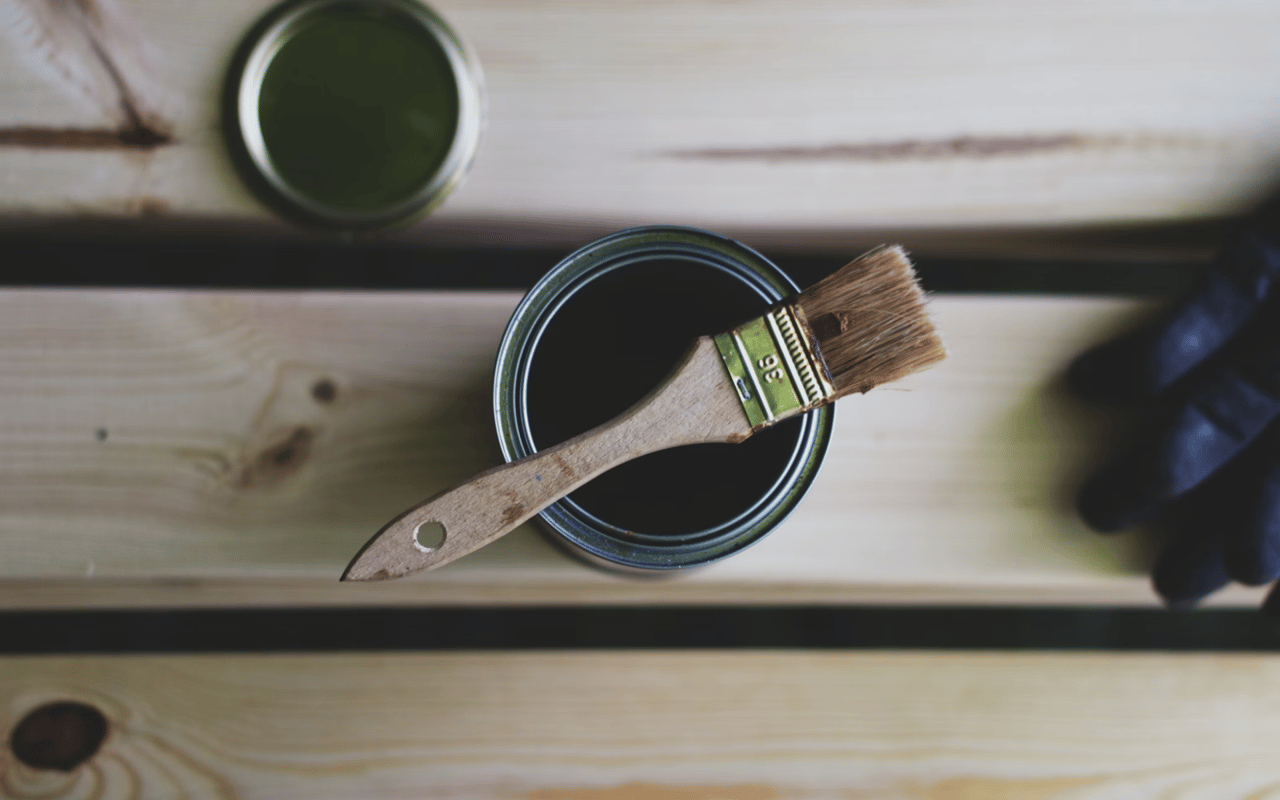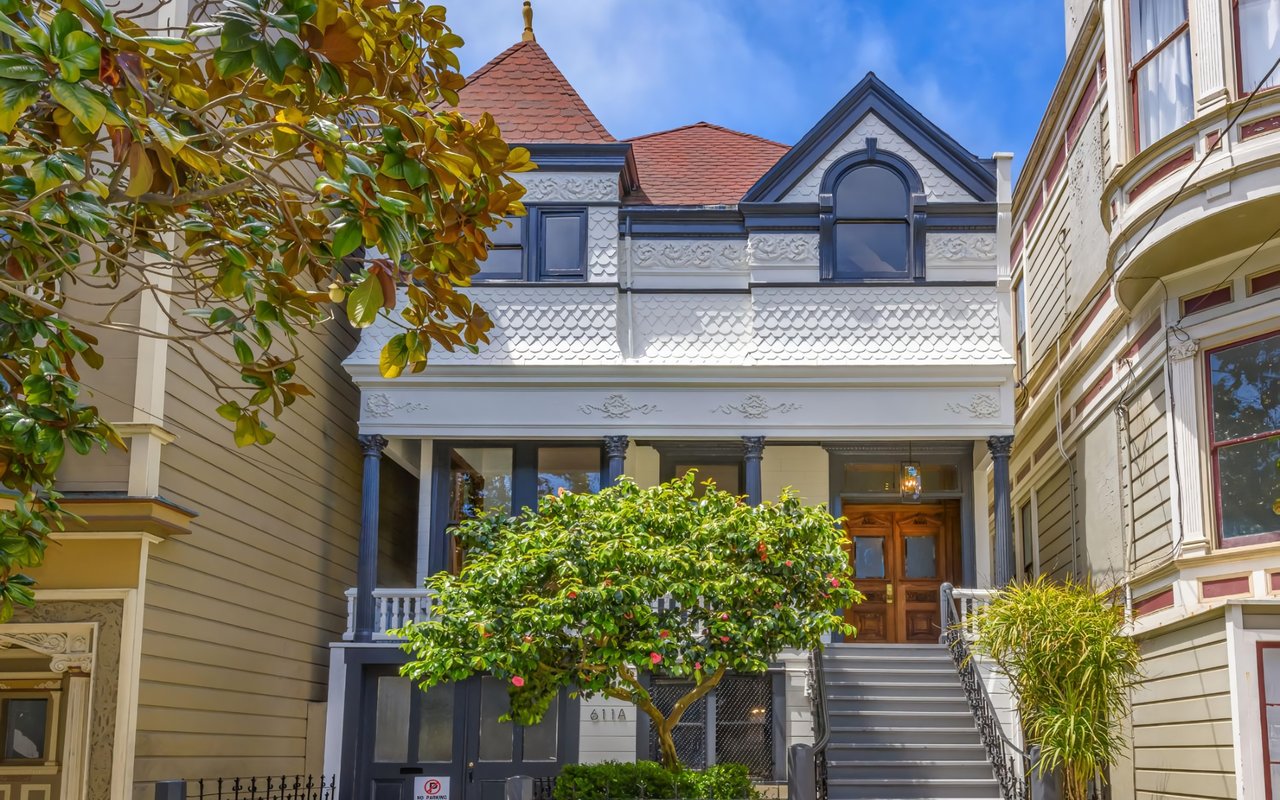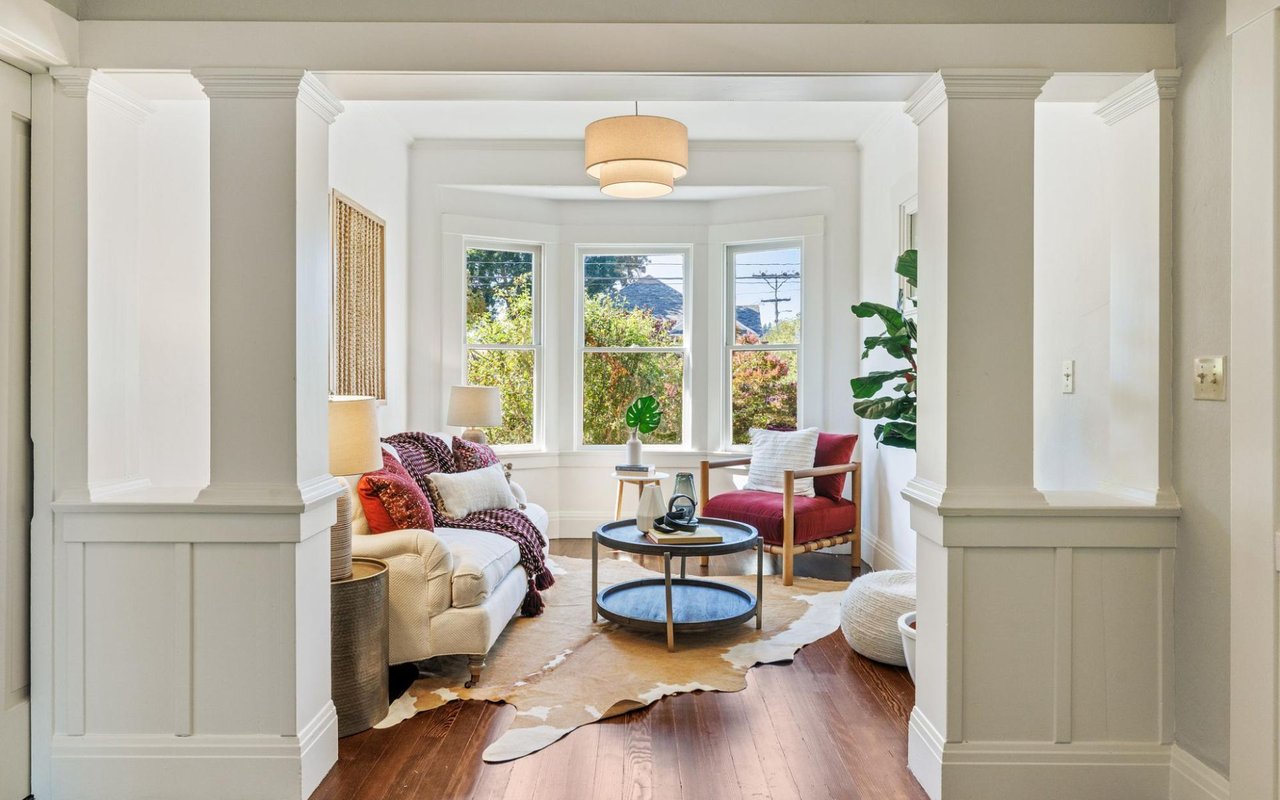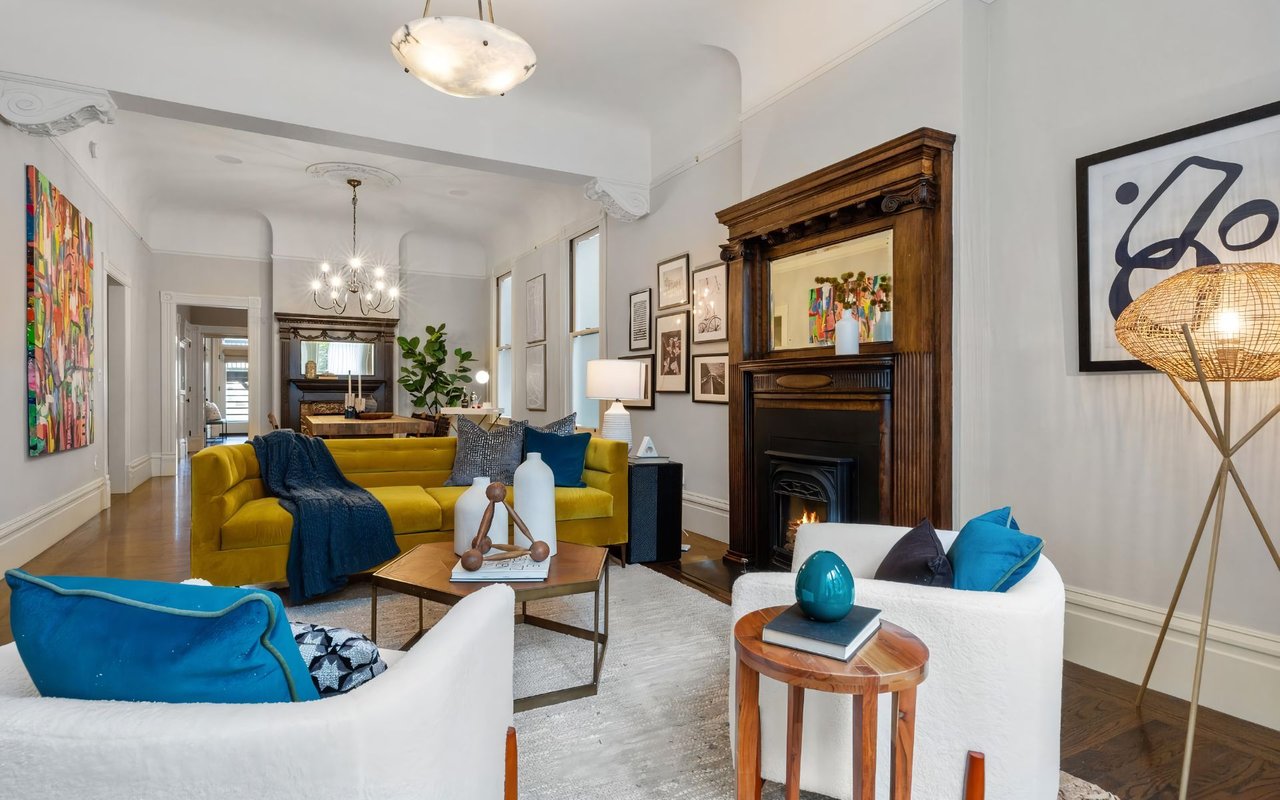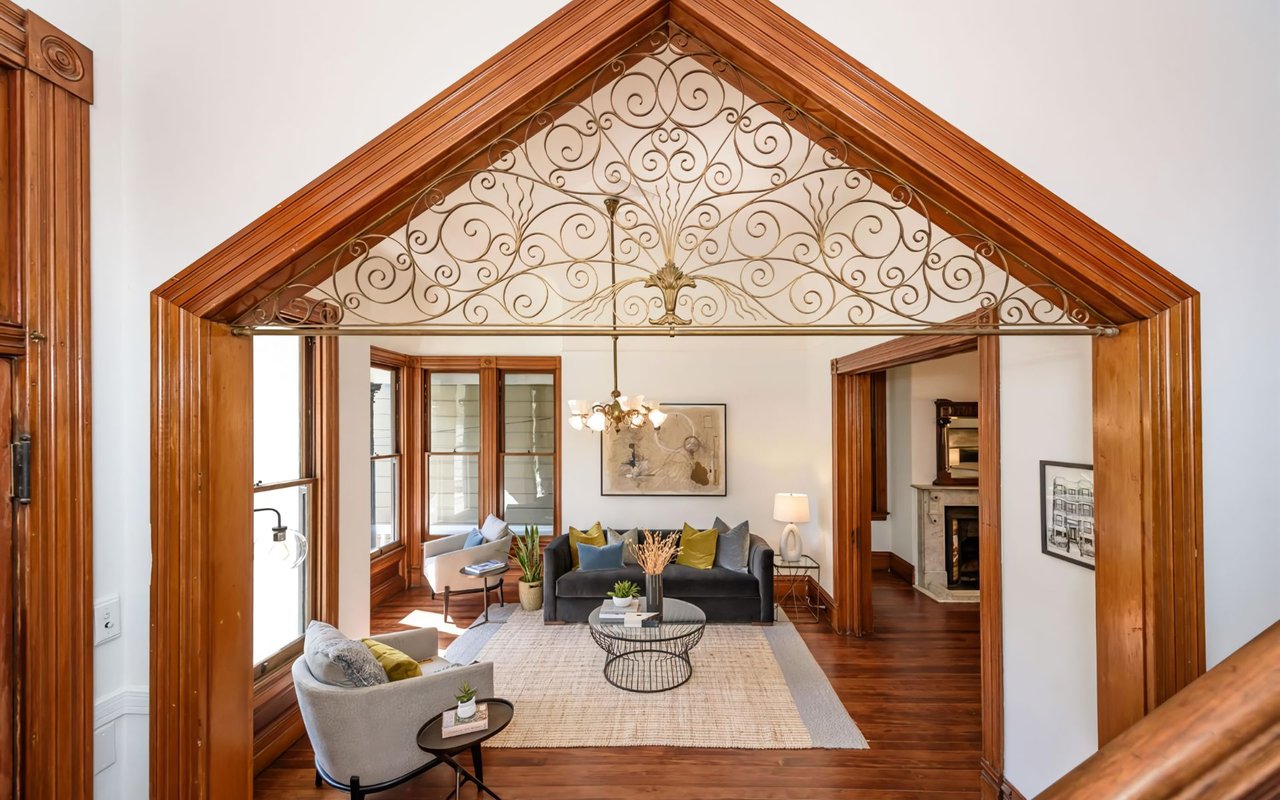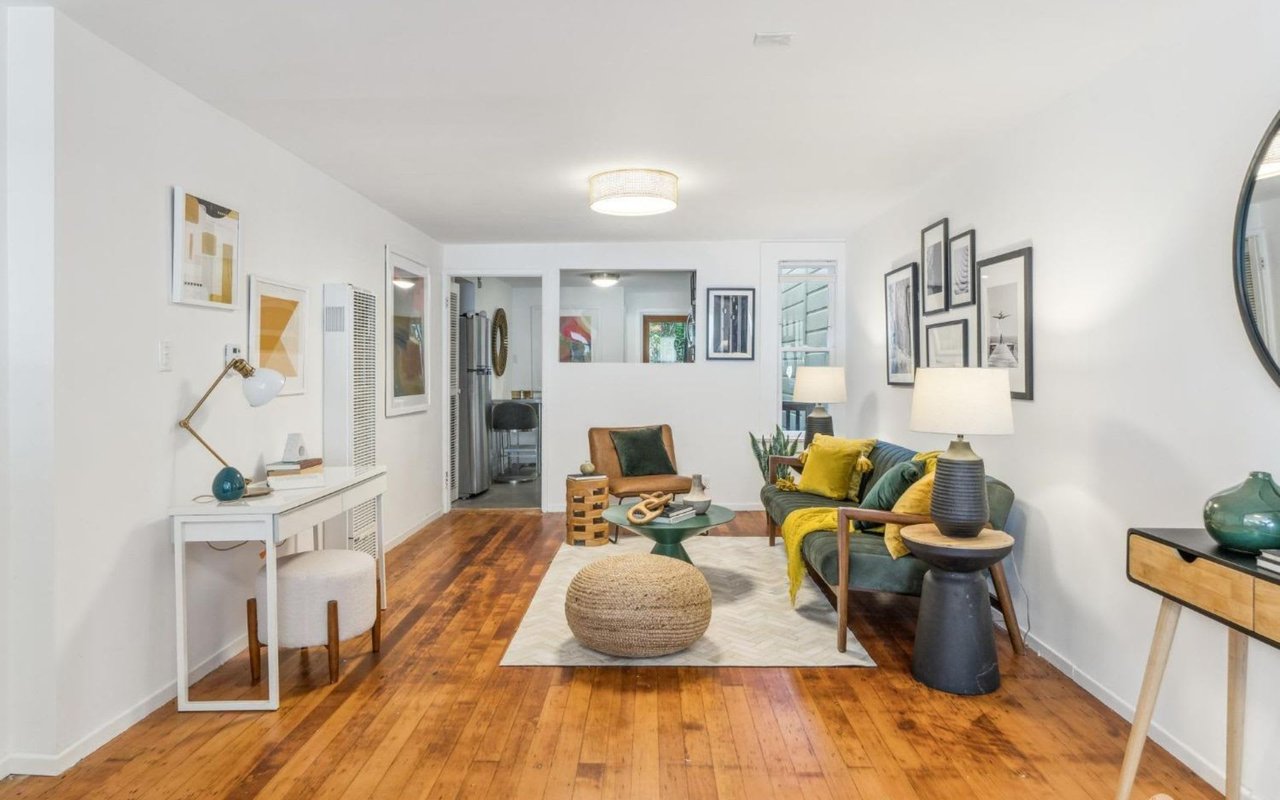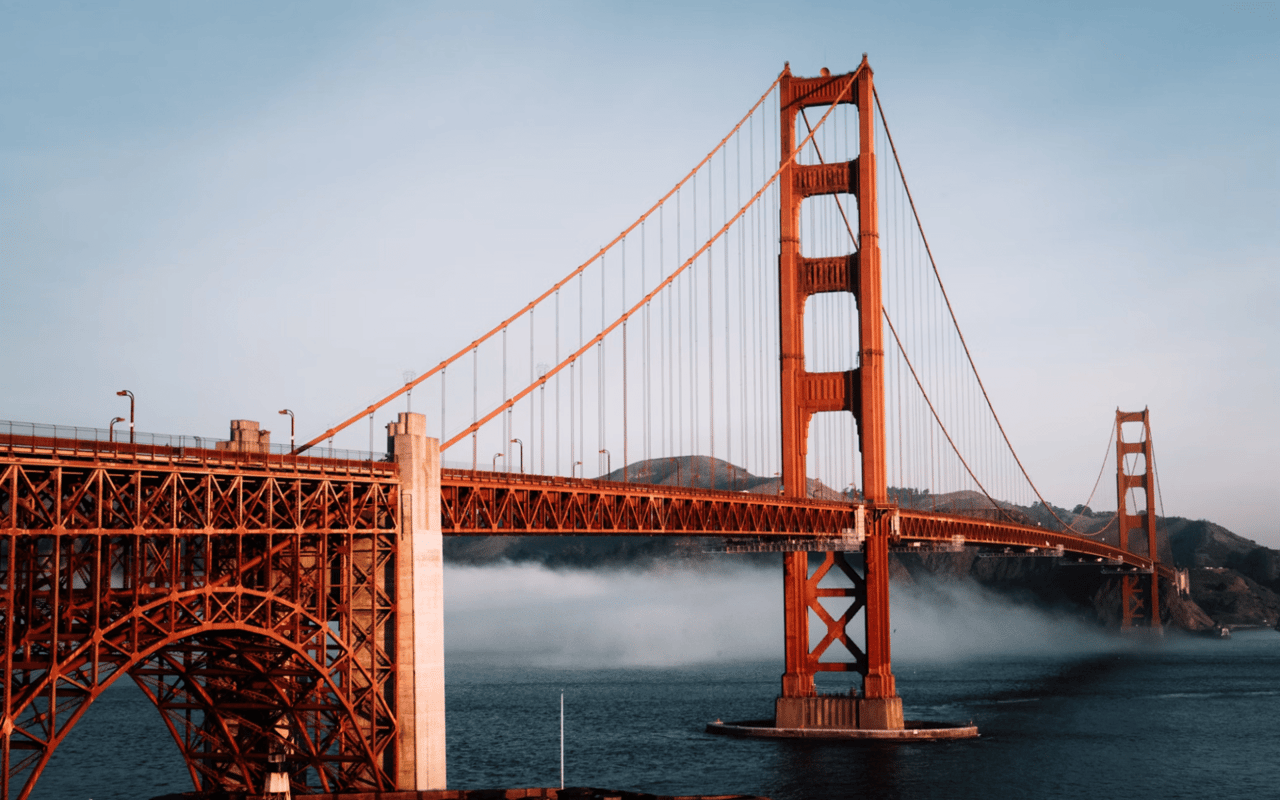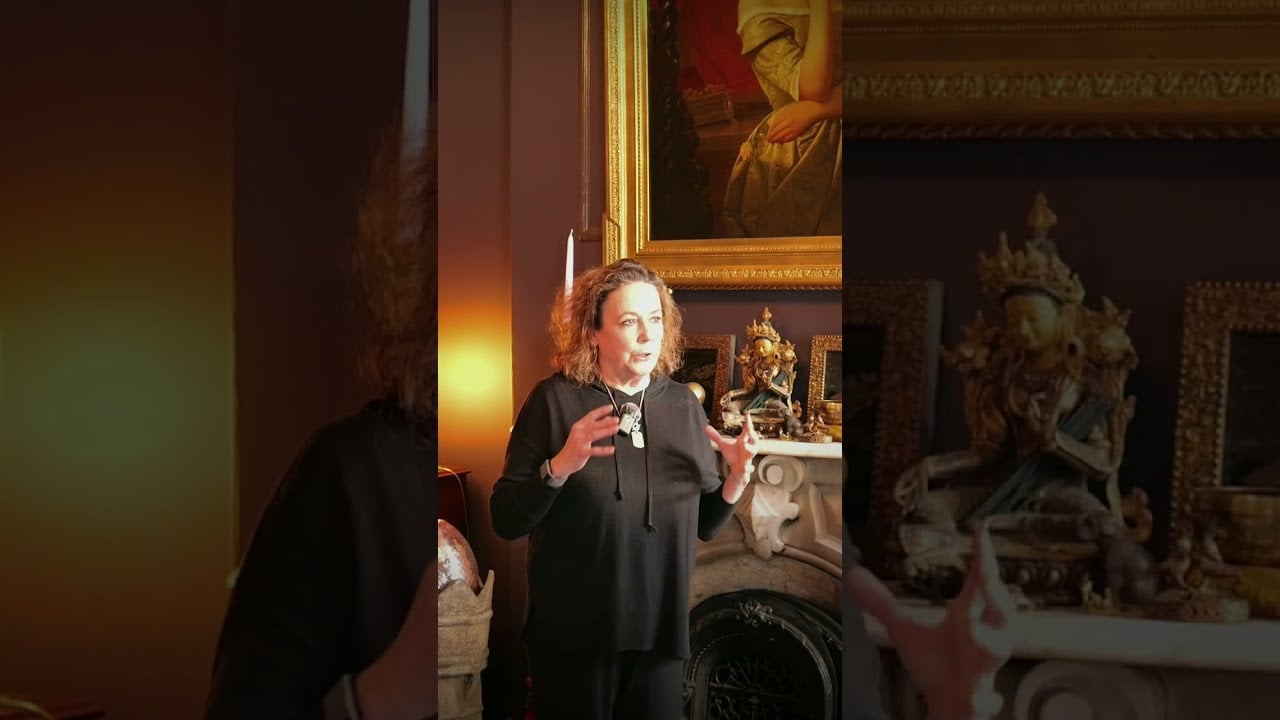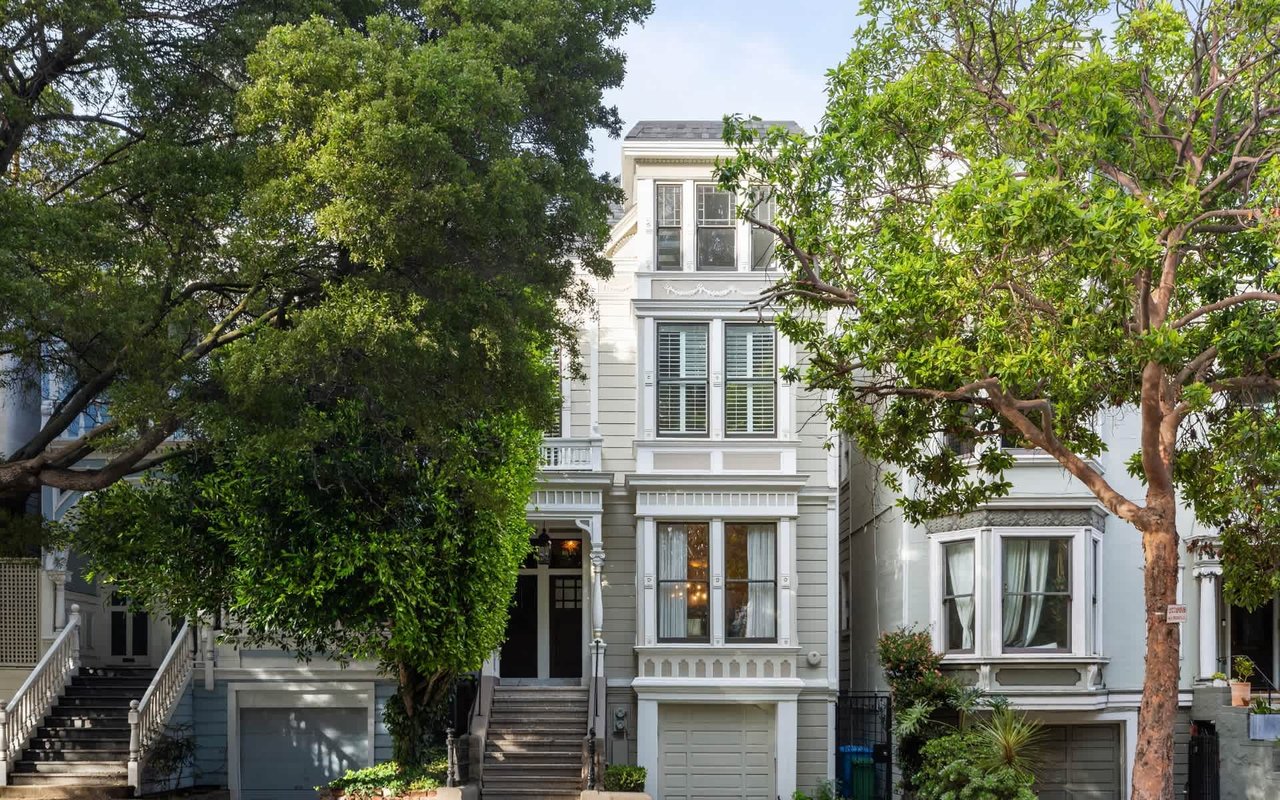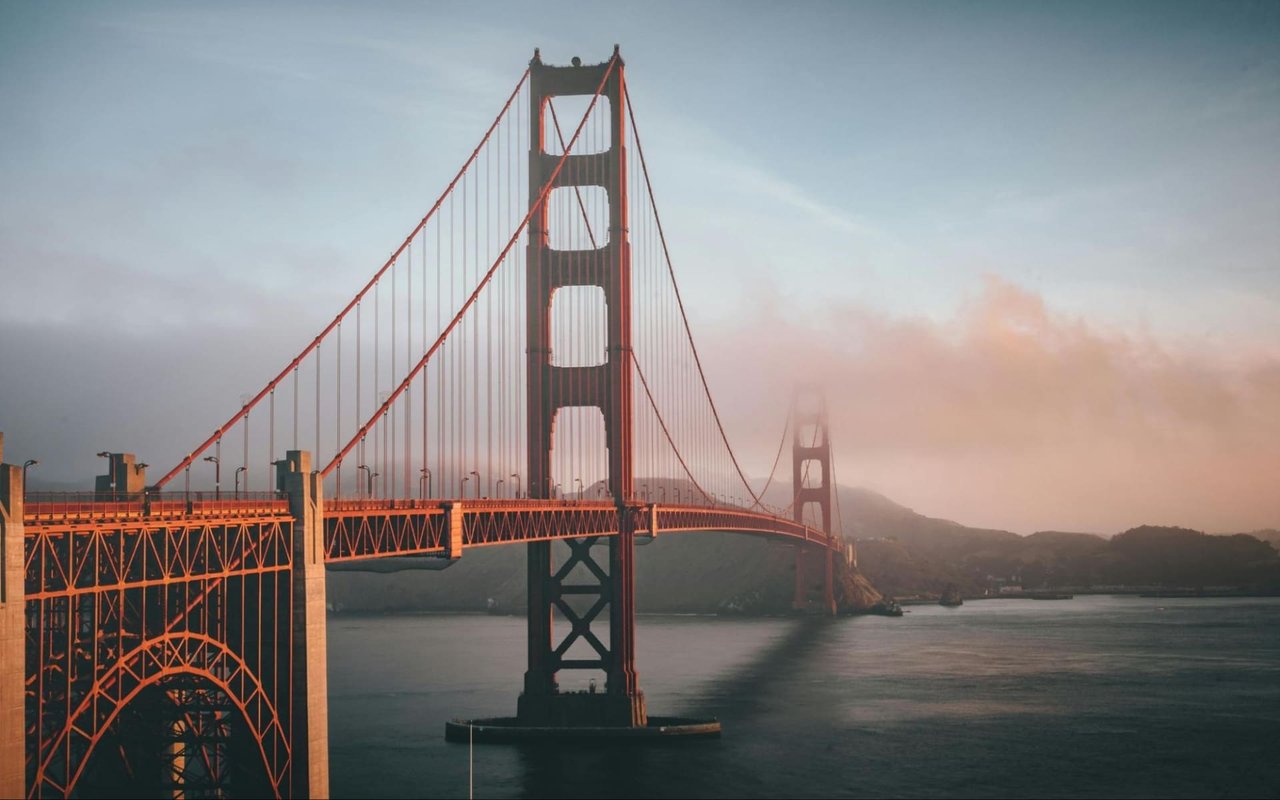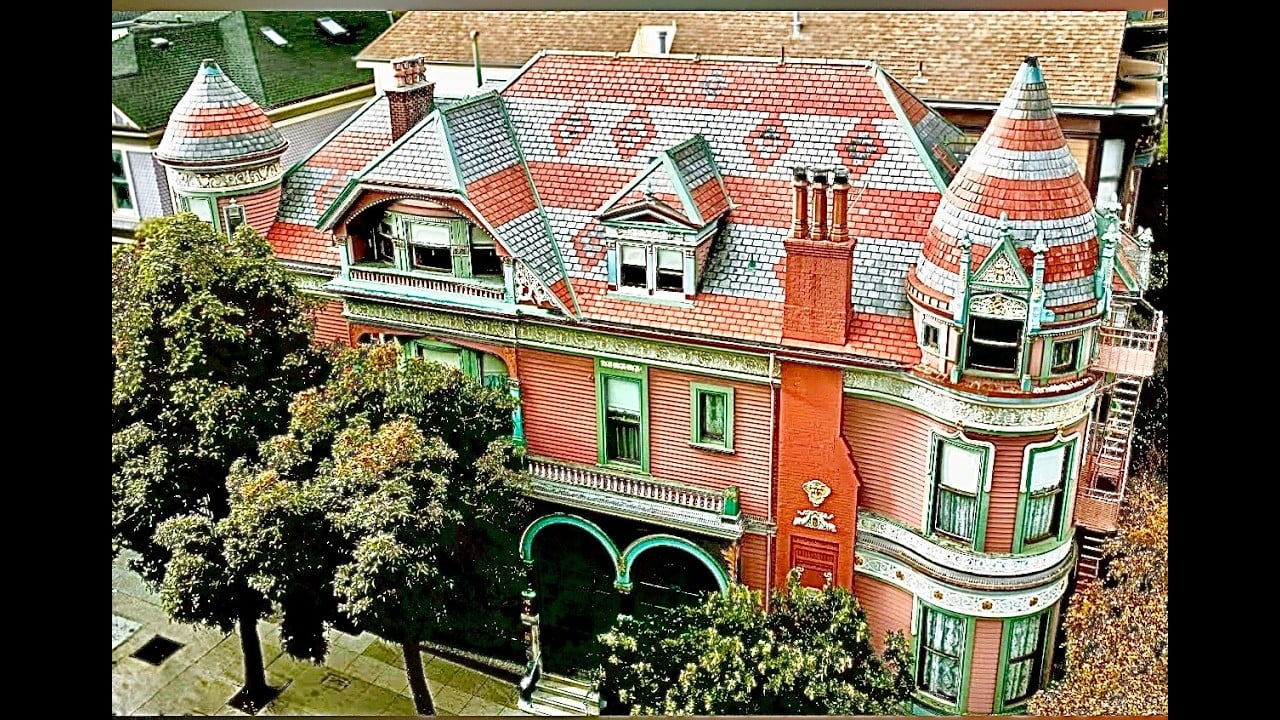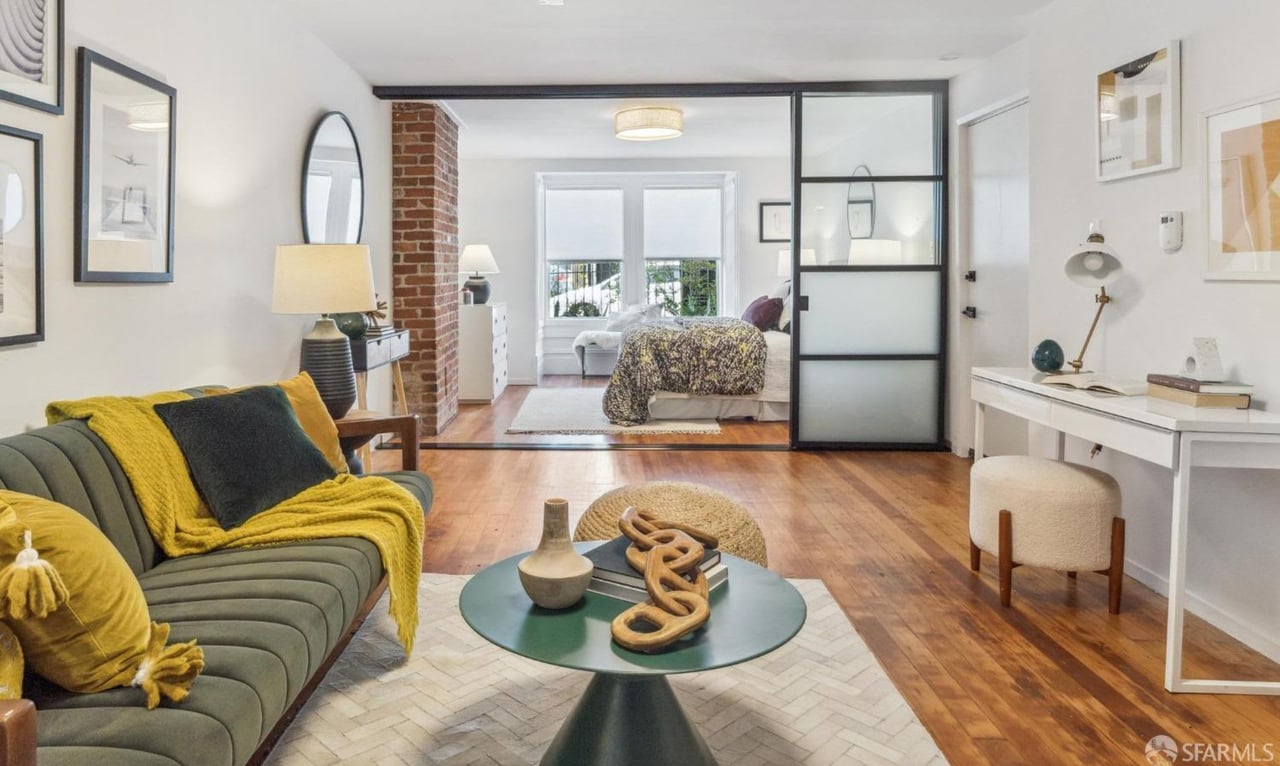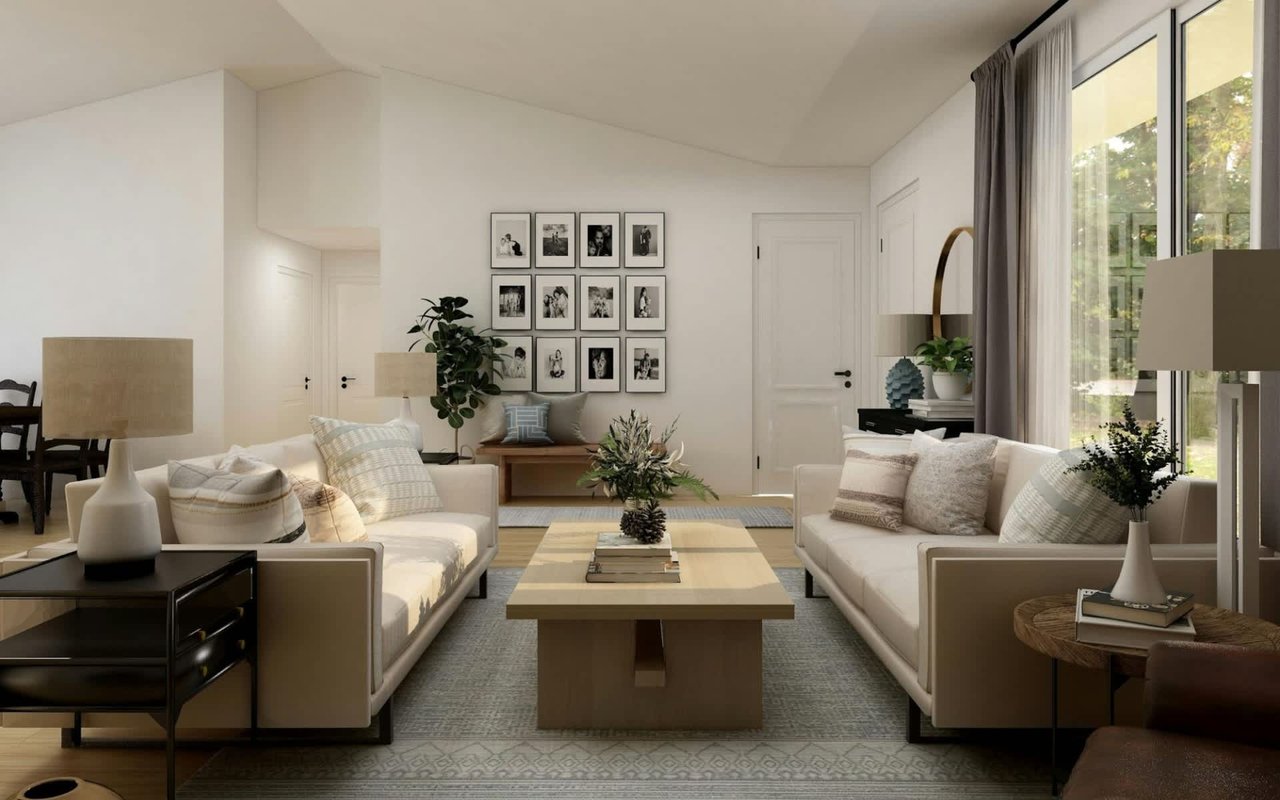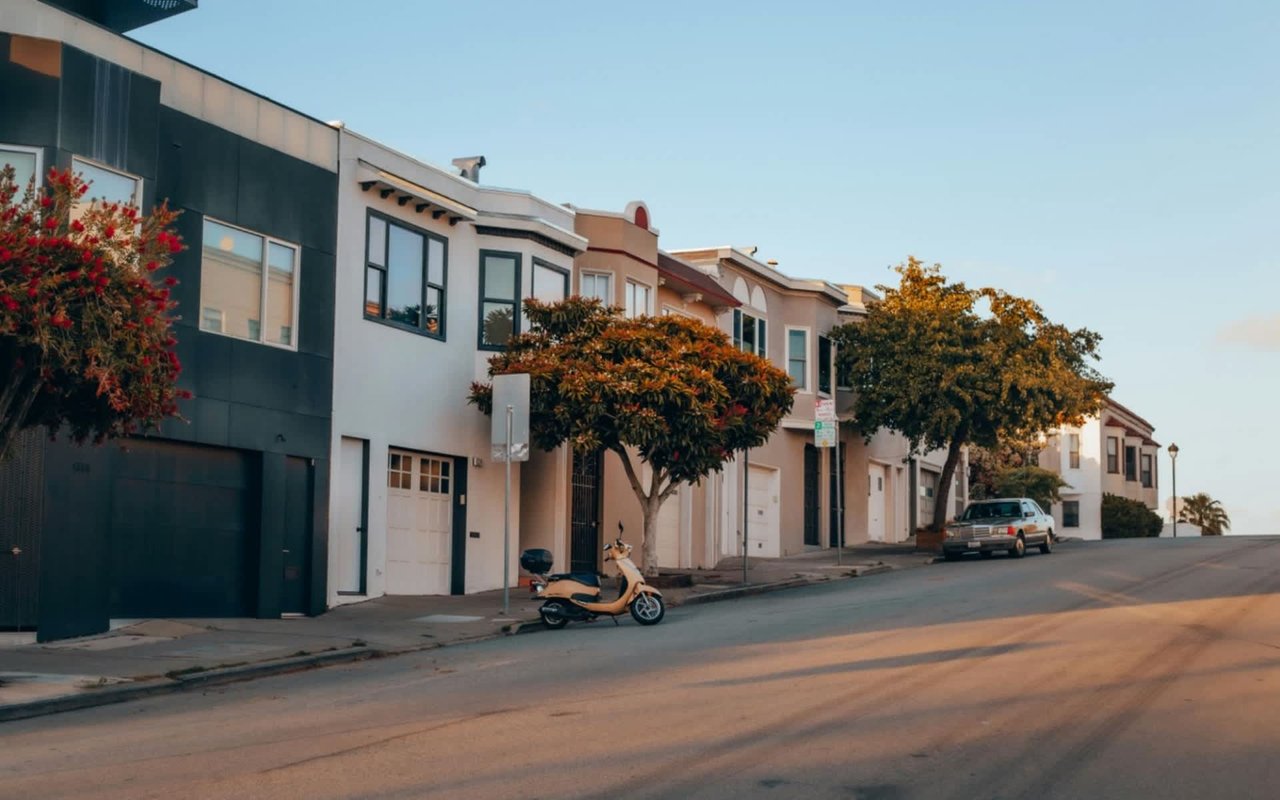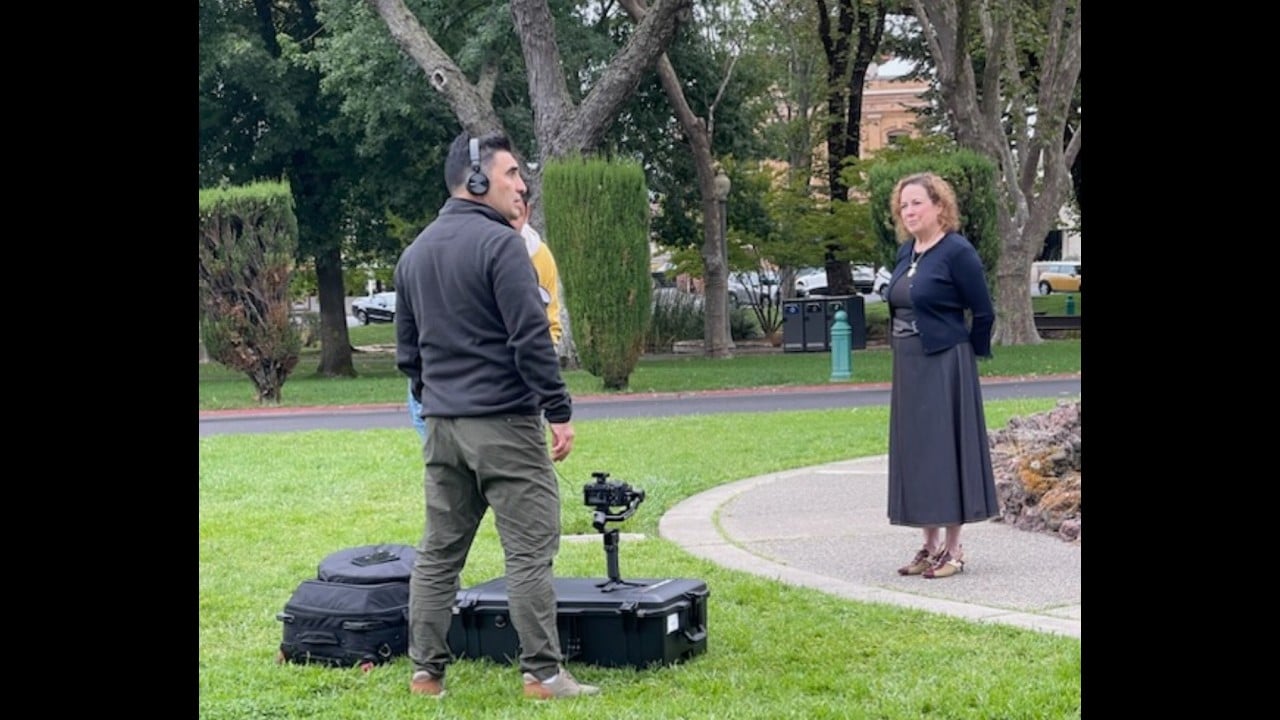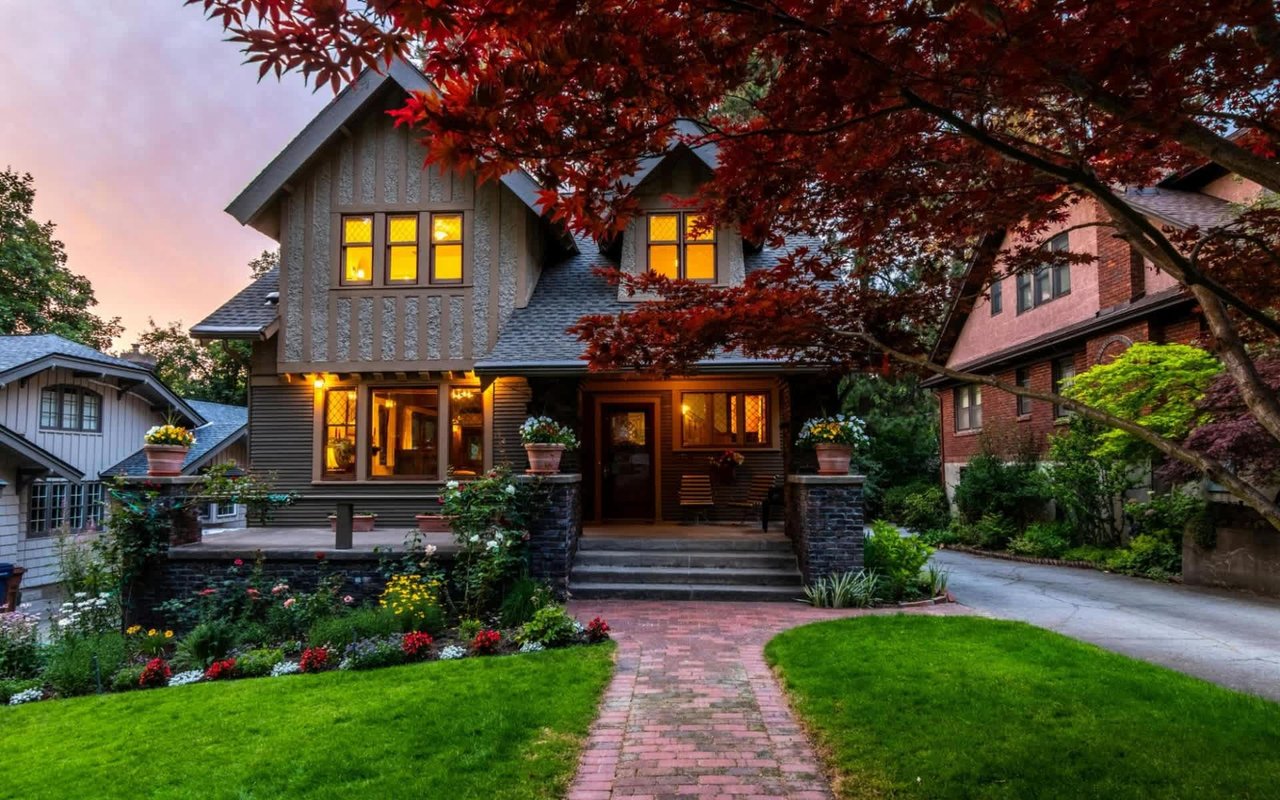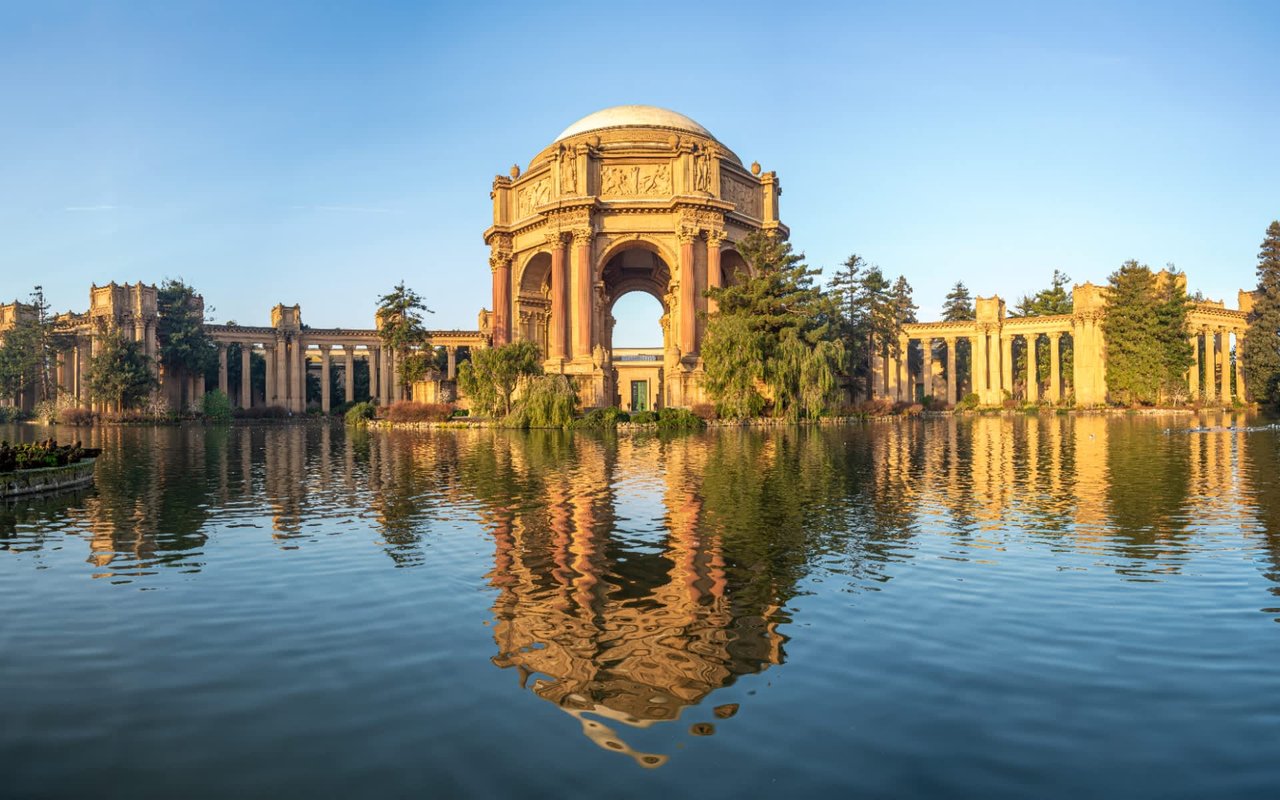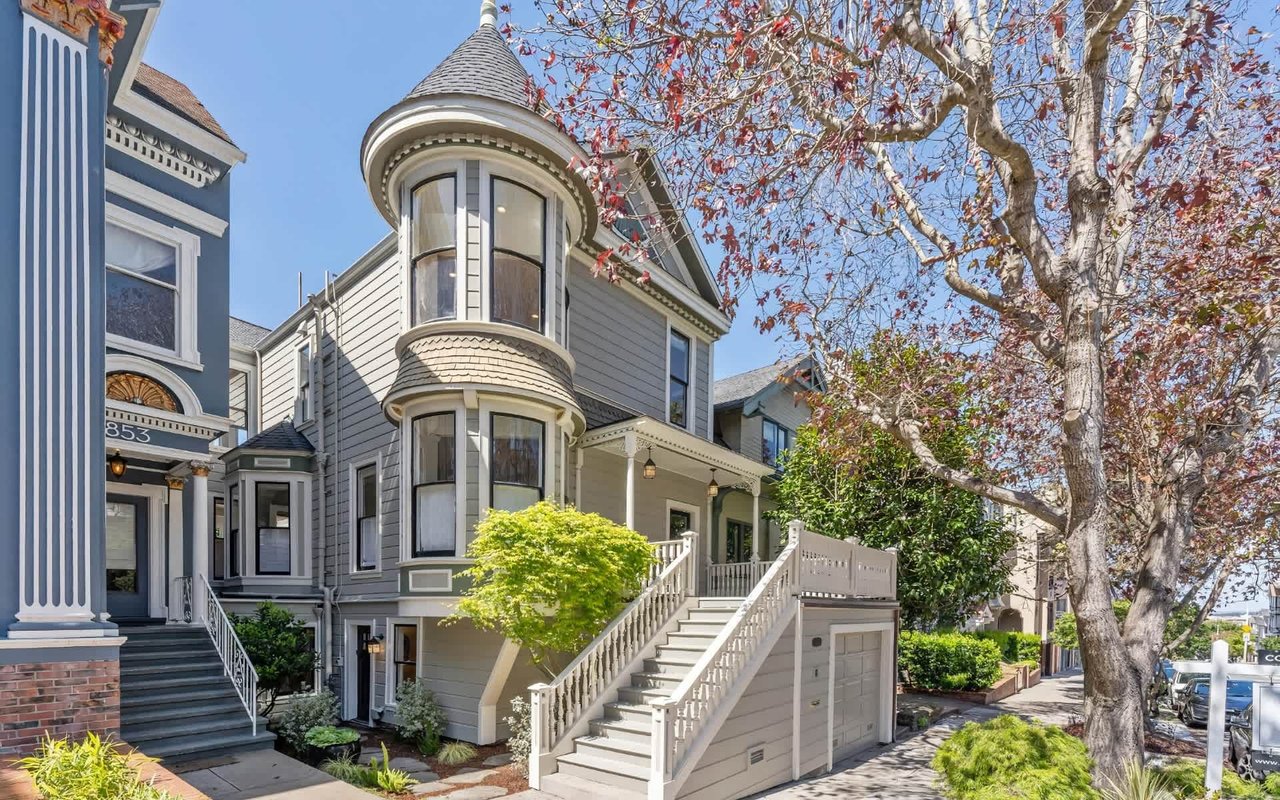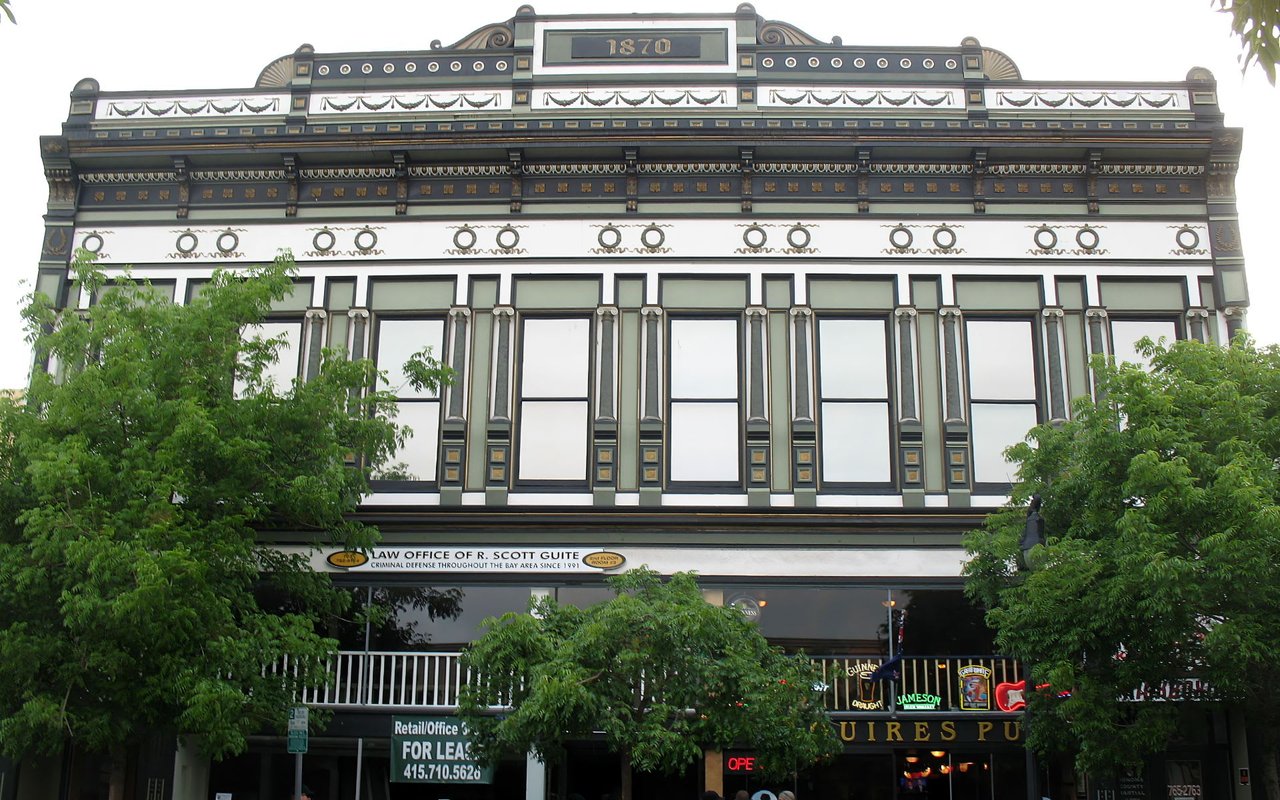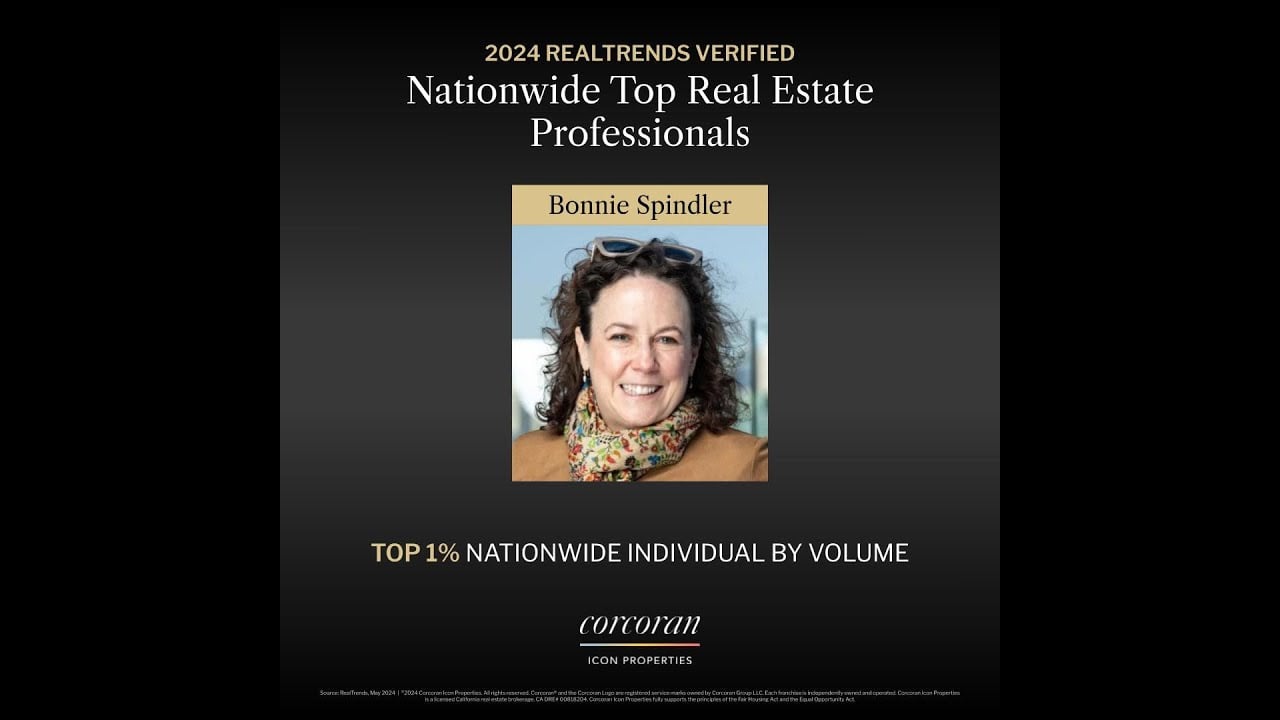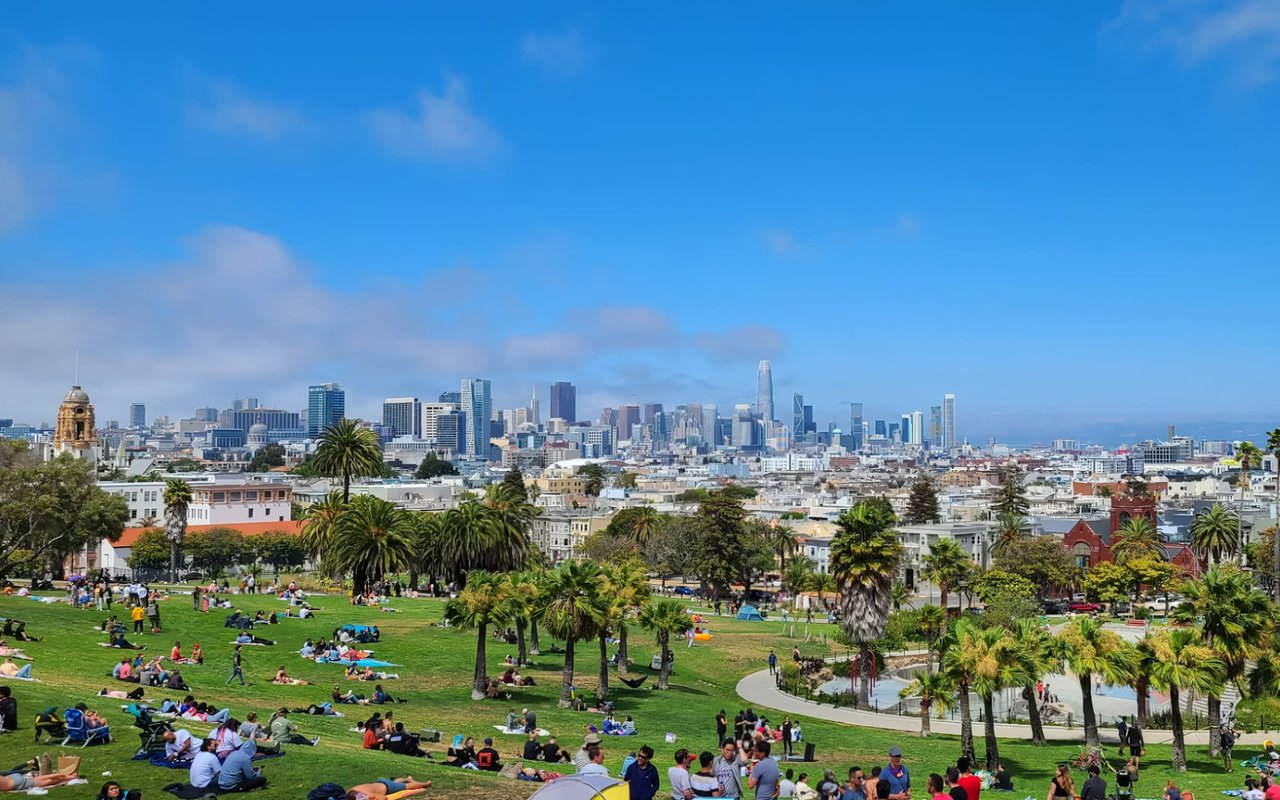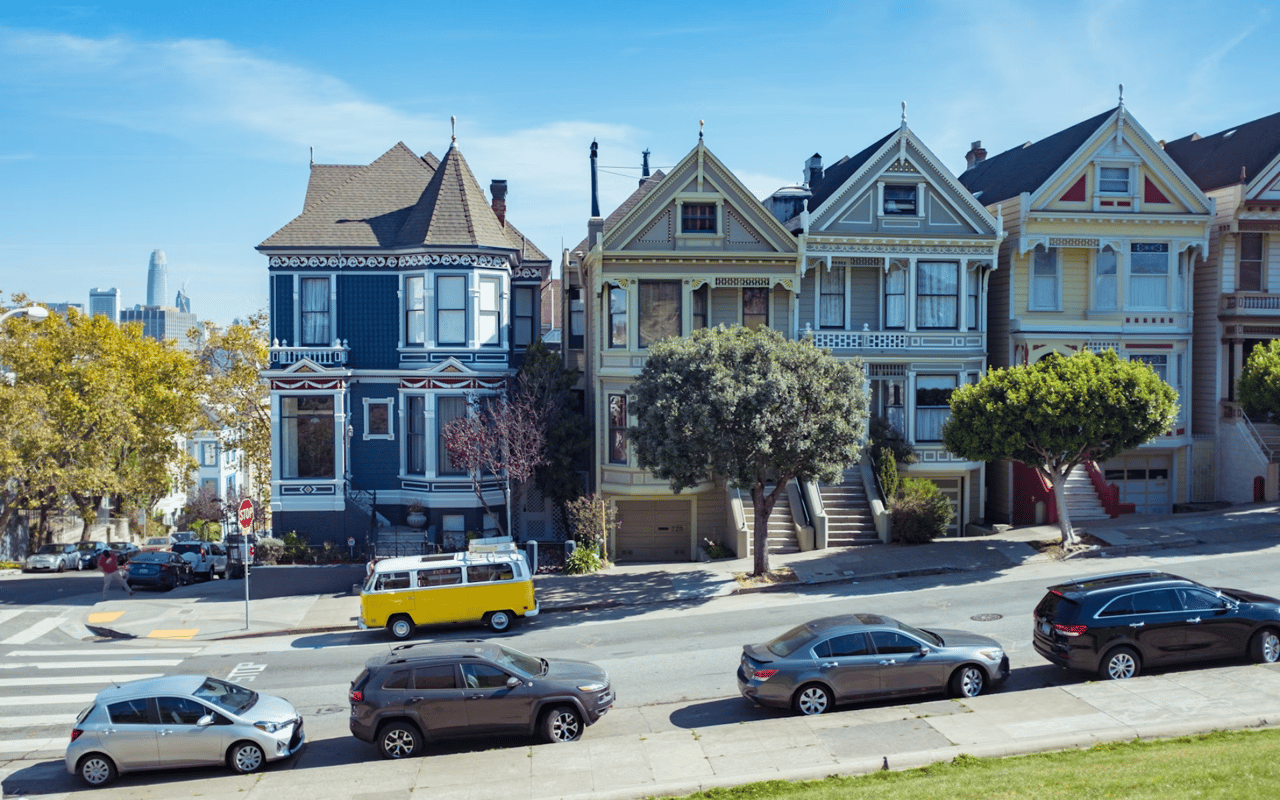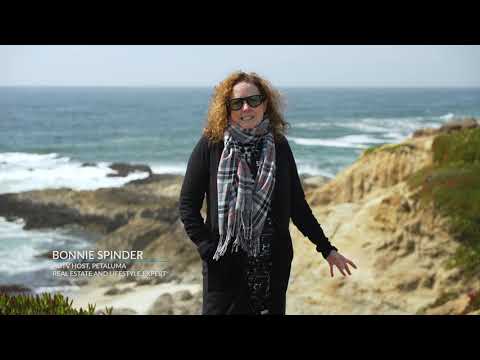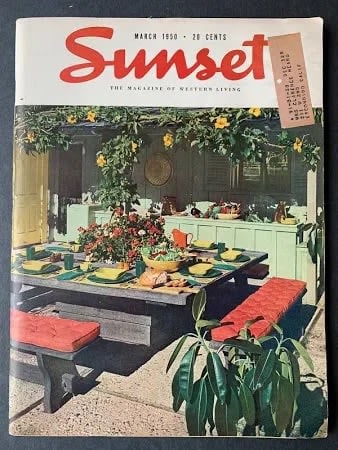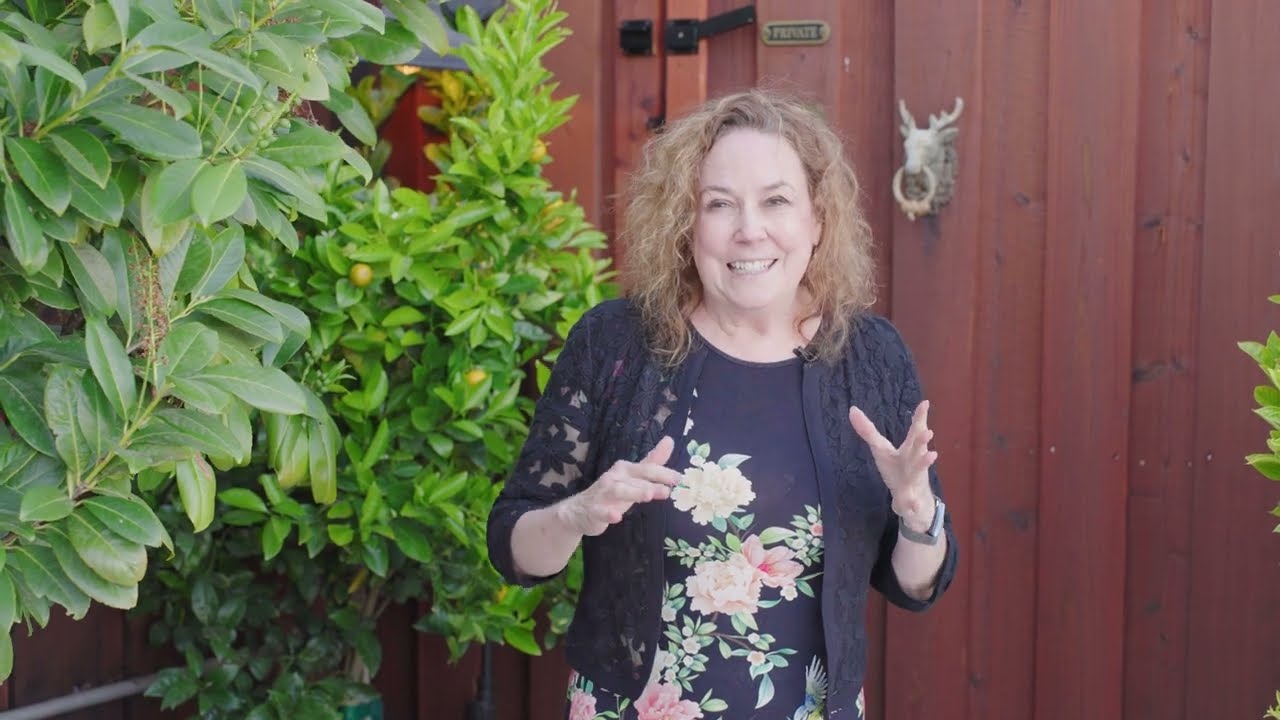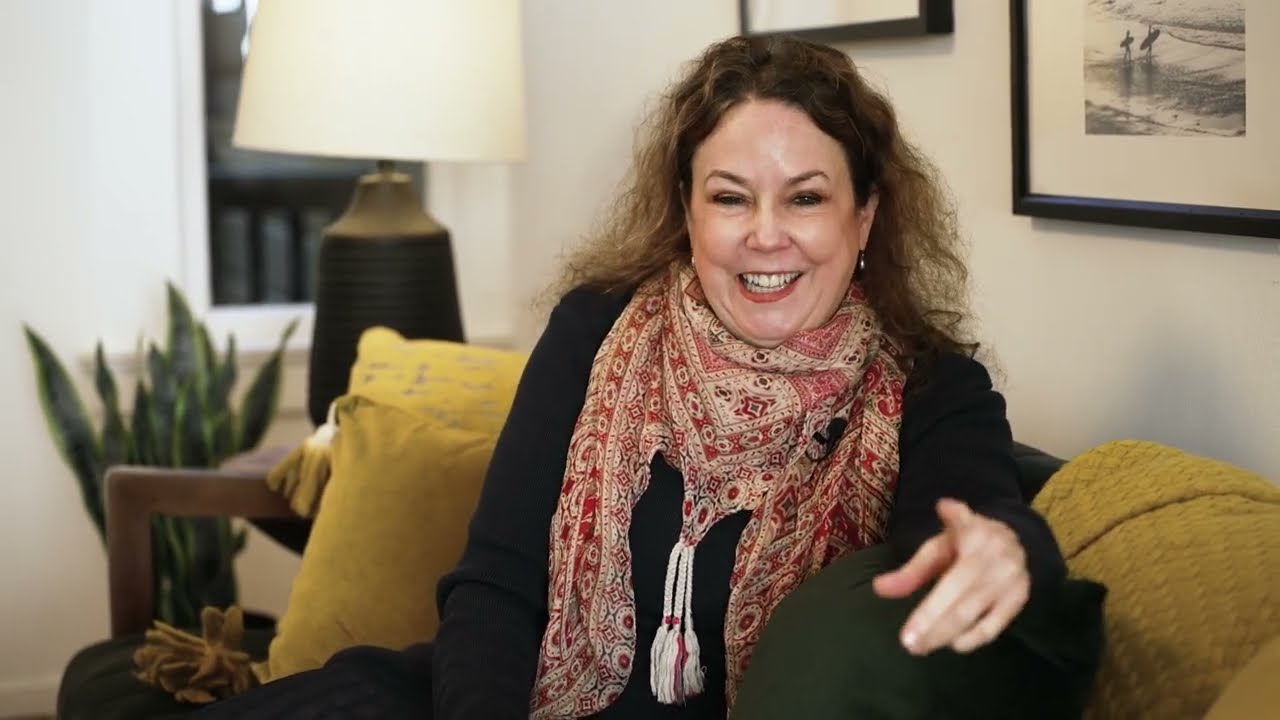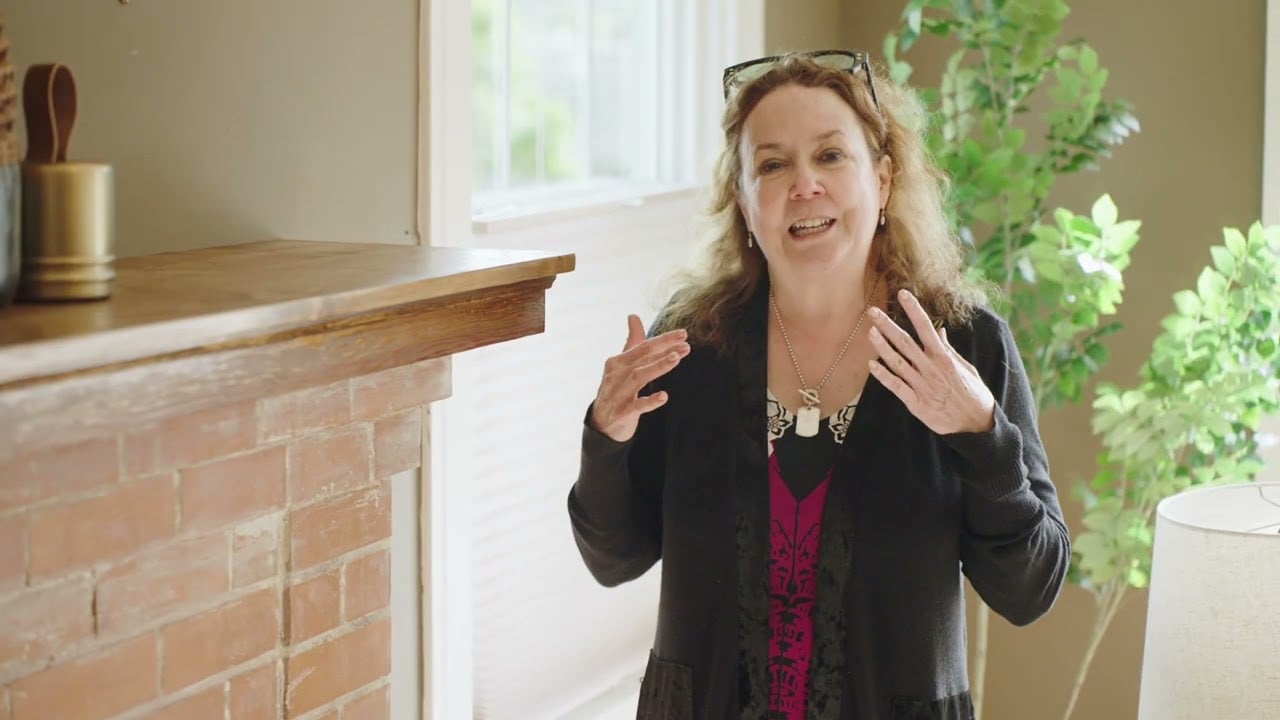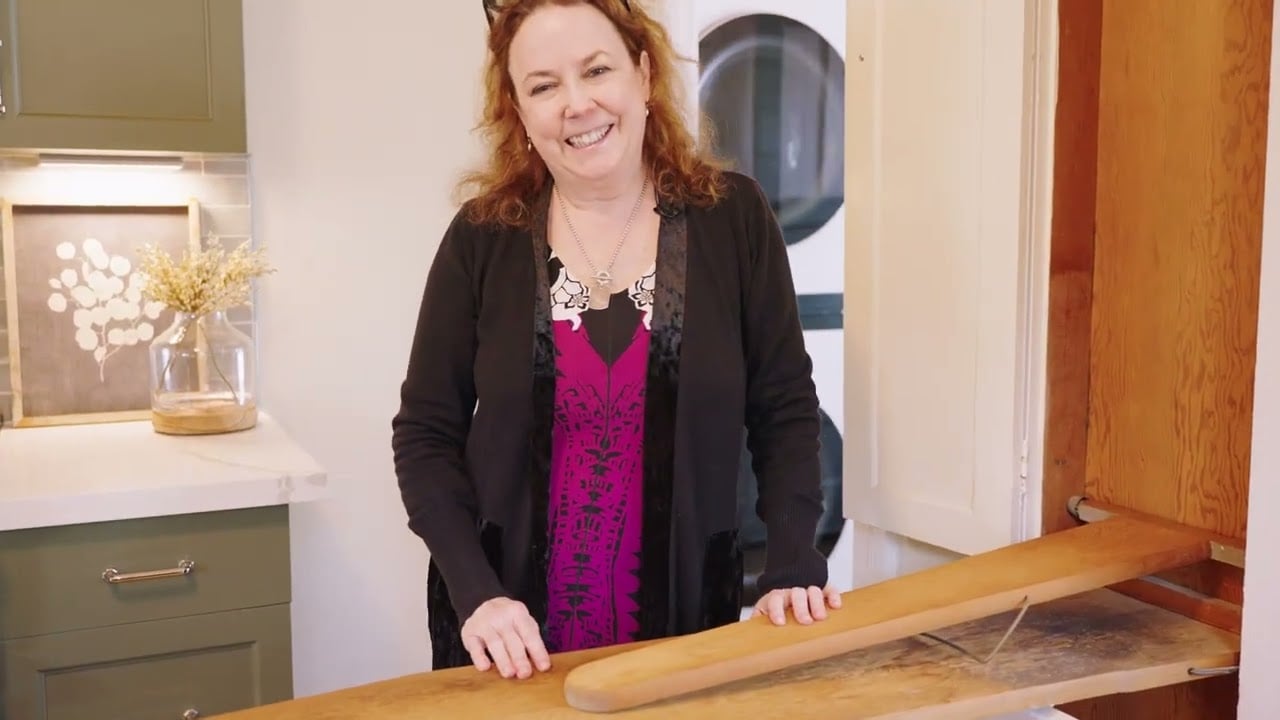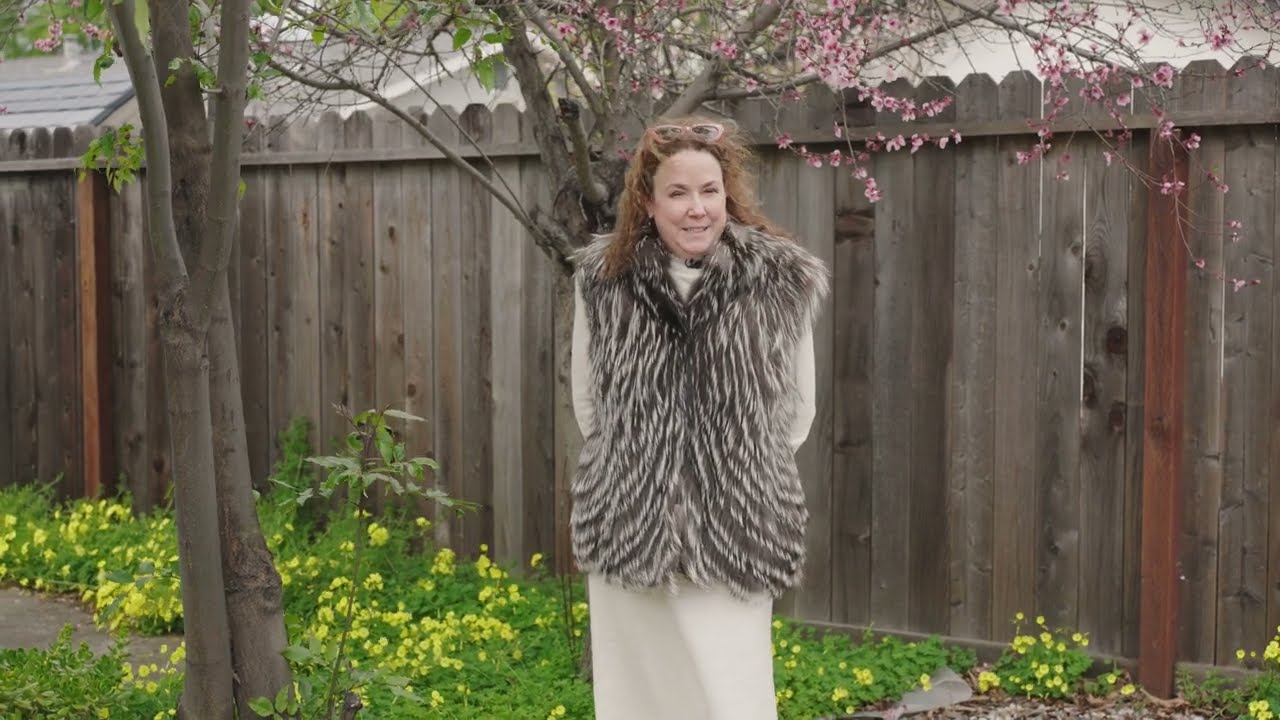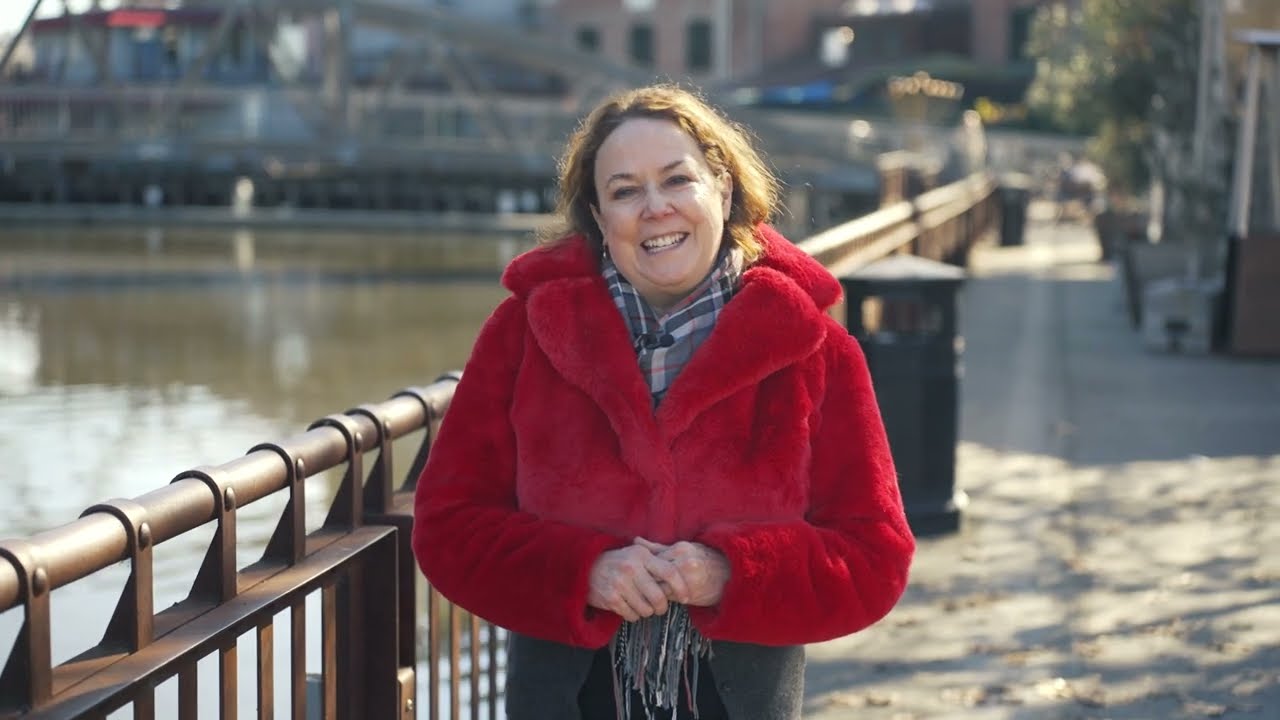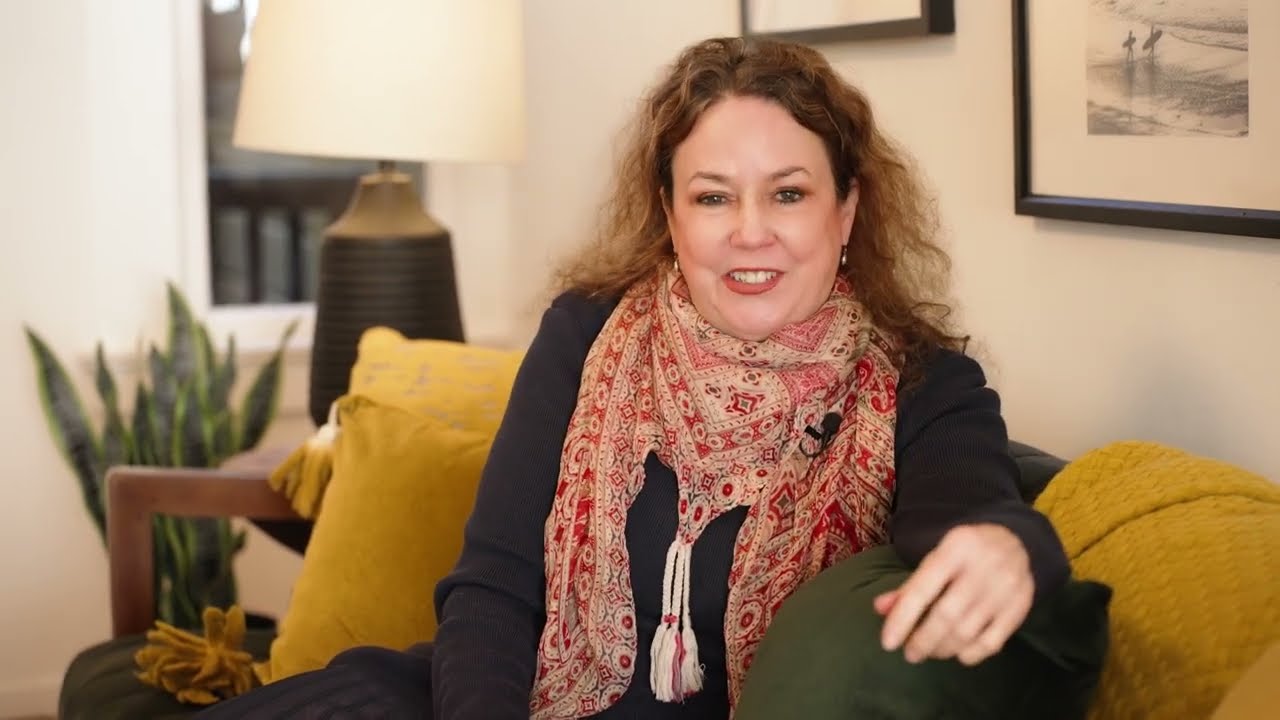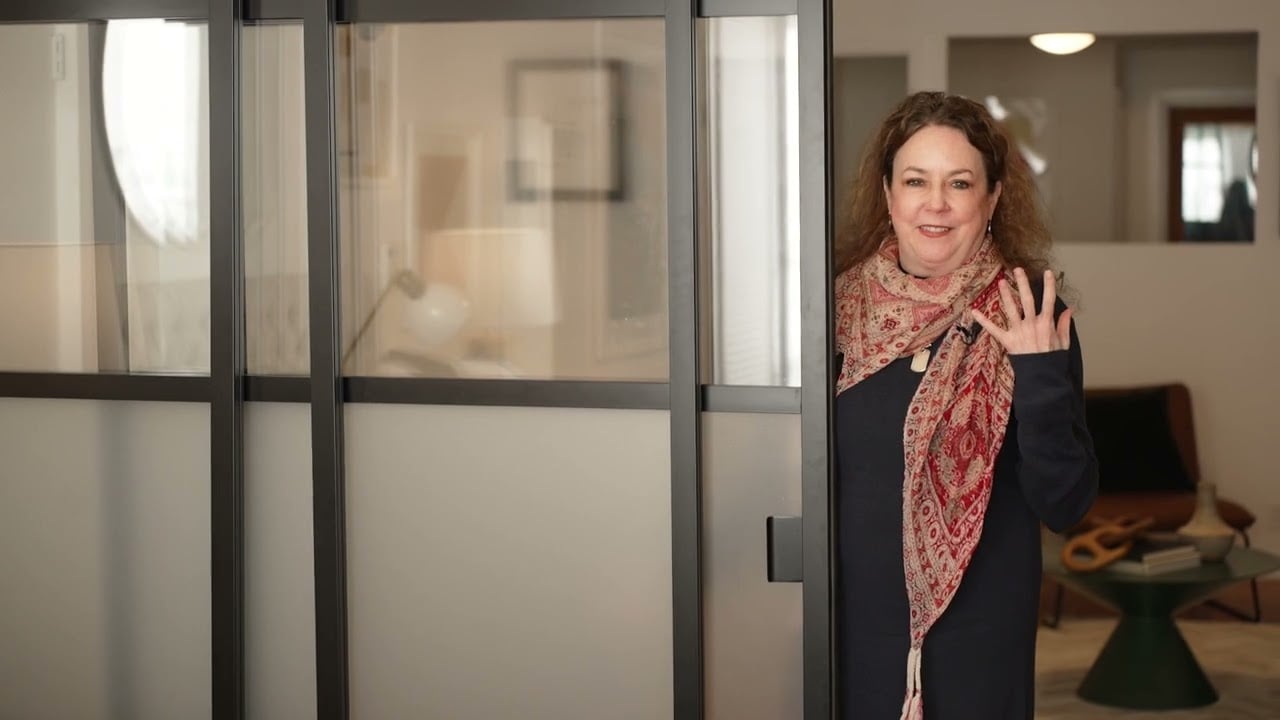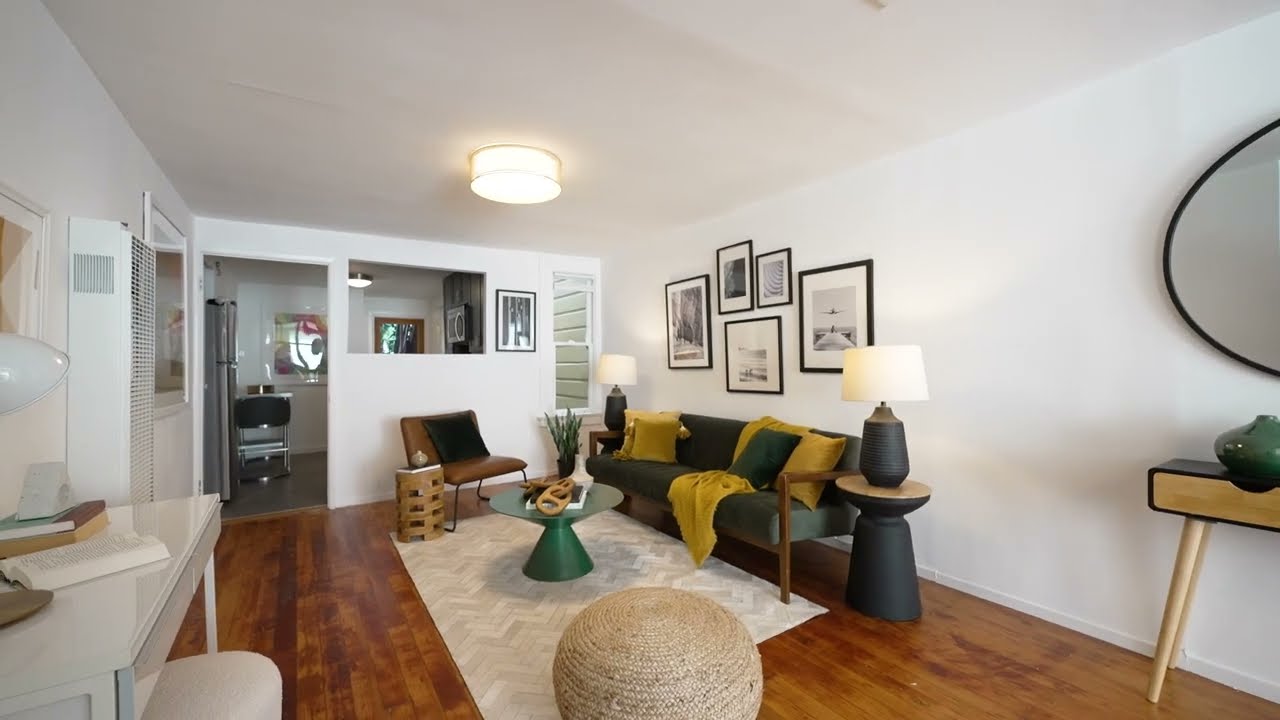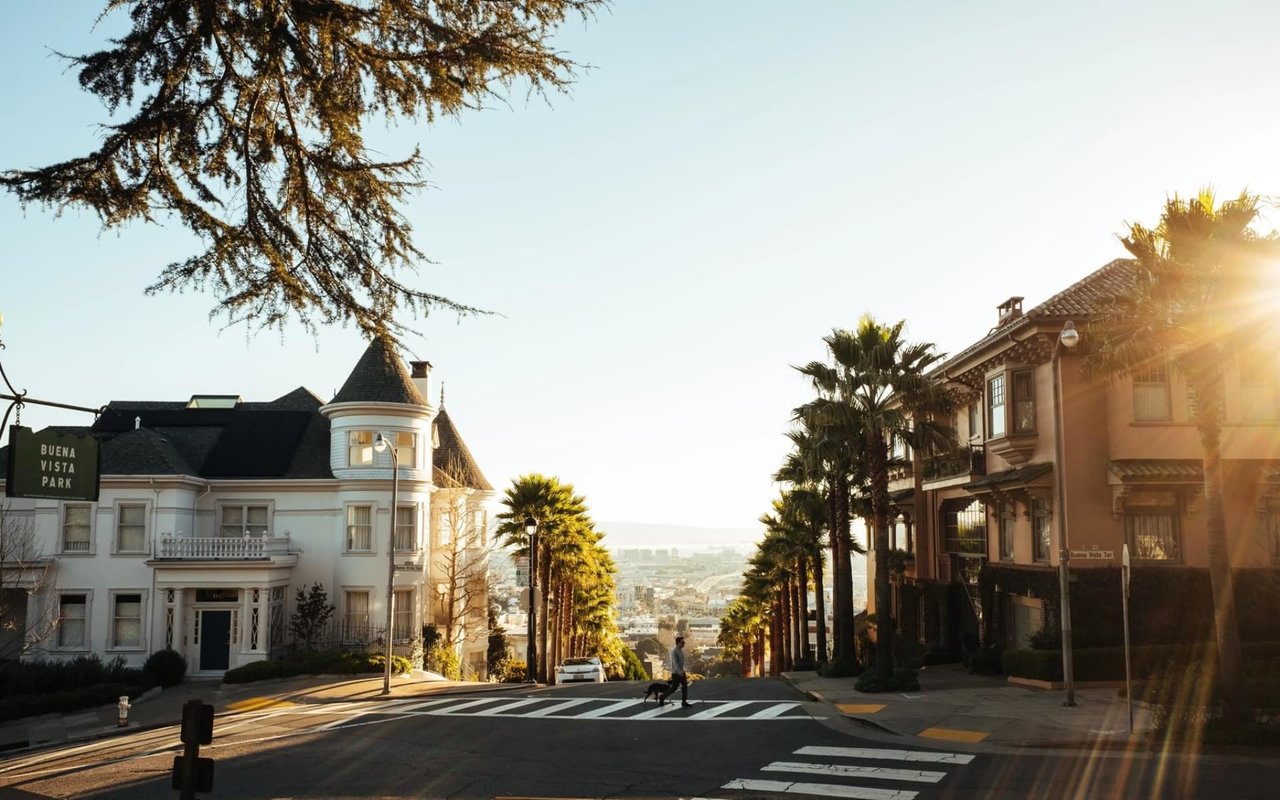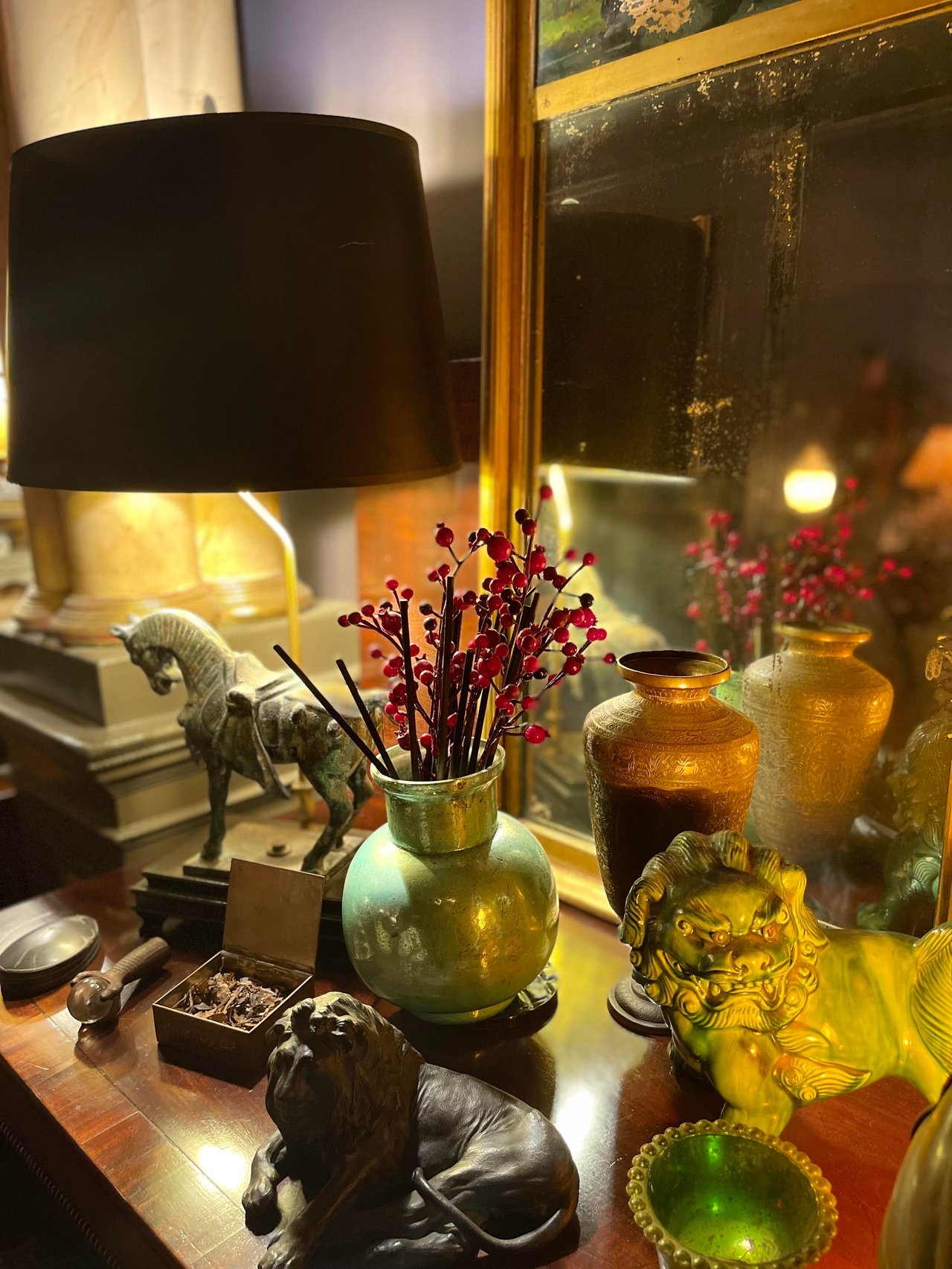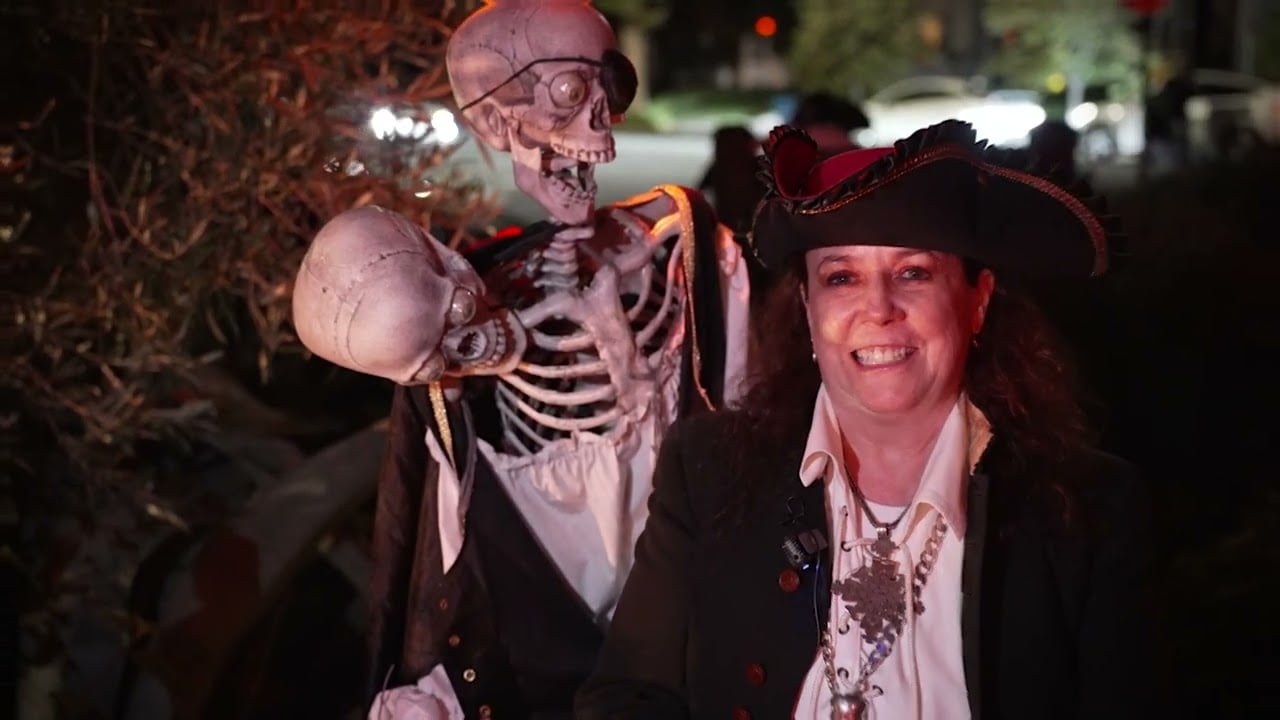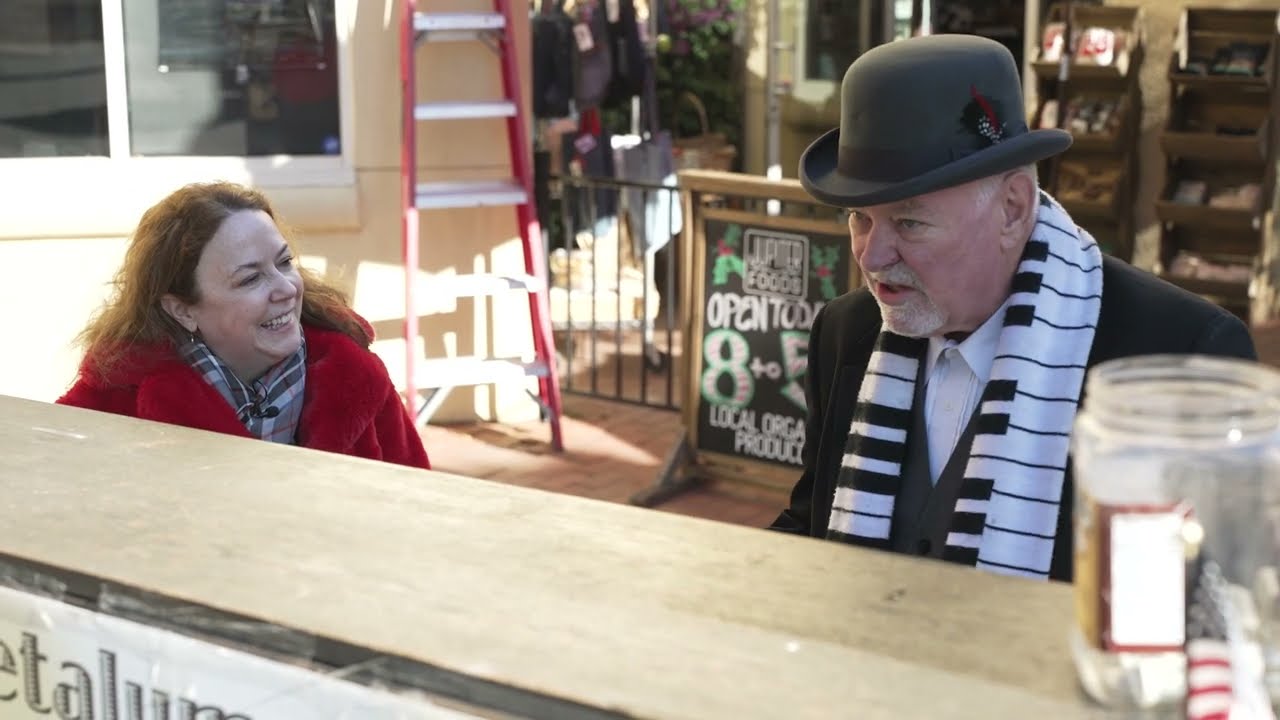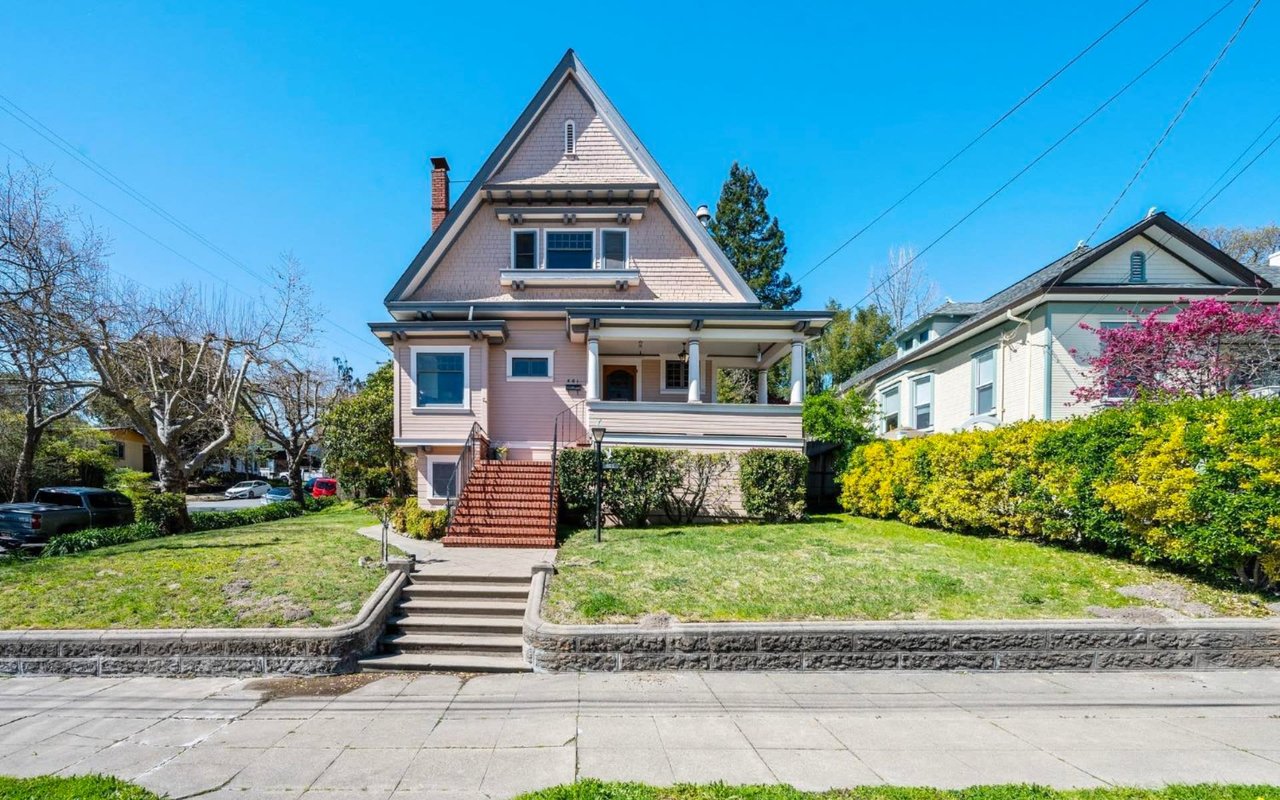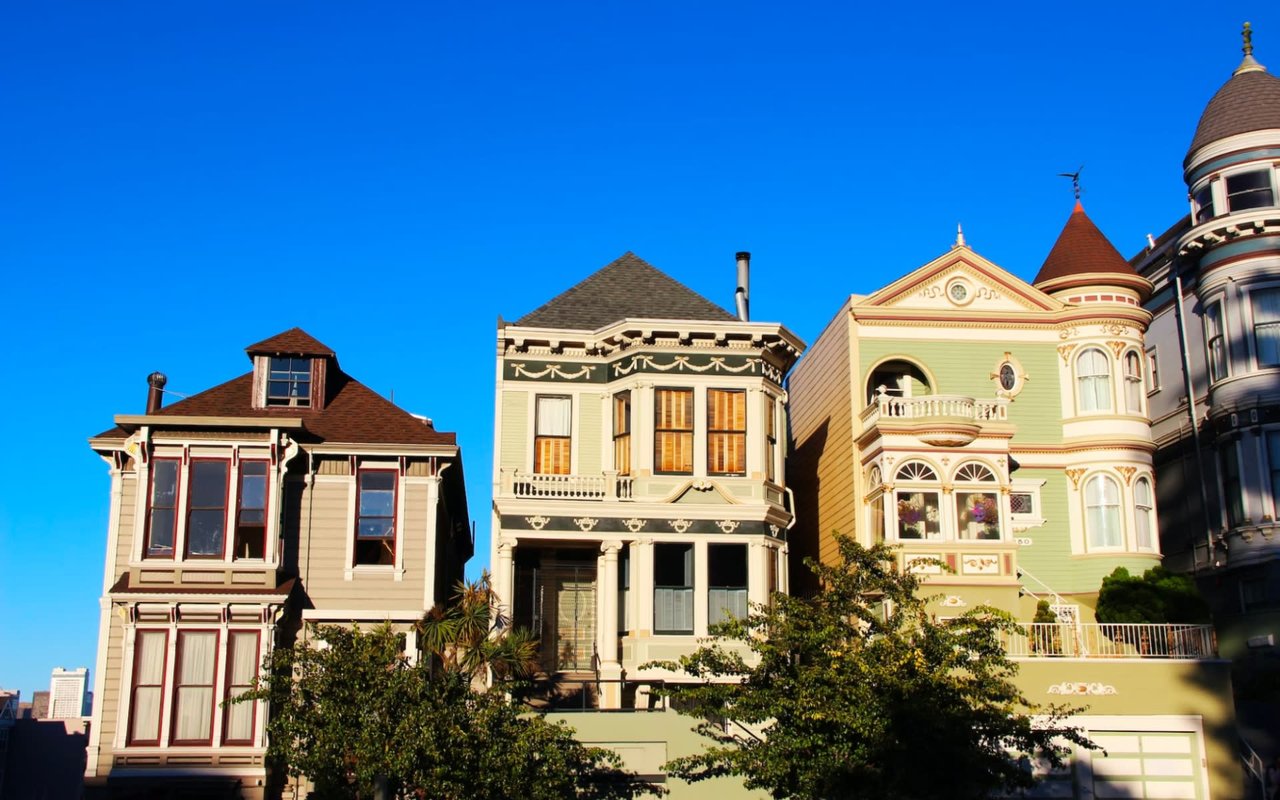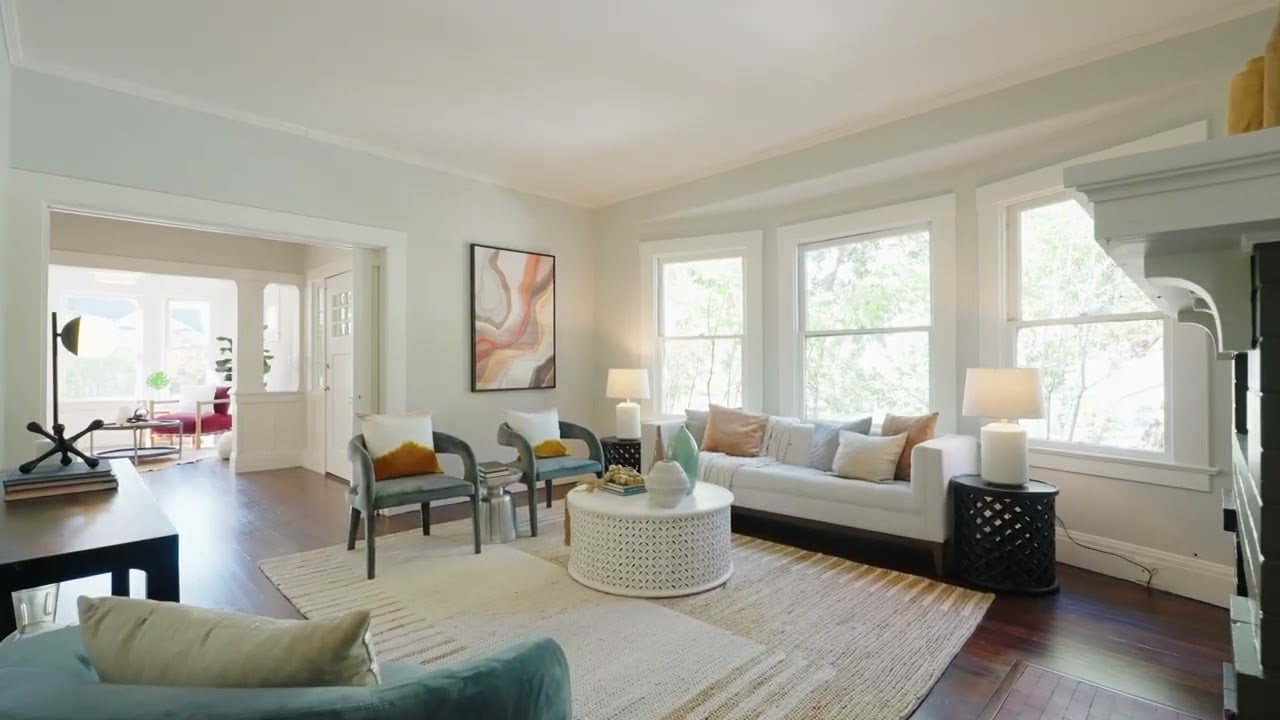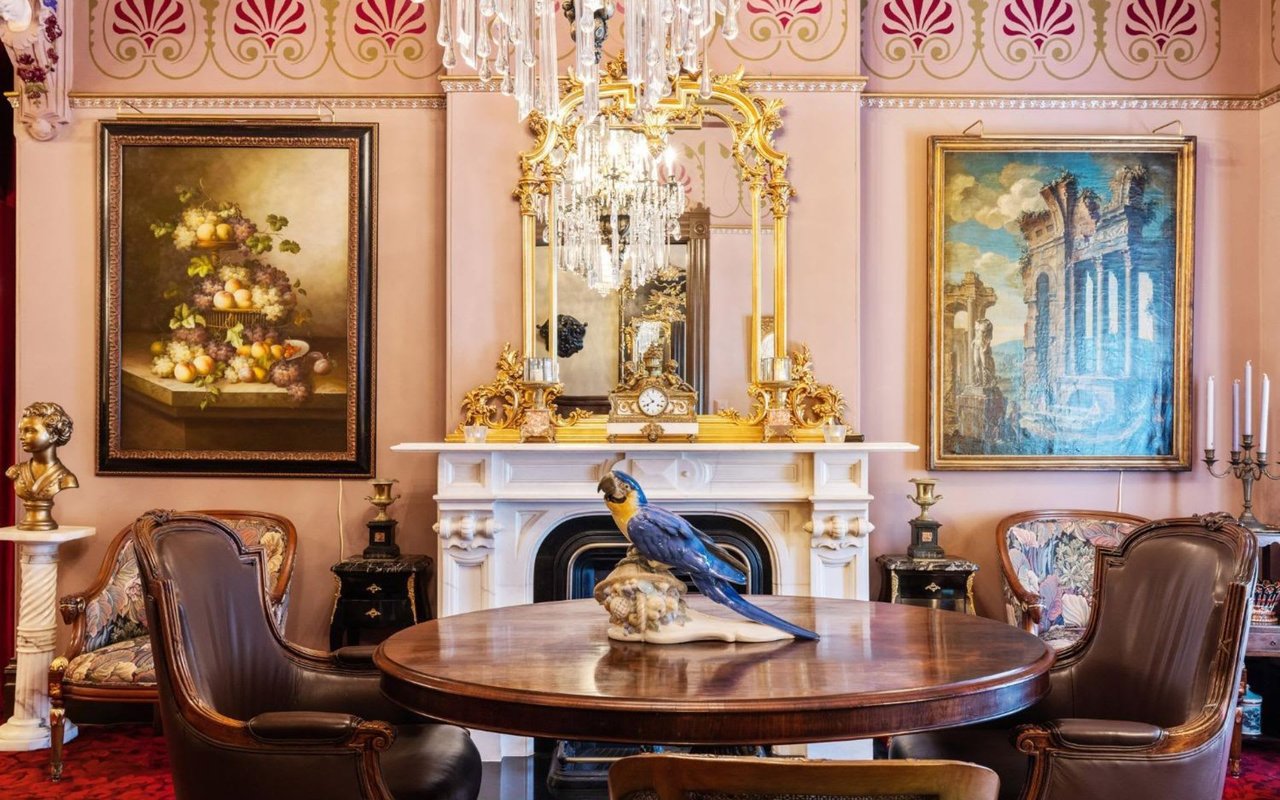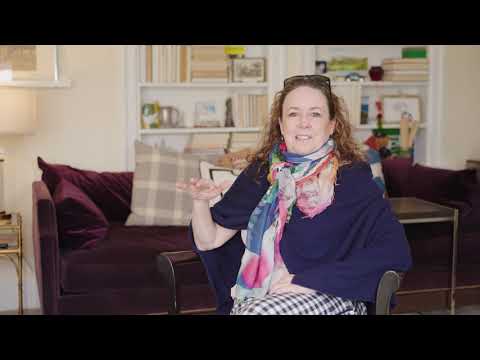San Francisco has inspired some of the best architects in history. The earthquake and fire in 1906 called for architectural designers, engineers, and builders to have all hands on deck to rebuild the city. They answered the call and rebuilt San Francisco back to glory. Some of the best architectural firms in the world are based in the Bay Area to this day. There are currently over 400 active architecture firms in the city. The American Institute of Architects, San Francisco Branch is one of the largest of their AIA Chapters in the country.
San Francisco is a world-class city that attracts some of the brightest minds in many different industries. You will see a variety of architectural styles in the city, but here are six of the most famous architects of the Bay Area.
Ernest Coxhead

The signature style of Ernest Coxhead shaped San Francisco real estate. He was an English gentleman, reserved and meticulous. Yet his architecture seems to say the exact opposite. His buildings are playful, quirky even. They have a medieval storybook charm that feels surprisingly modern. He blended the traditional English cottage with Roman columns and classical Renaissance features to create something entirely new.
The designs he built in the late 1800s and early 1900s are the earliest use of the open floor plan. Coxhead’s designs have expansive walls of windows with Gothic curves. His affection for redwood shows in the hollow ceiling beams and beveled panels. The exteriors of his homes are intriguing and look different on each side. He designed many homes in Pacific Heights and Presidio Heights. His style shaped the Bay Area Shingle that defines many East Bay neighborhoods.
Willis Polk
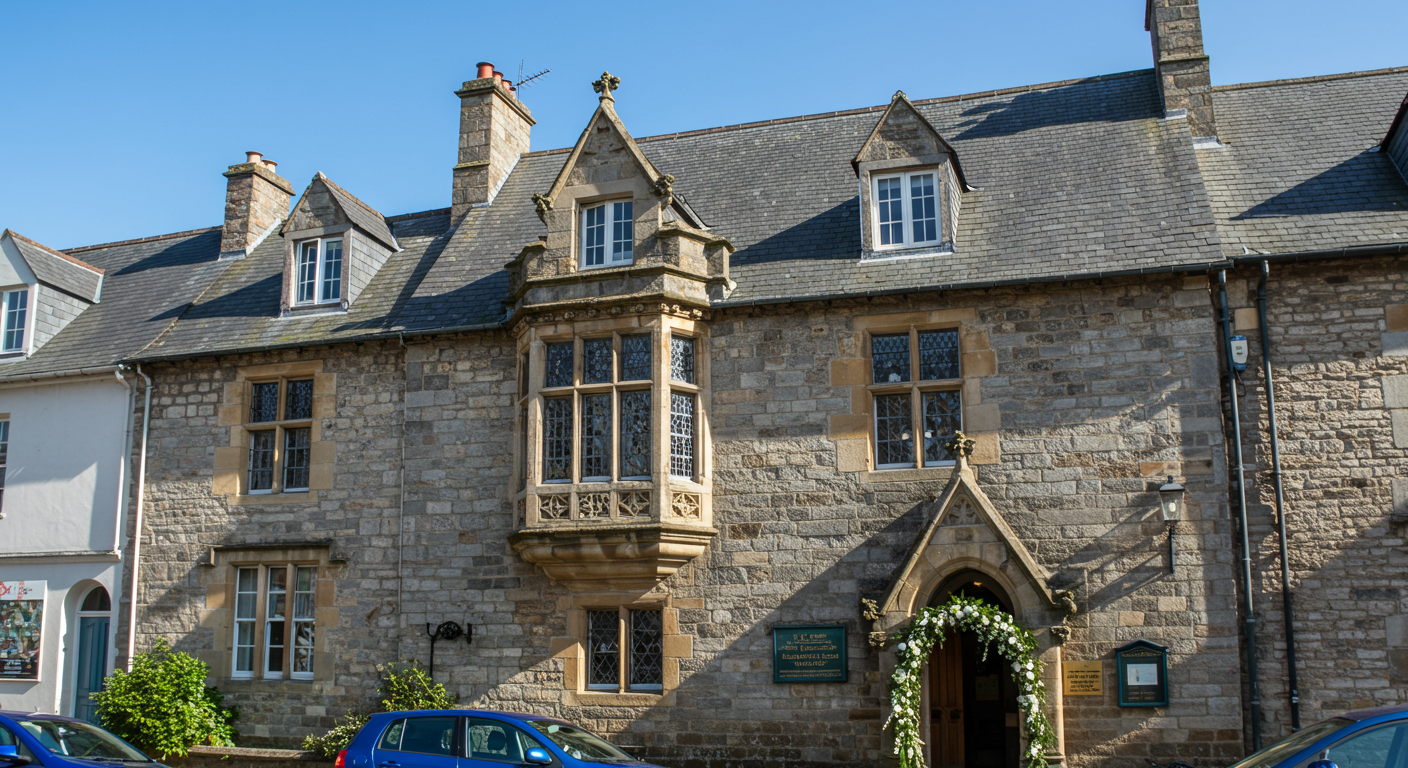
One of San Francisco’s most influential urban planners in the early 1900s was Willis Polk. He started Daniel Burnham’s San Francisco office, and they built the tallest building at the time, the 1903 Merchants Exchange Building. Then, to outdo himself, he topped that achievement with the 1914 Hobart Building.
Polk was part of Mayor Eugene Schmitz’s Committee of Fifty, who was given the responsibility of rebuilding San Francisco after the earthquake. He restored the Mission Dolores and became the chair of the Architectural planning committee for the 1915 Panama-Pacific International Exposition. His design for the Hallidie Building in 1917 was the first to feature a glass curtain façade, the precursor to the modern skyscraper and likewise the condominium complexes in current San Francisco, CA homes for sale.
Julia Morgan
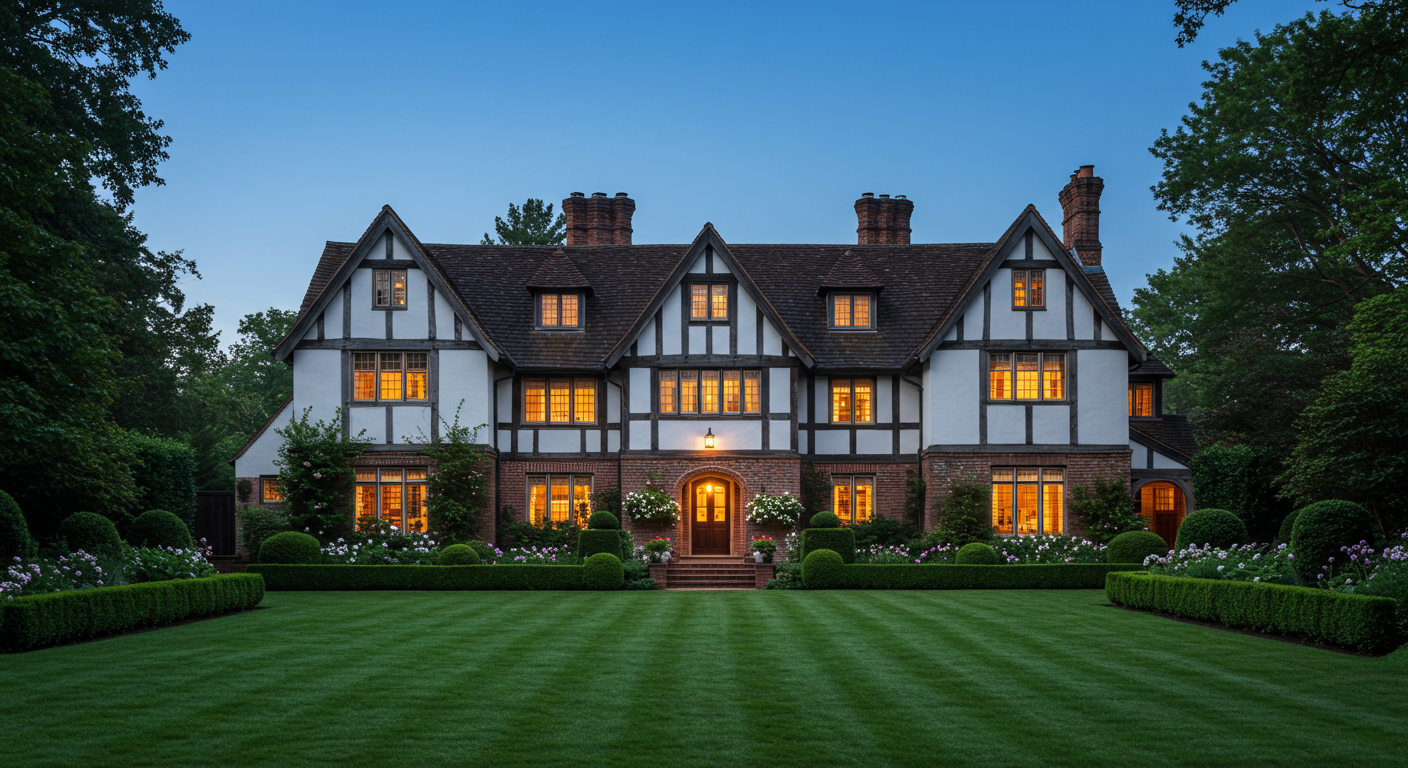
Julia Morgan was a pioneer for women in the field of architecture. She was the University of California, Berkeley's first female engineering major and the first woman to pass the architecture entrance exam. She is the first female graduate of the École National Supérieure des Beaux-Arts and the first licensed female architect in California. She was also the first woman to receive the American Institute of Architects’ Gold Medal. She designed over 700 buildings, including the Hearst Castle.
Morgan’s use of concrete, combined with her engineering and architectural skills, led to the groundbreaking design of the first freestanding structure, El Campanil. When the 72-foot building was one of the few to survive the earthquake unscathed, she was commissioned to help rebuild the city. The San Francisco, CA real estate she designed is primarily in the Berkeley and Oakland hills area. Her homes emphasize comfort with rooms designed for specific family activities and are still being used today.
Lawrence Halprin
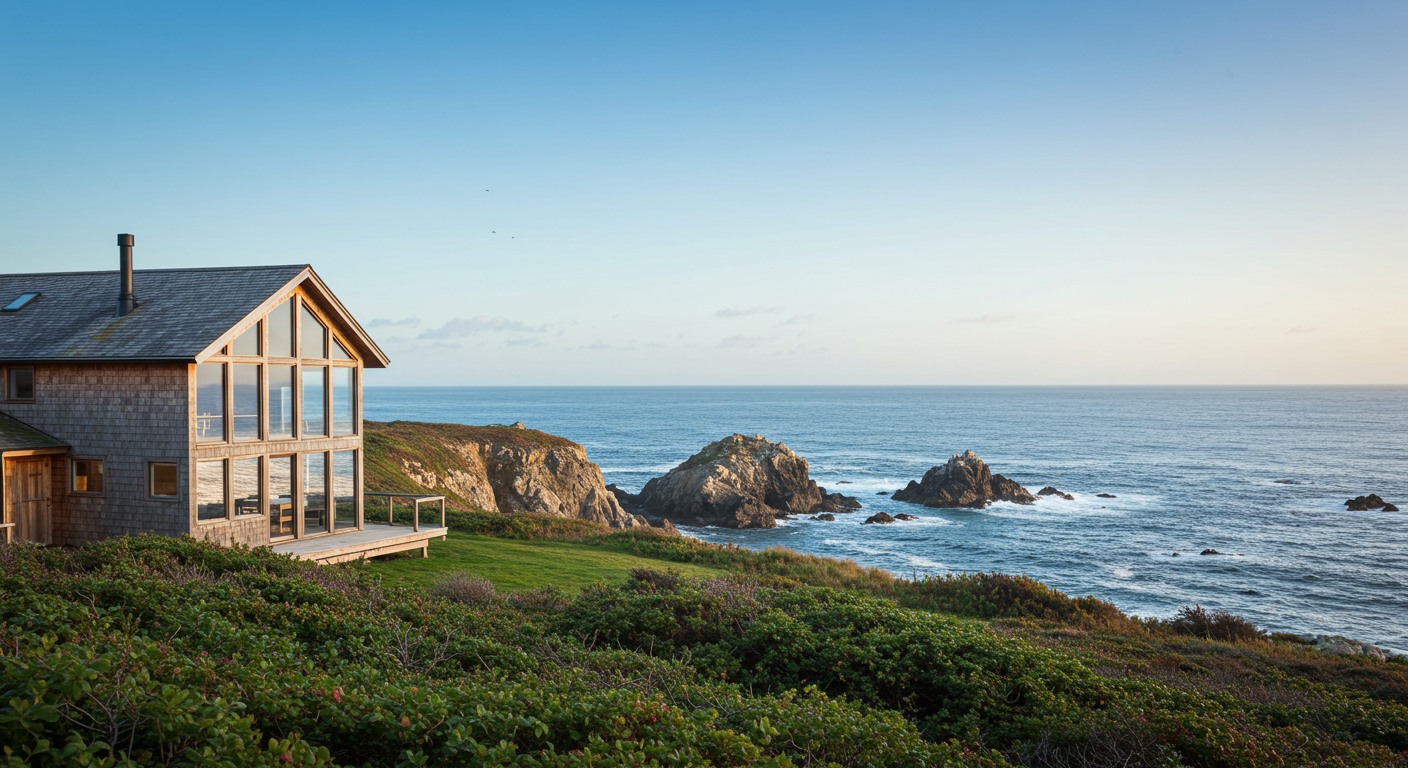
Along with his wife, Lawrence Halprin created the RSVP Cycles, a system of creative methodology for collaboration. RSVP stands for resources, score, valuation, and performance. It elaborates on the relationship between people and their environment and exemplifies how we use our spaces. The result is architecture focused on human scale and the user experience while paying keen attention to its social impact. His designs addressed environmental concerns.
Halprin designed the Sea Ranch Community in Sonoma County, a community where the homes and other structures are built to conform to the environment. The goal of the community is to “live lightly on the land.” Halprin, possibly thanks to his wife, who was a professional dancer, realized that designing in nature requires “vision in motion.” It is a concept still being used for building sustainable San Francisco, CA homes for sale.
William H. Weeks
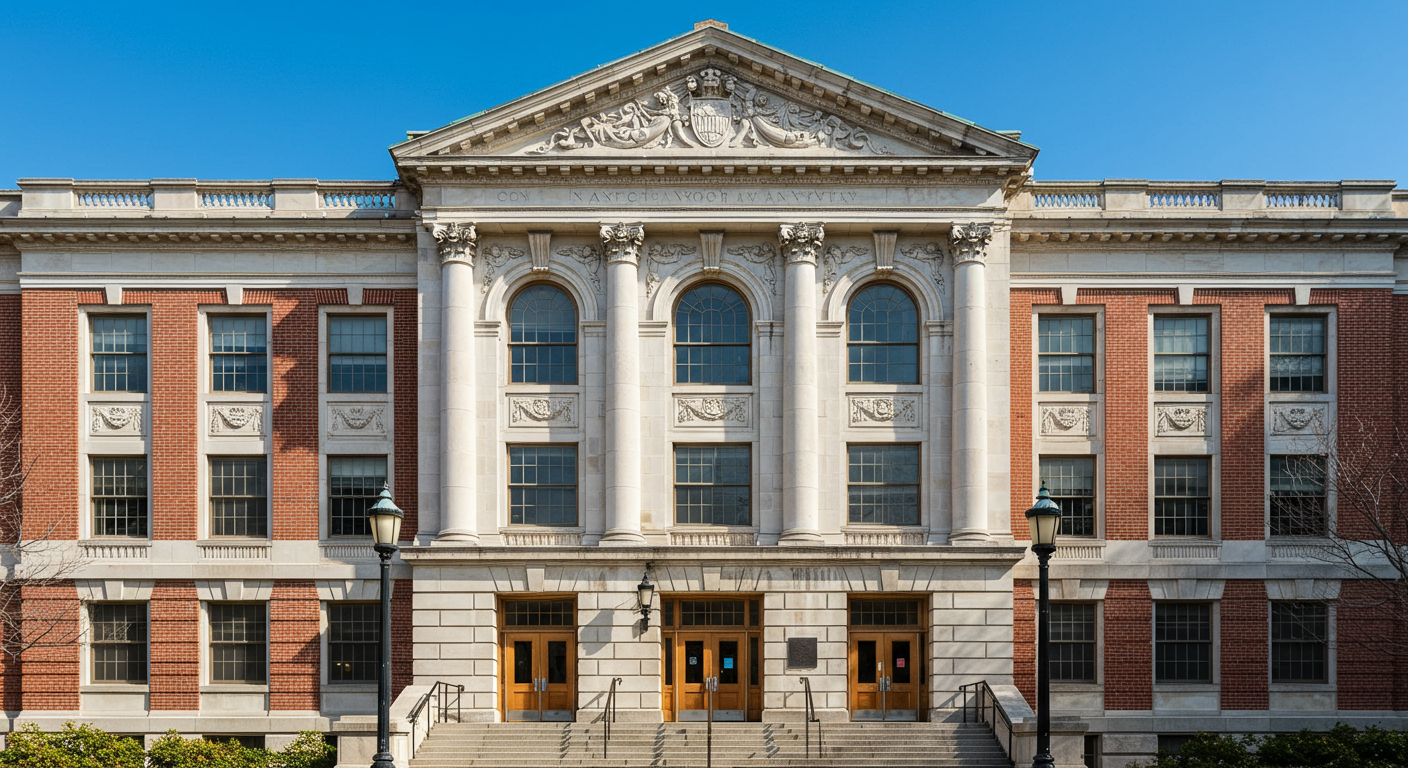
William Henry Weeks designed in many different architectural styles, but he was known for his Greek Revival neoclassical style of architecture. These are large buildings with predominant columns reminiscent of ancient Grecian columns. He was based in the San Francisco Bay area in the early 1900s and was an instrumental part of rebuilding San Francisco after the 1906 earthquake.
Weeks’ designs are found in 161 Californian cities, and many are still being used. Some are simple, like a wooden footbridge over the Pajaro River. Others are flamboyant, like the Paso Robles Bath House. He designed a few homes in the San Francisco, CA real estate market. Most of his buildings, though, are in his signature Greek Revival neoclassical style, as seen in the string of Carnegie Libraries he built.
Bernard Maybeck

Bernard Maybeck was a geometry instructor at the University of California, Berkeley, but he taught architecture courses on the side in his home. Julie Morgan was one of his students. In 1902, he opened his San Francisco architecture office. He liked to experiment with unusual materials, like cement and industrial steel. Those may seem common now because you will see them in many San Francisco, CA homes for sale, but they were not used back then.
Maybeck tried to create fireproof materials with cement. He built residential homes and commercial buildings such as the Panama Pacific International Exposition Palace of Fine Arts. He also designed churches, such as the First Church of Christ. He influenced future architects as well as modern design.
Looking for San Francisco, CA real estate?
If you are interested in being the next steward of an historic building in the Bay Area, Bonnie Spindler is a Victorian Specialist who has helped her clients realize the full potential of their homes. Contact Bonnie today.
